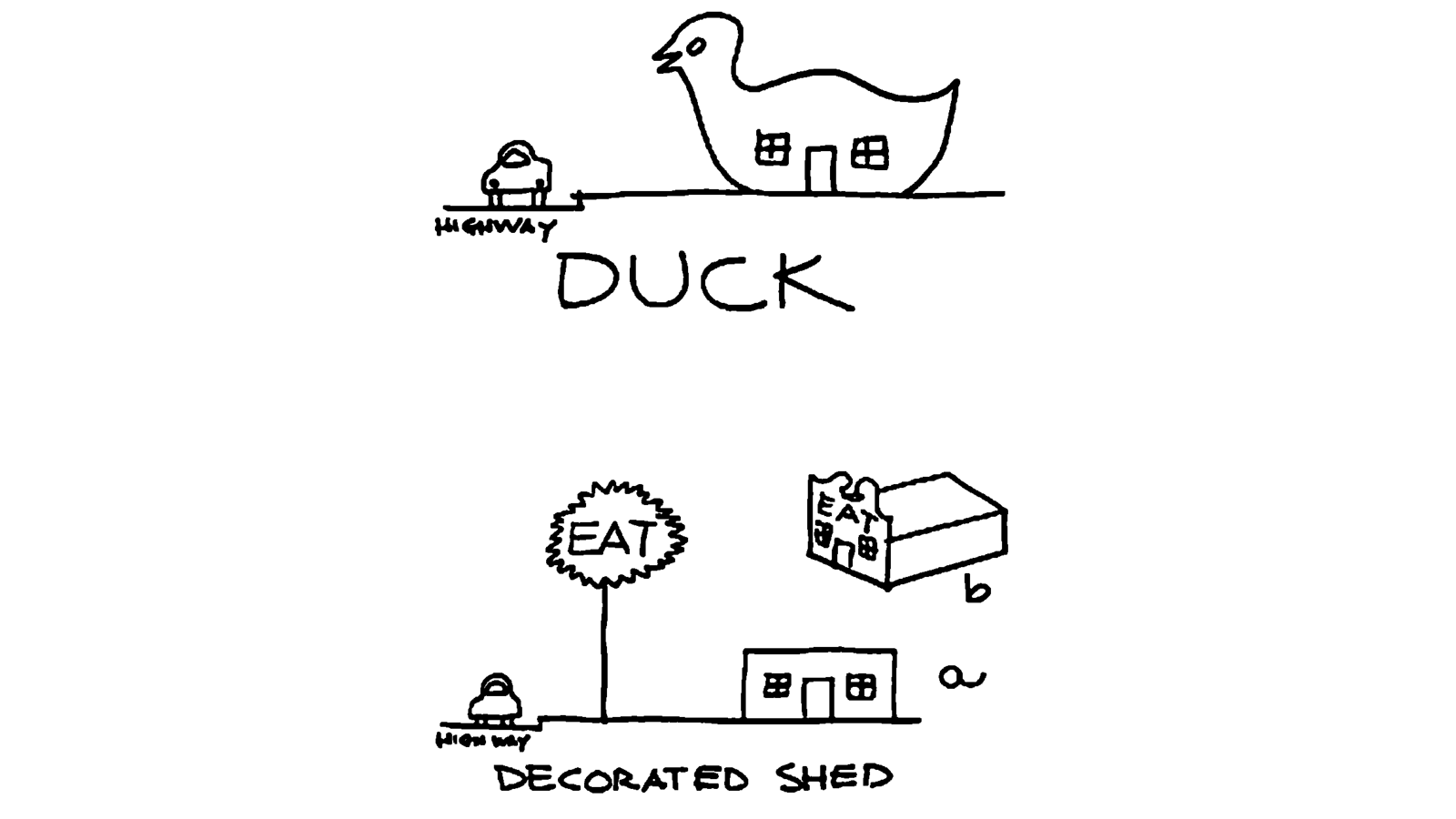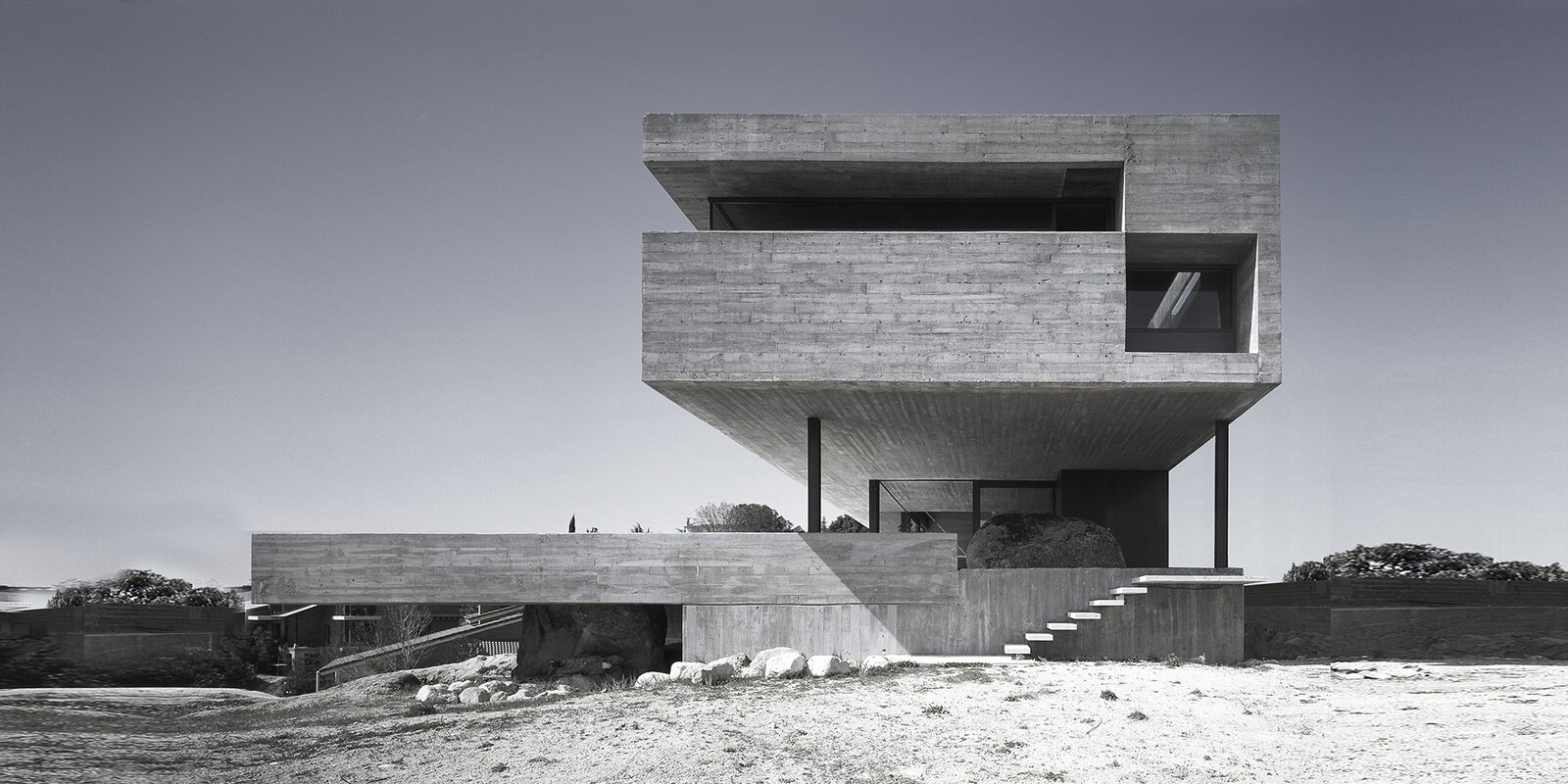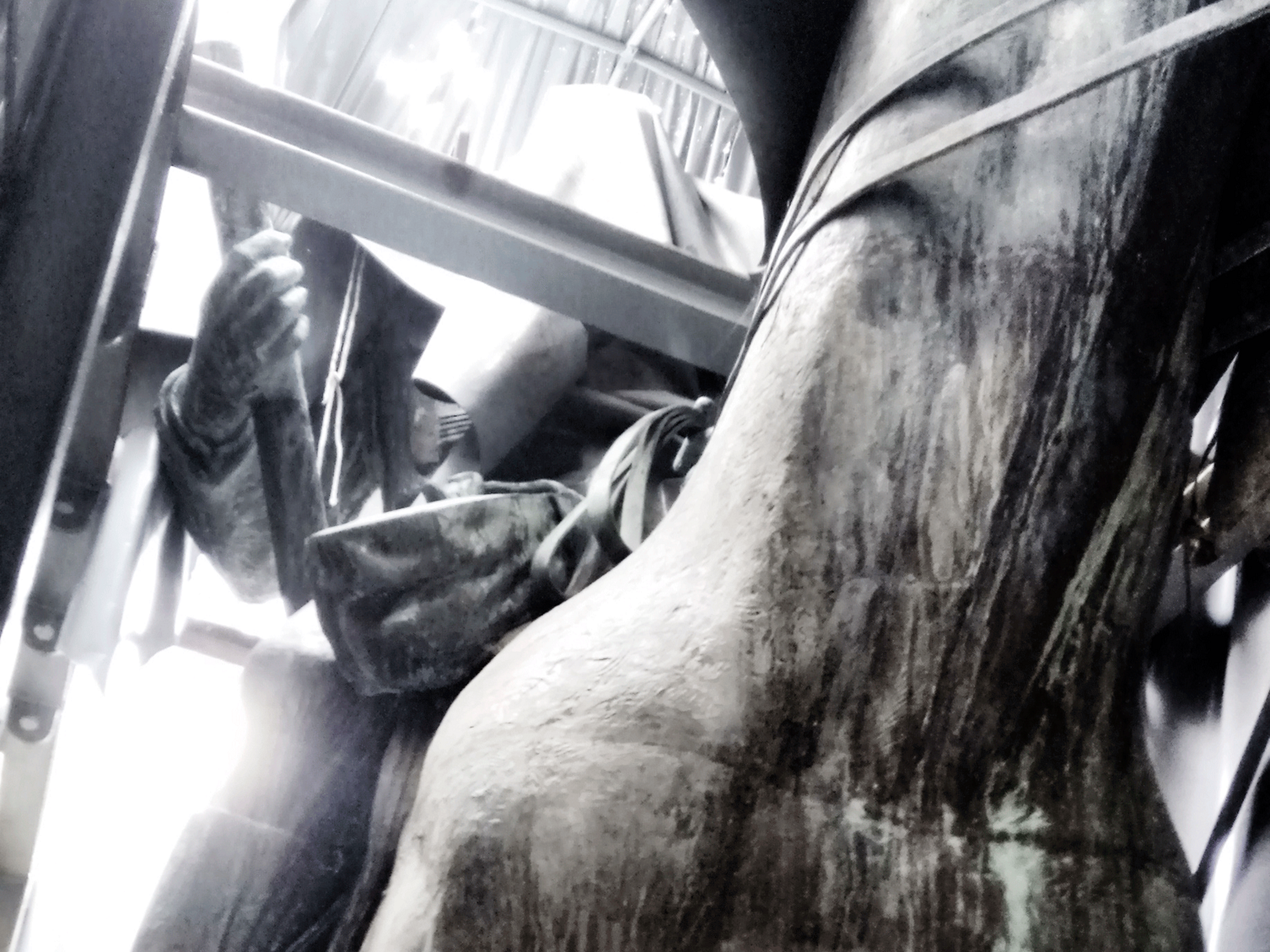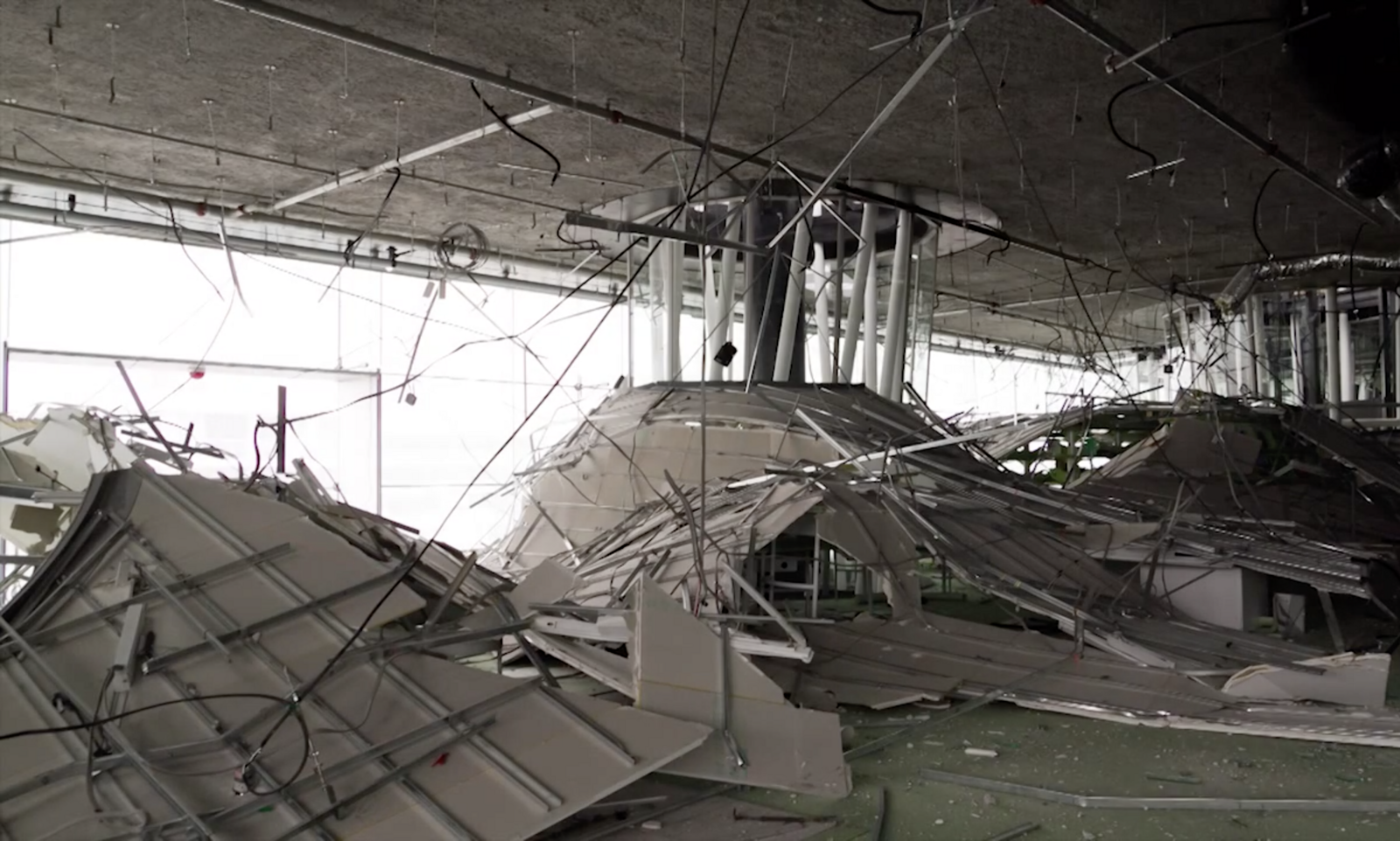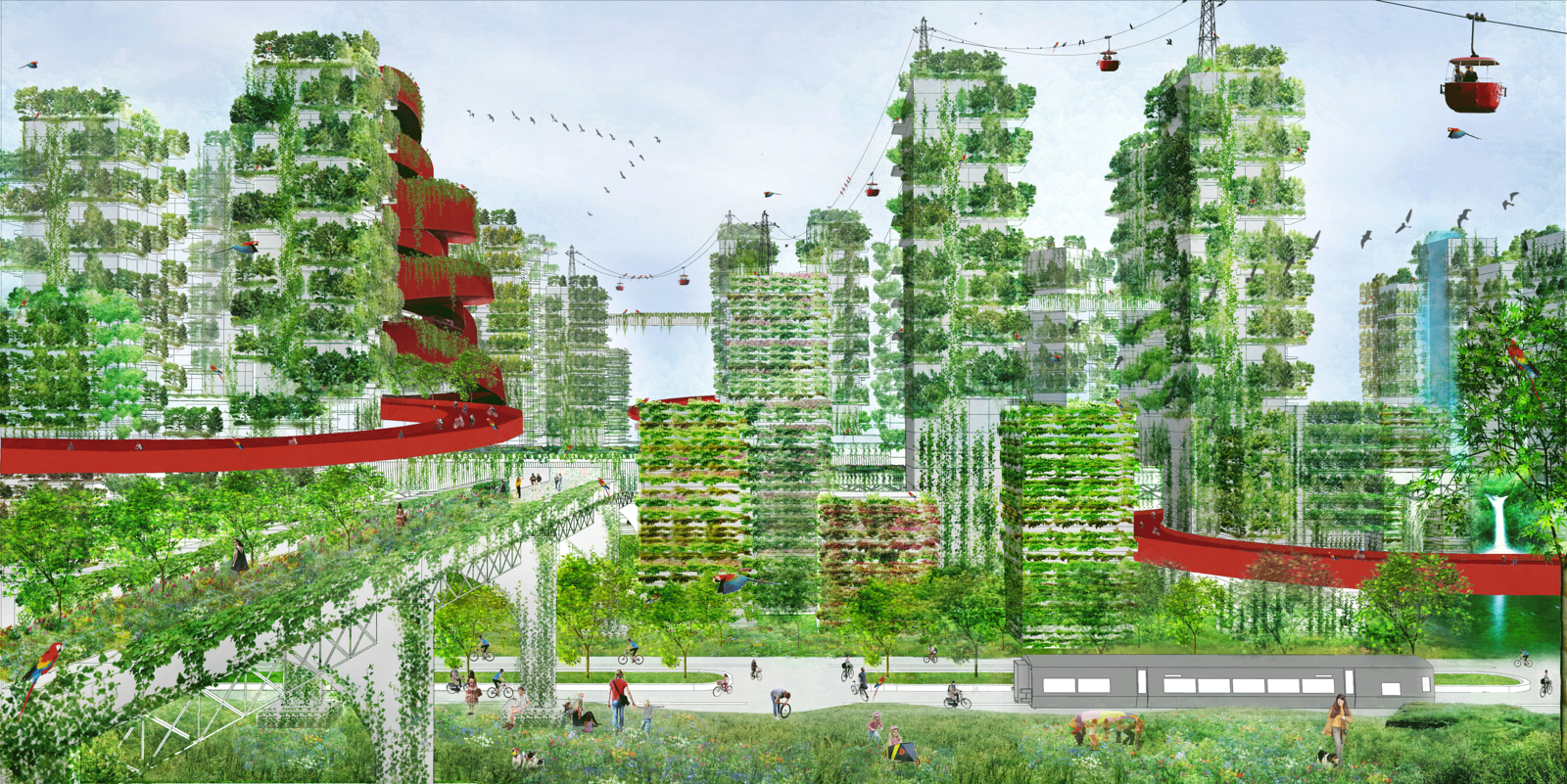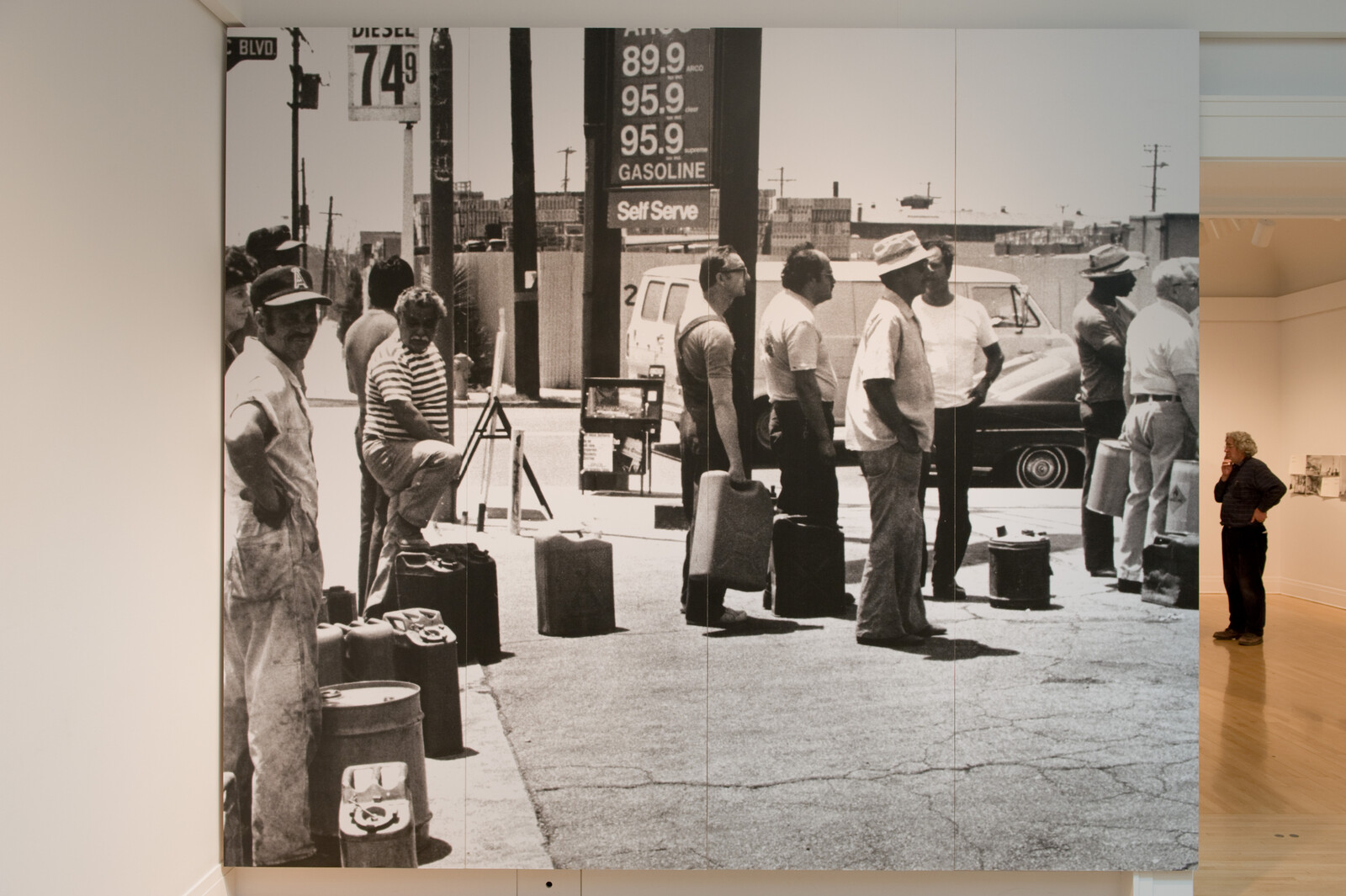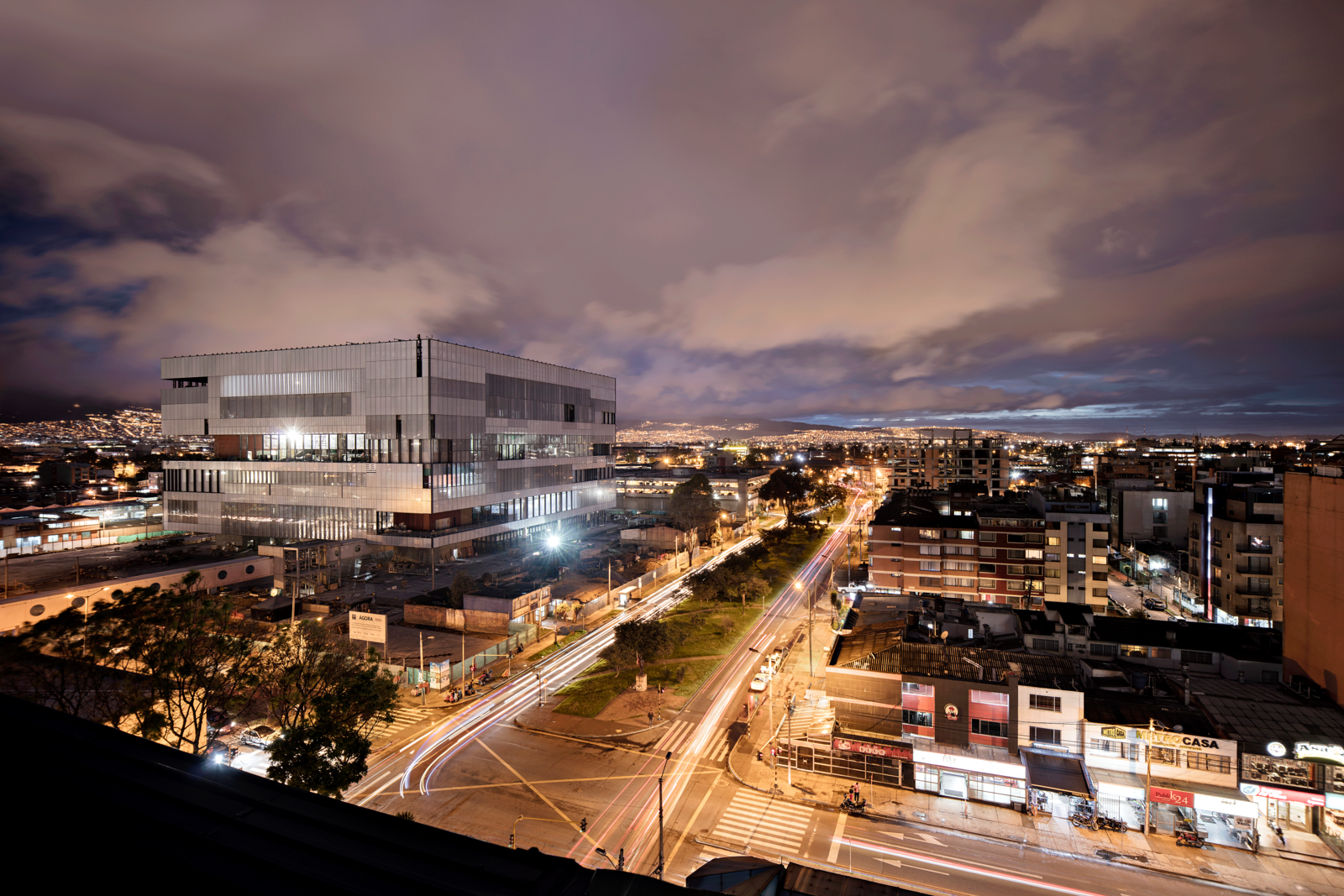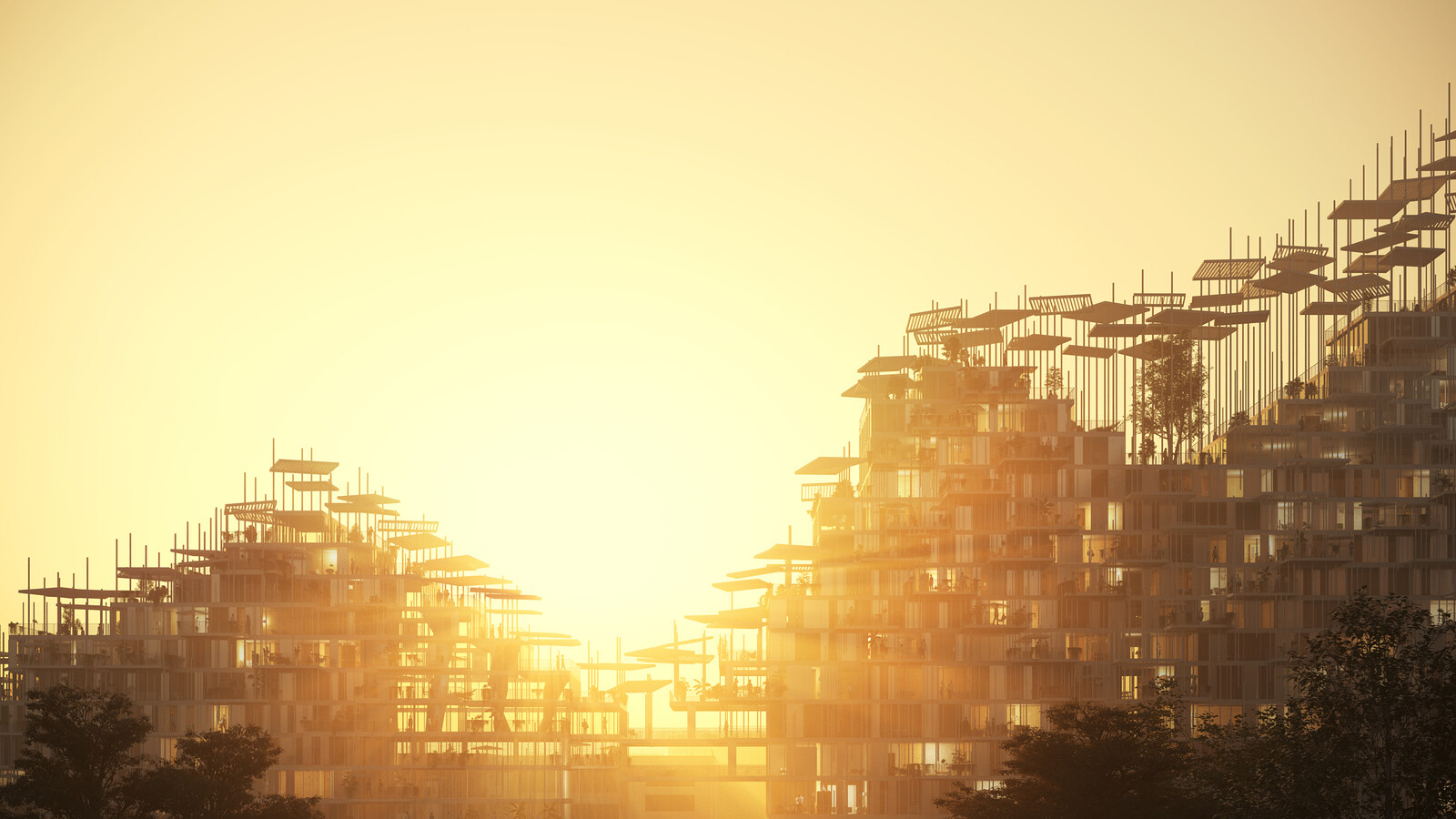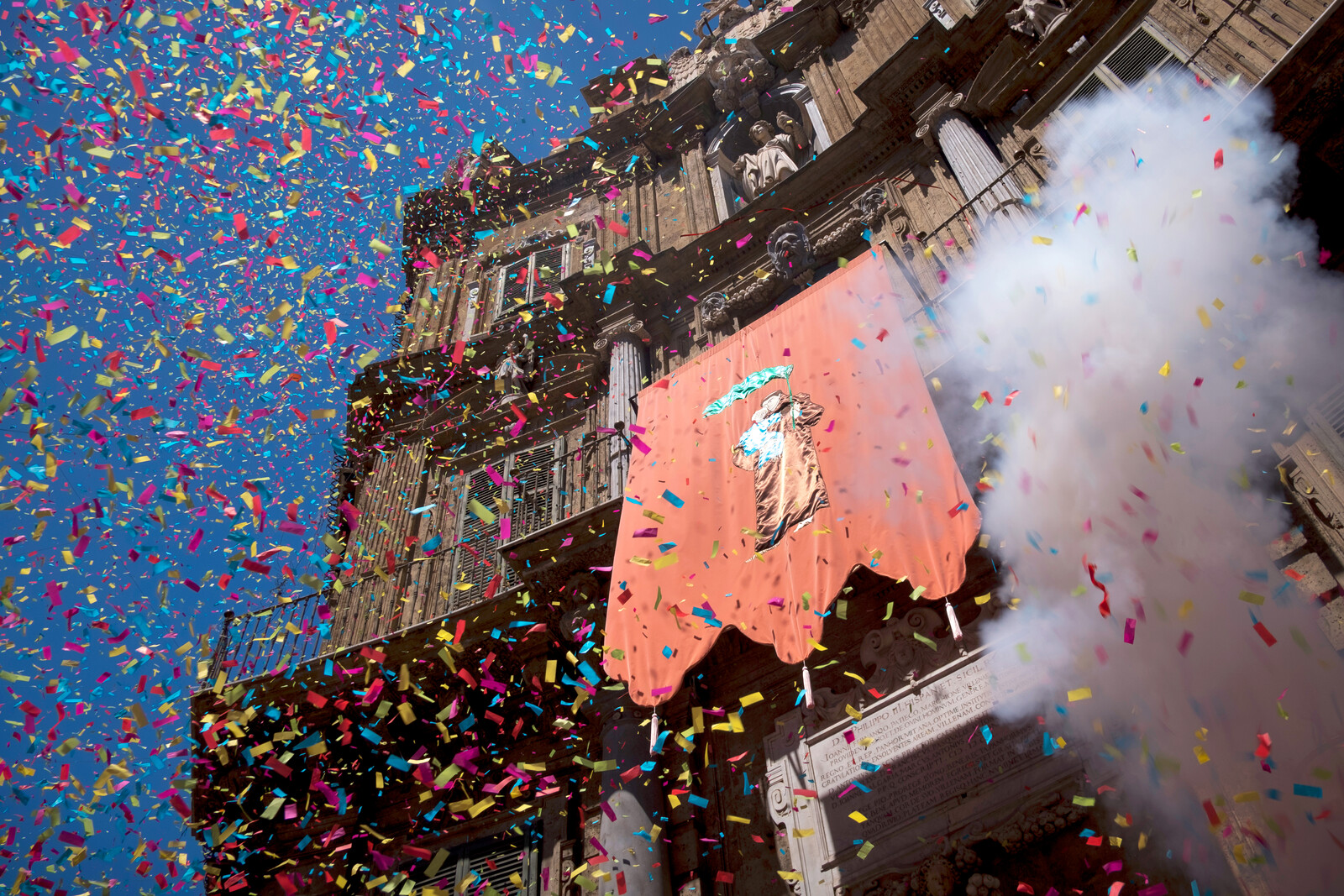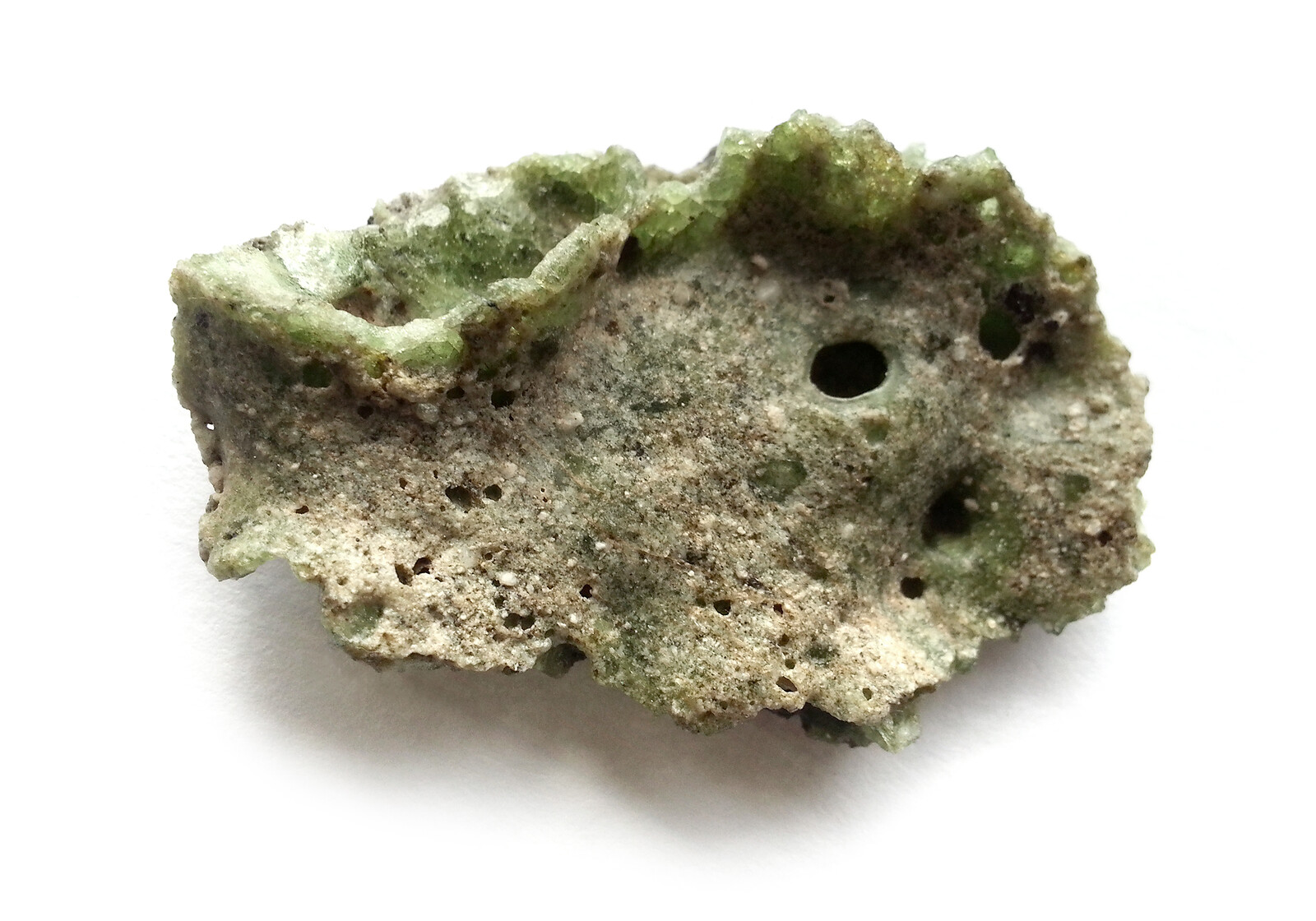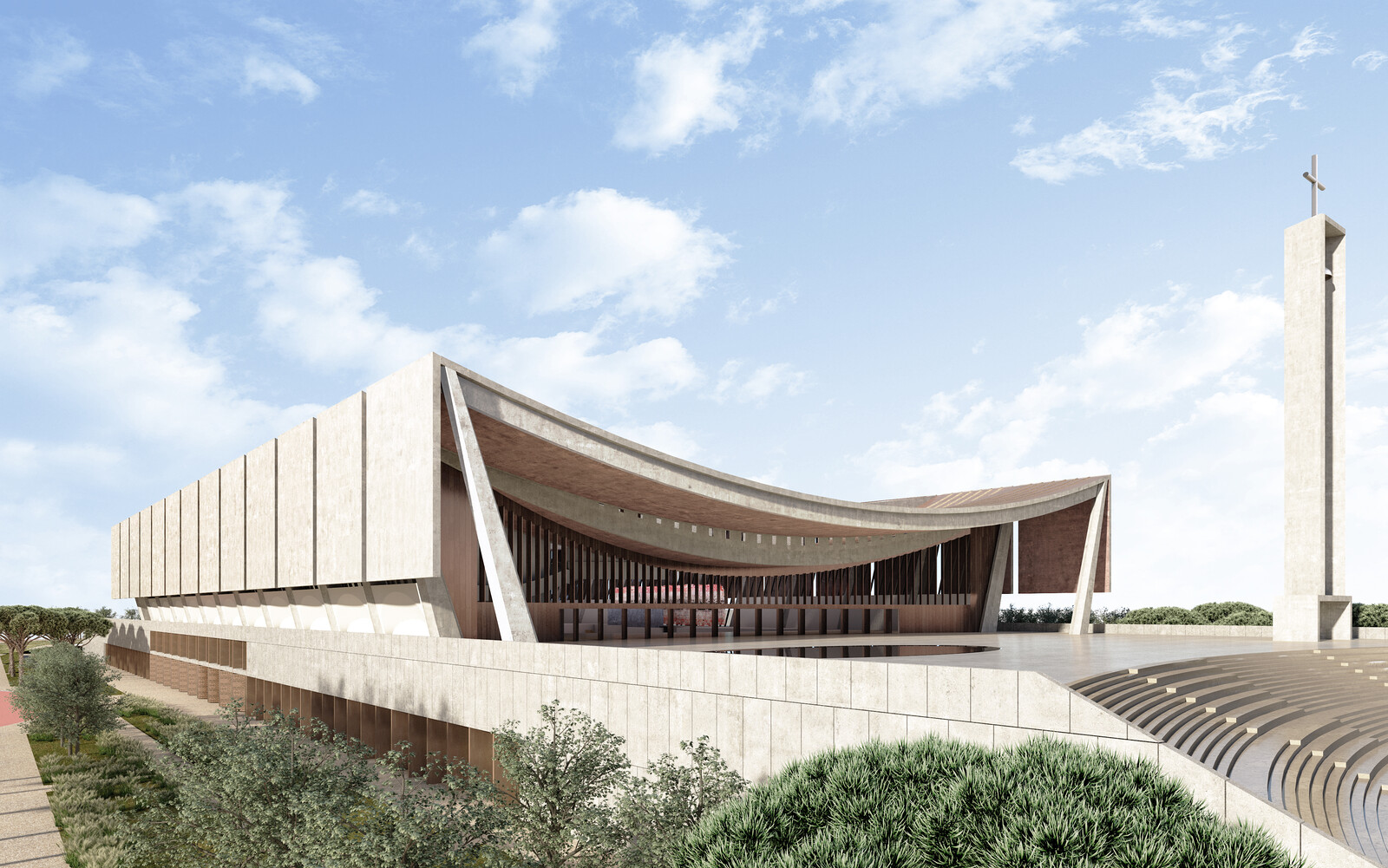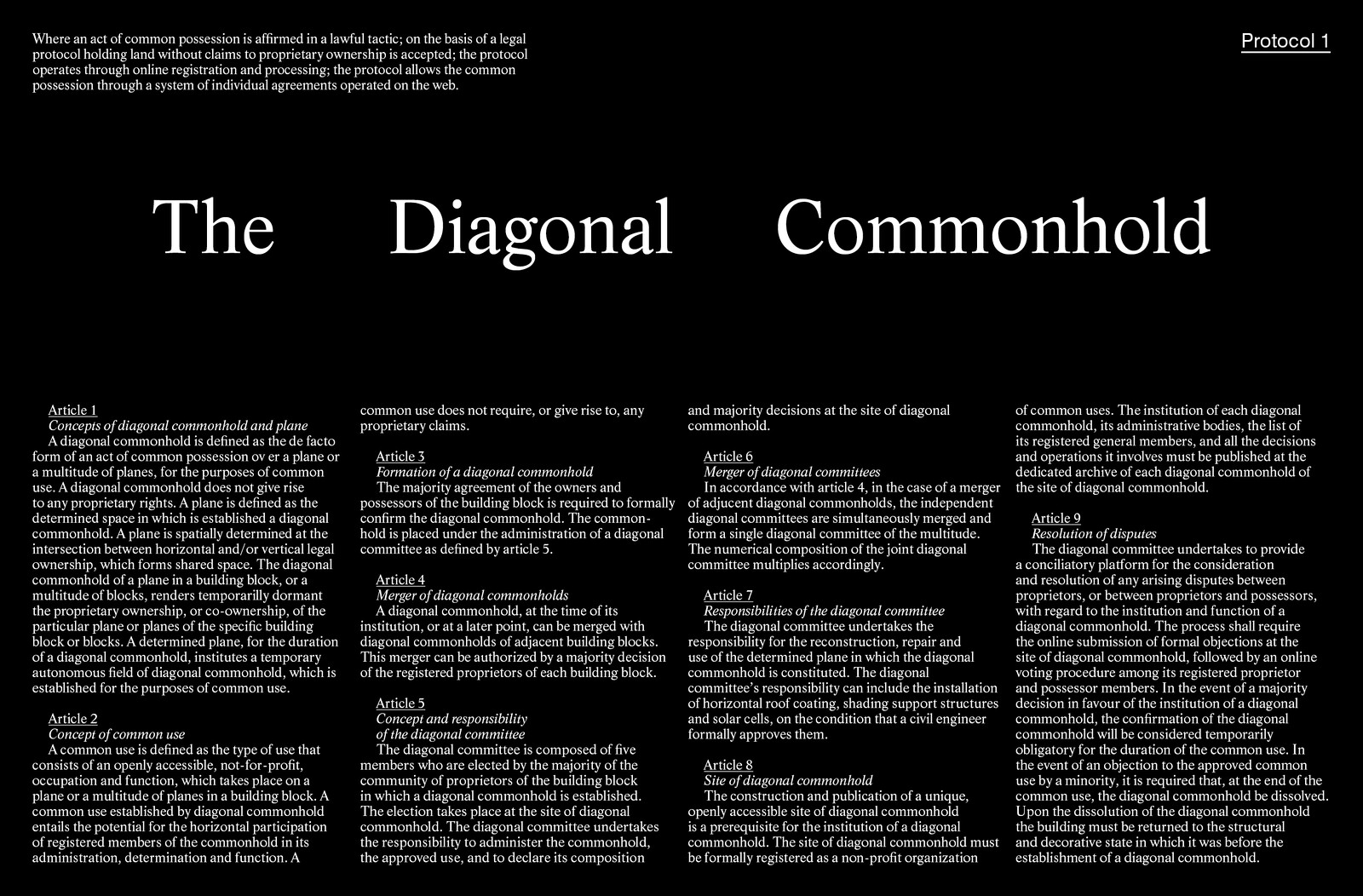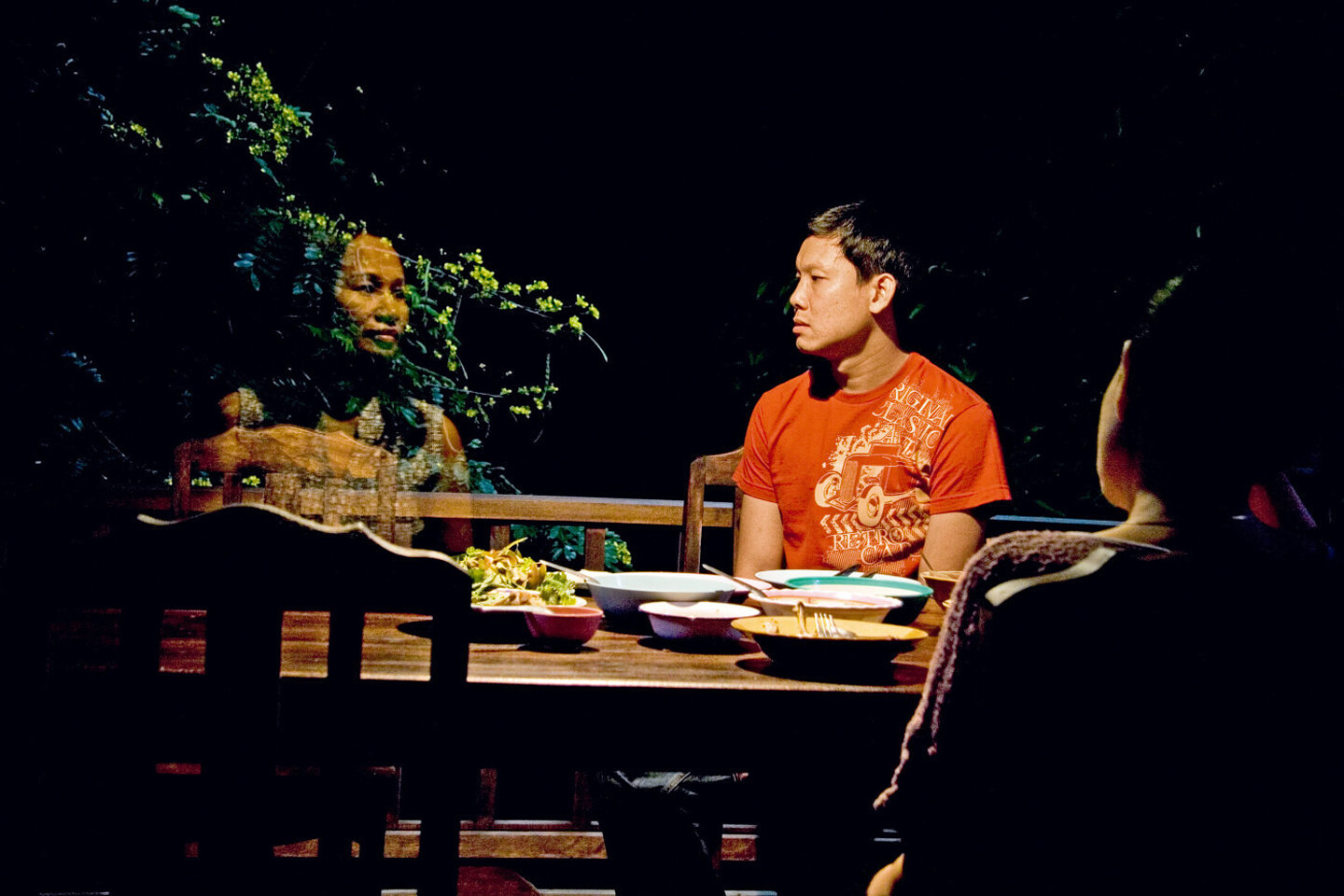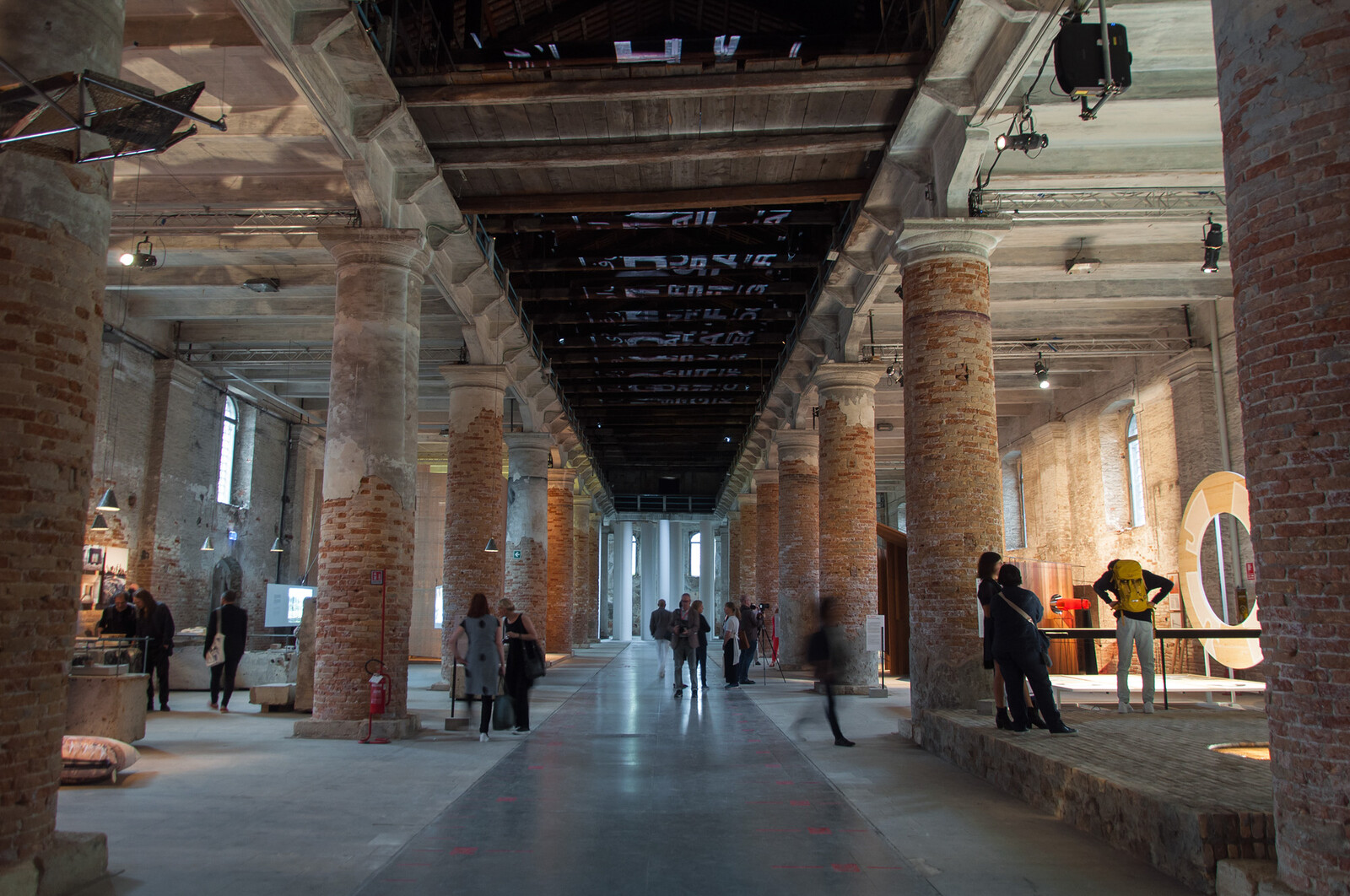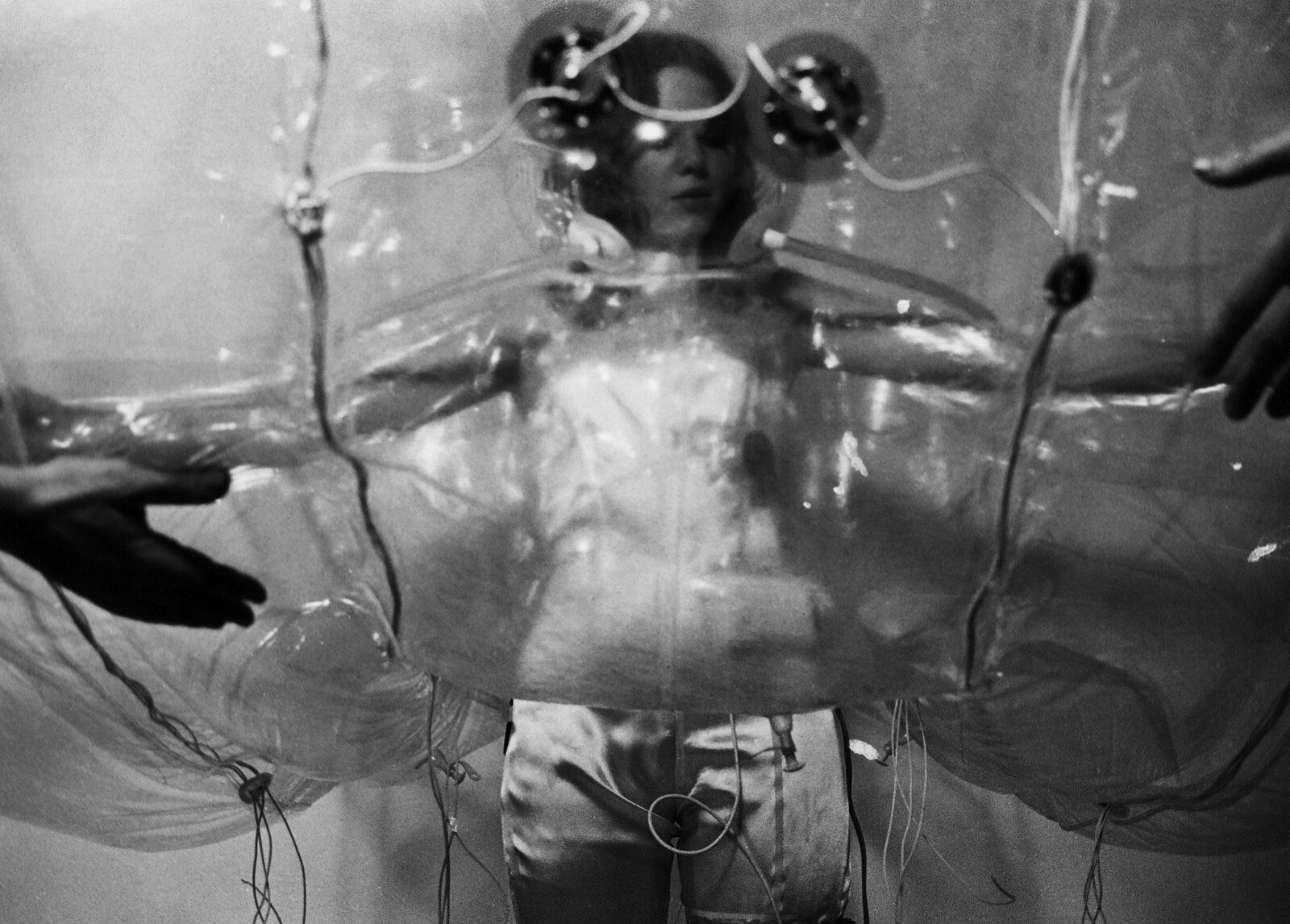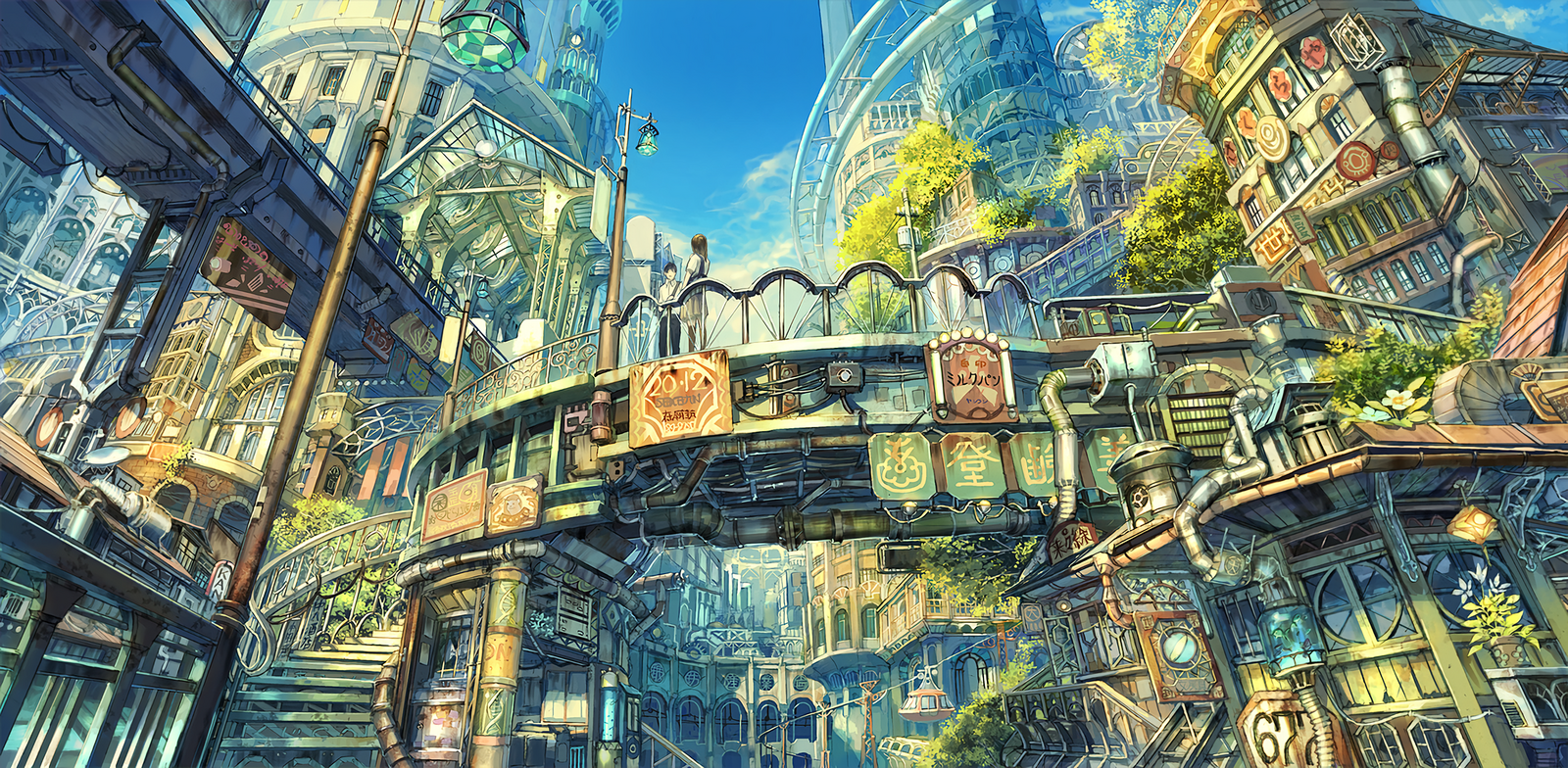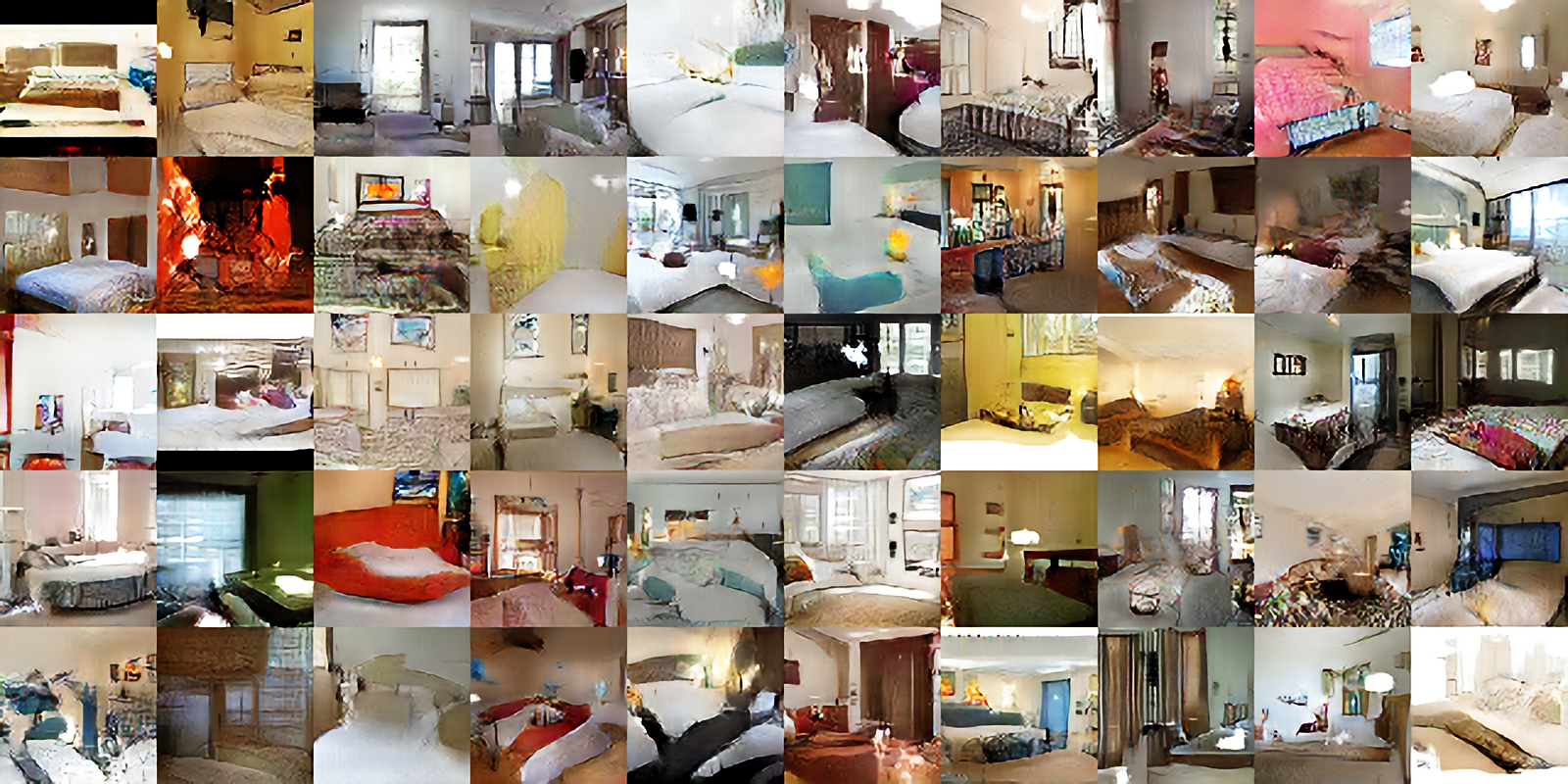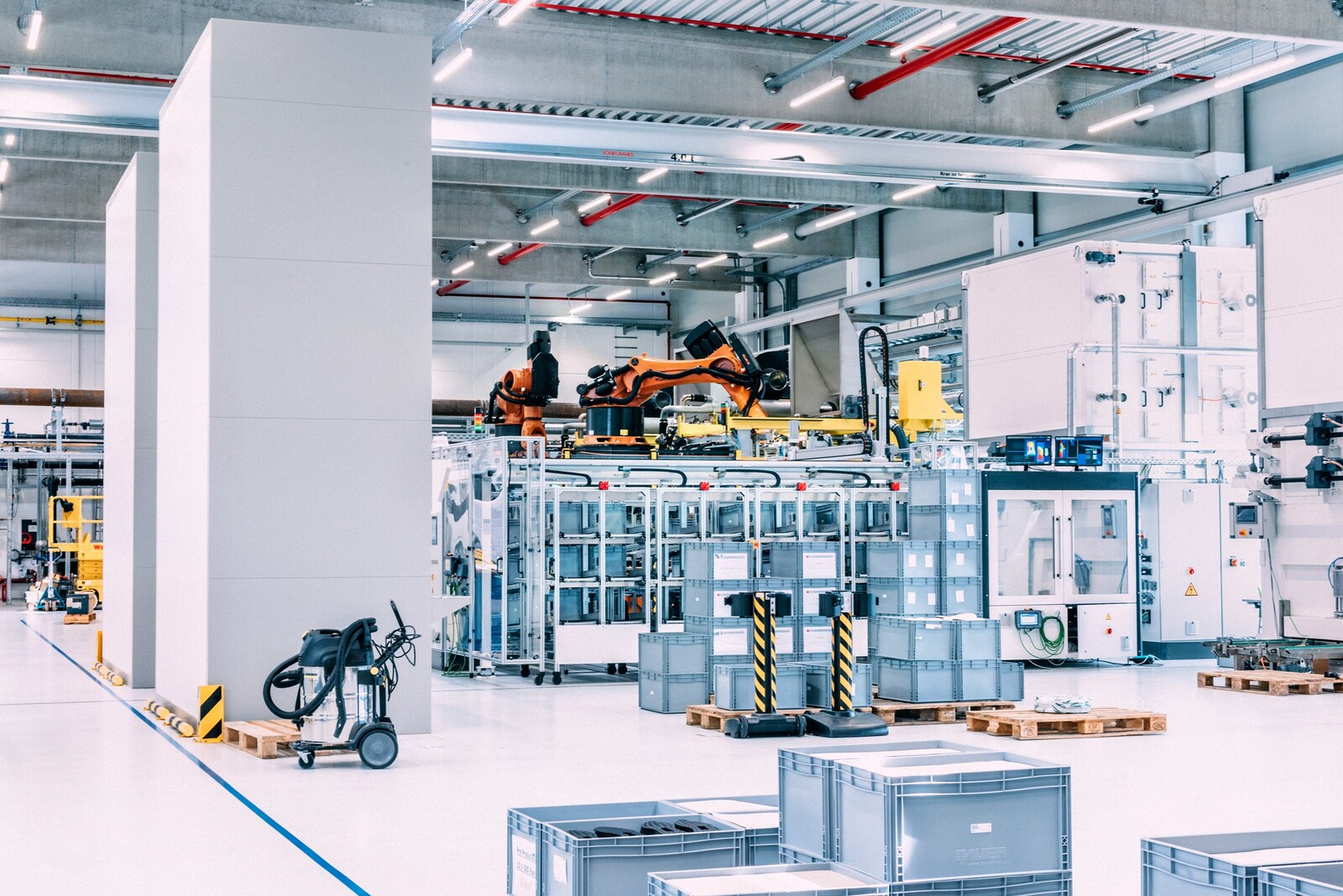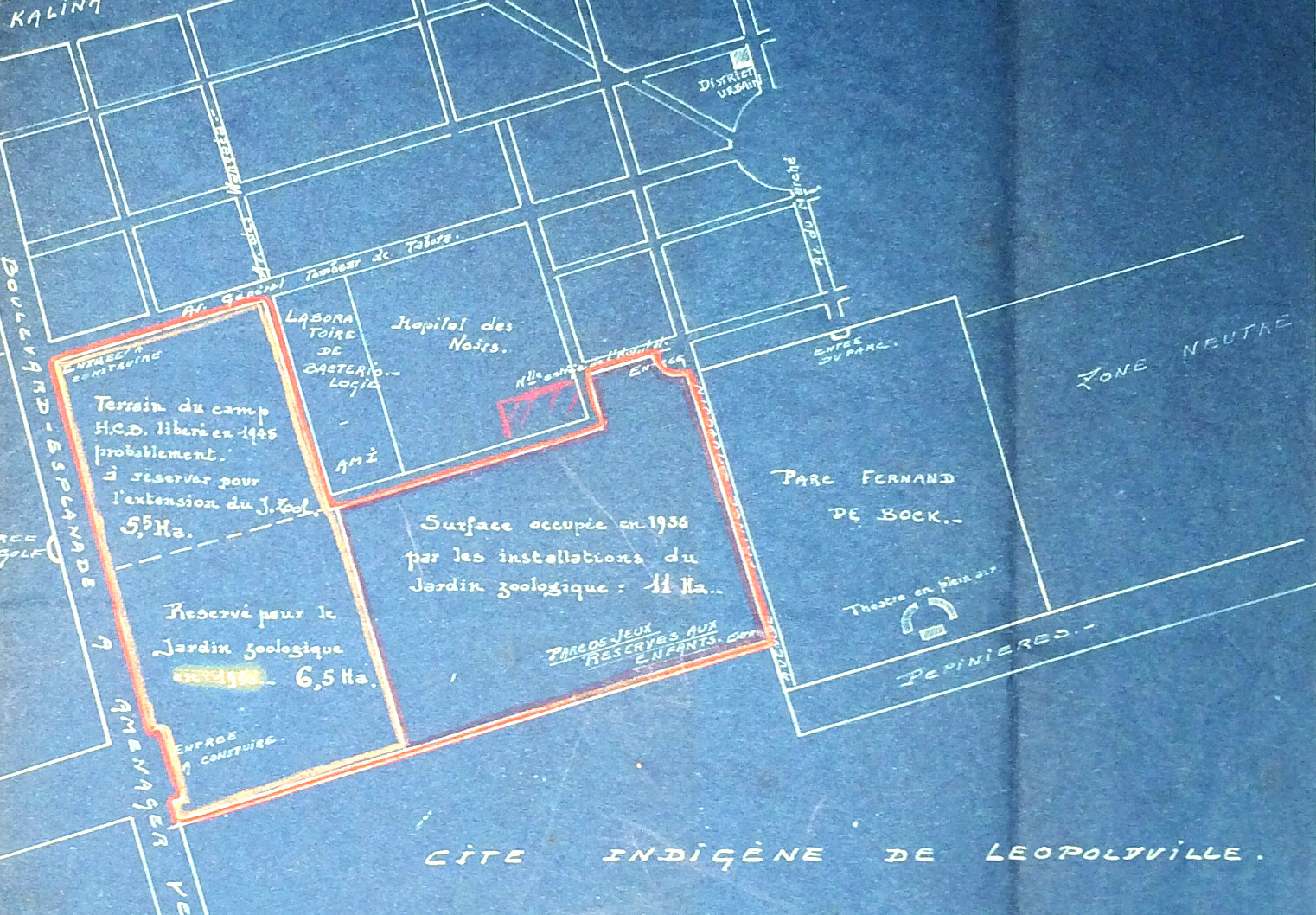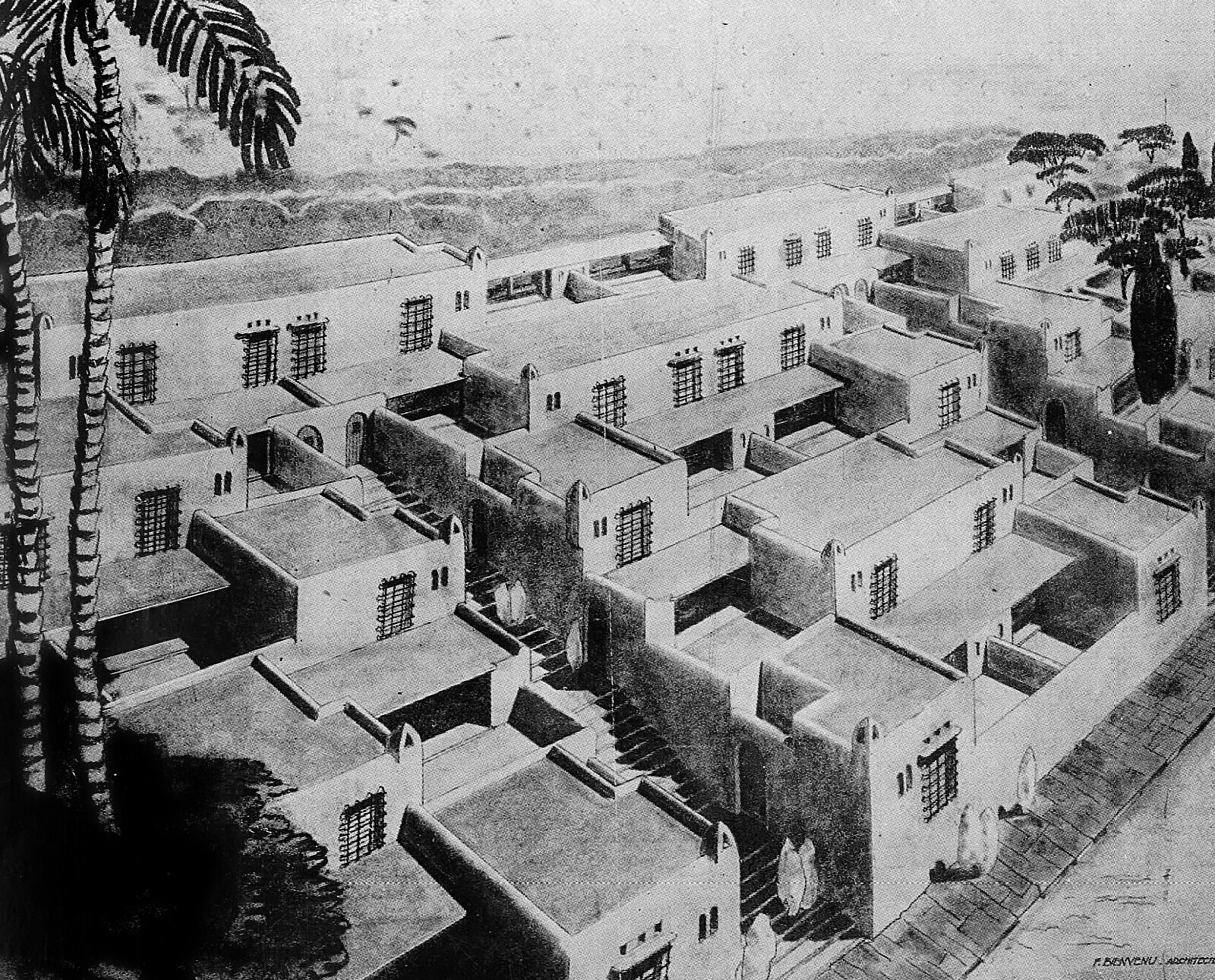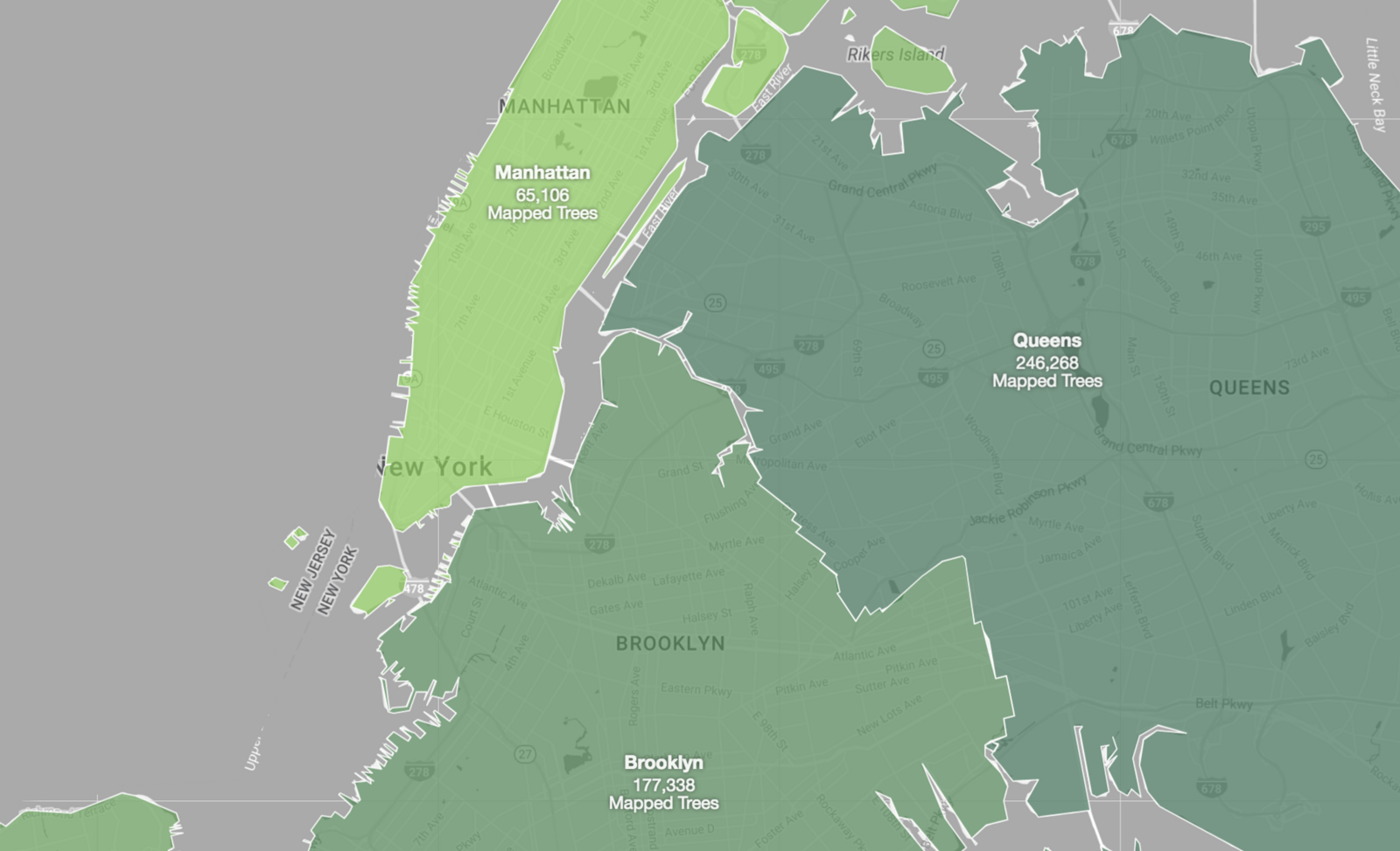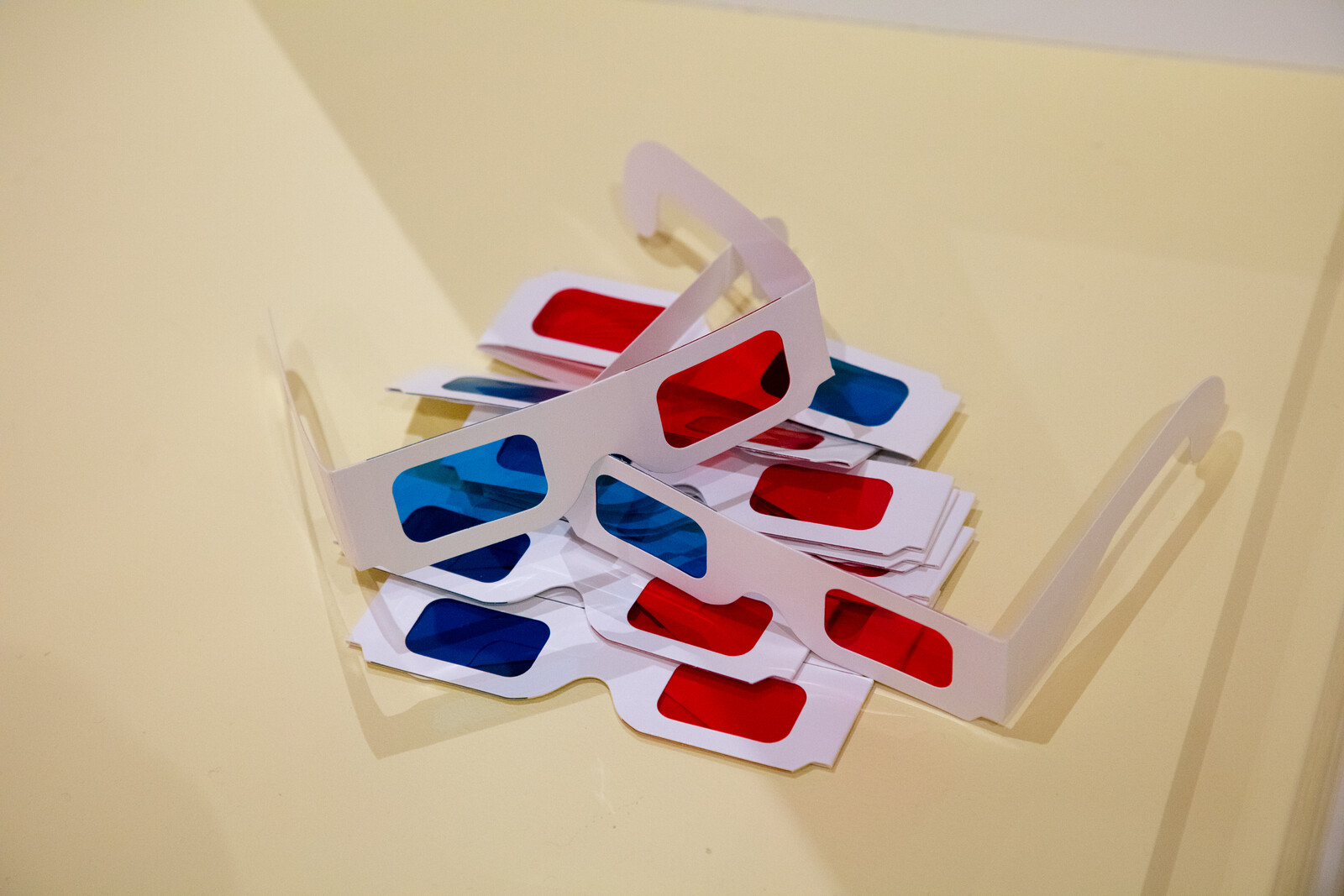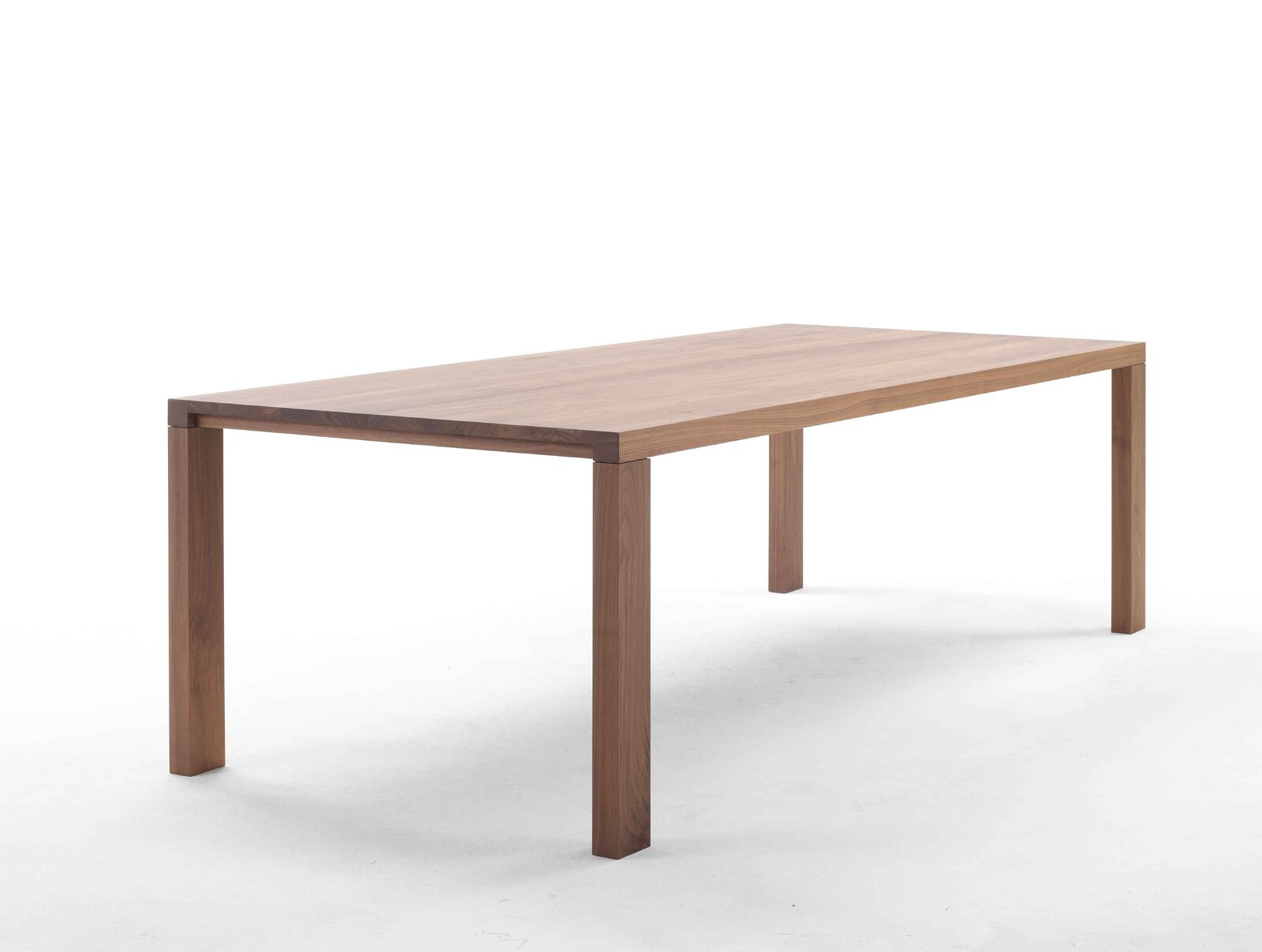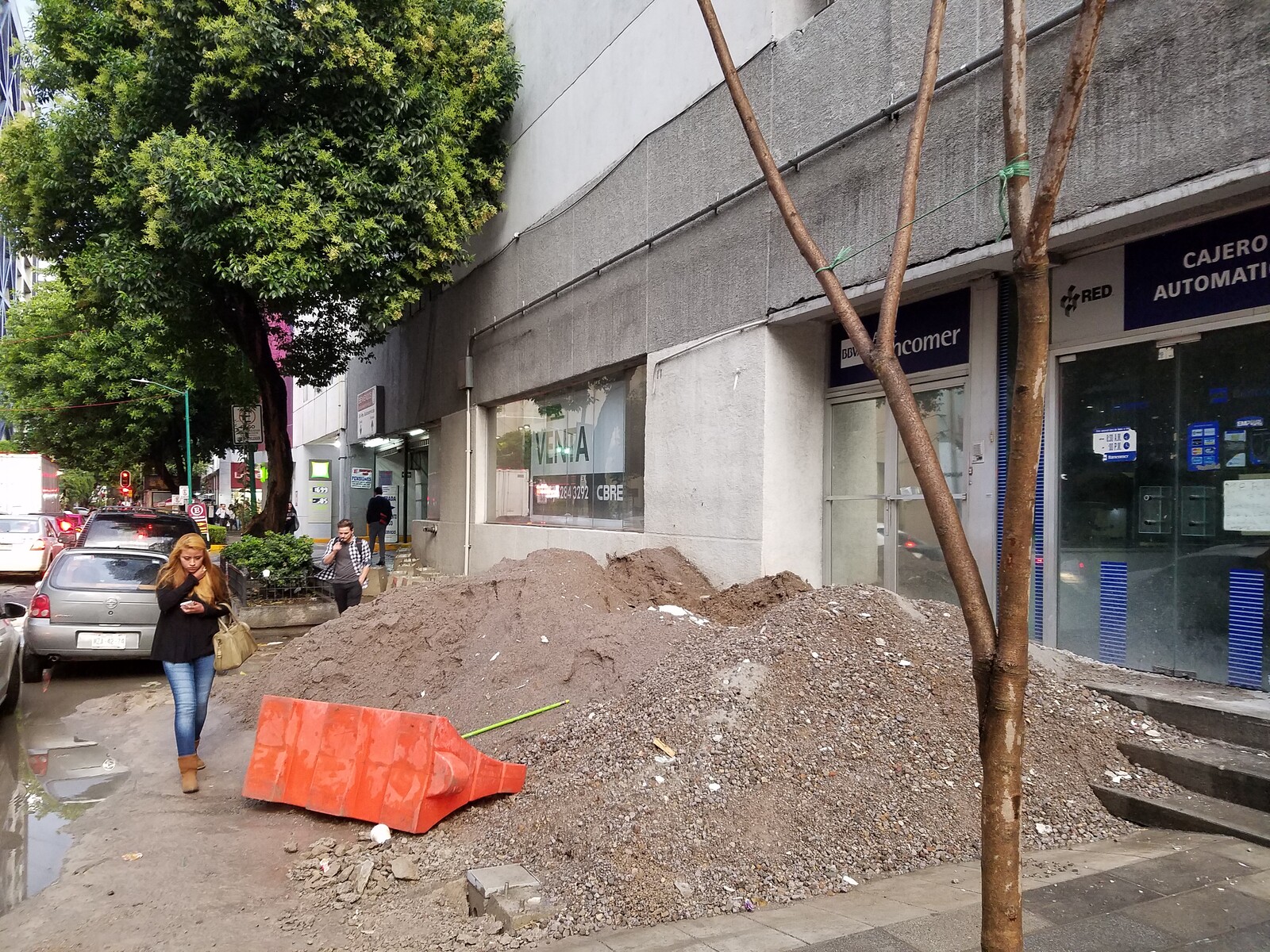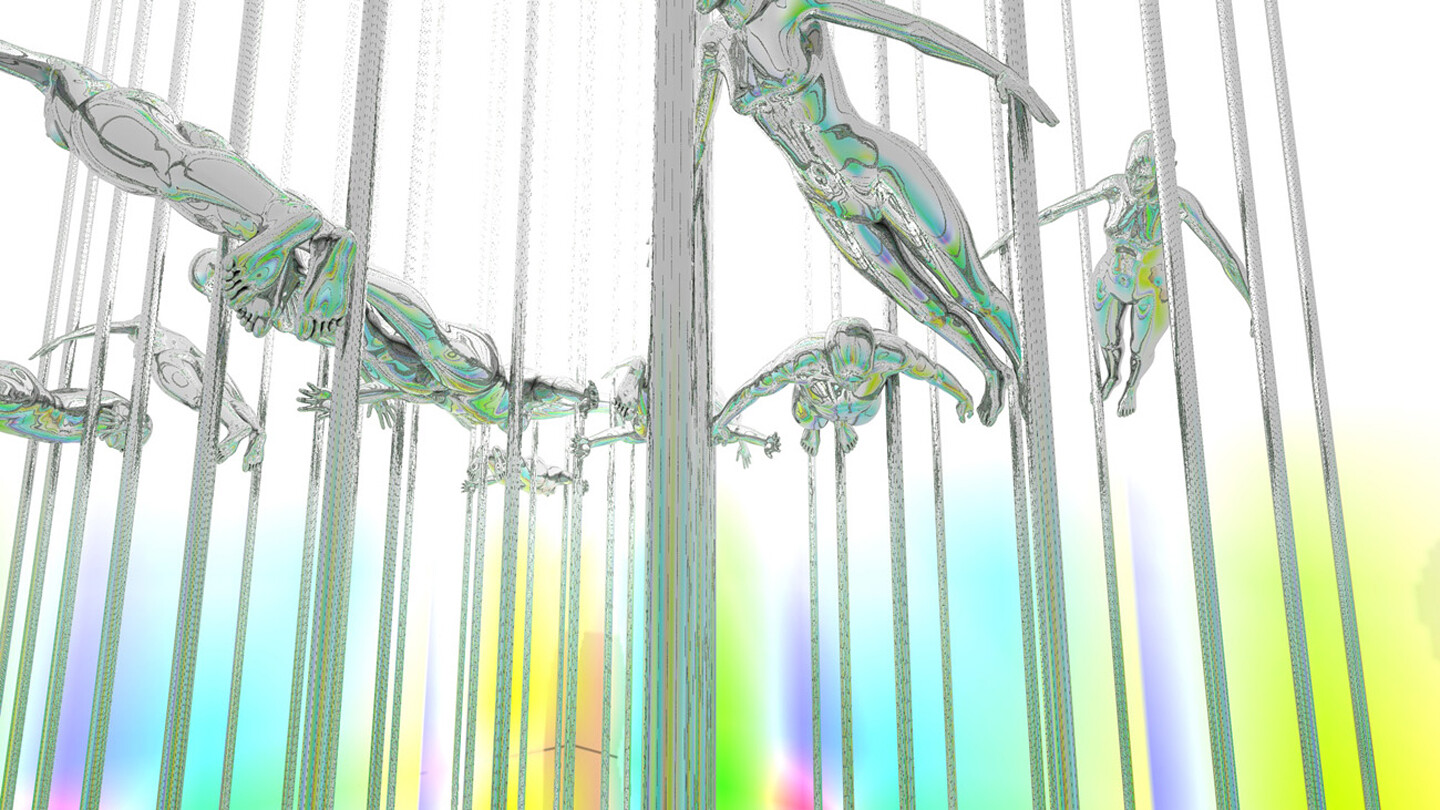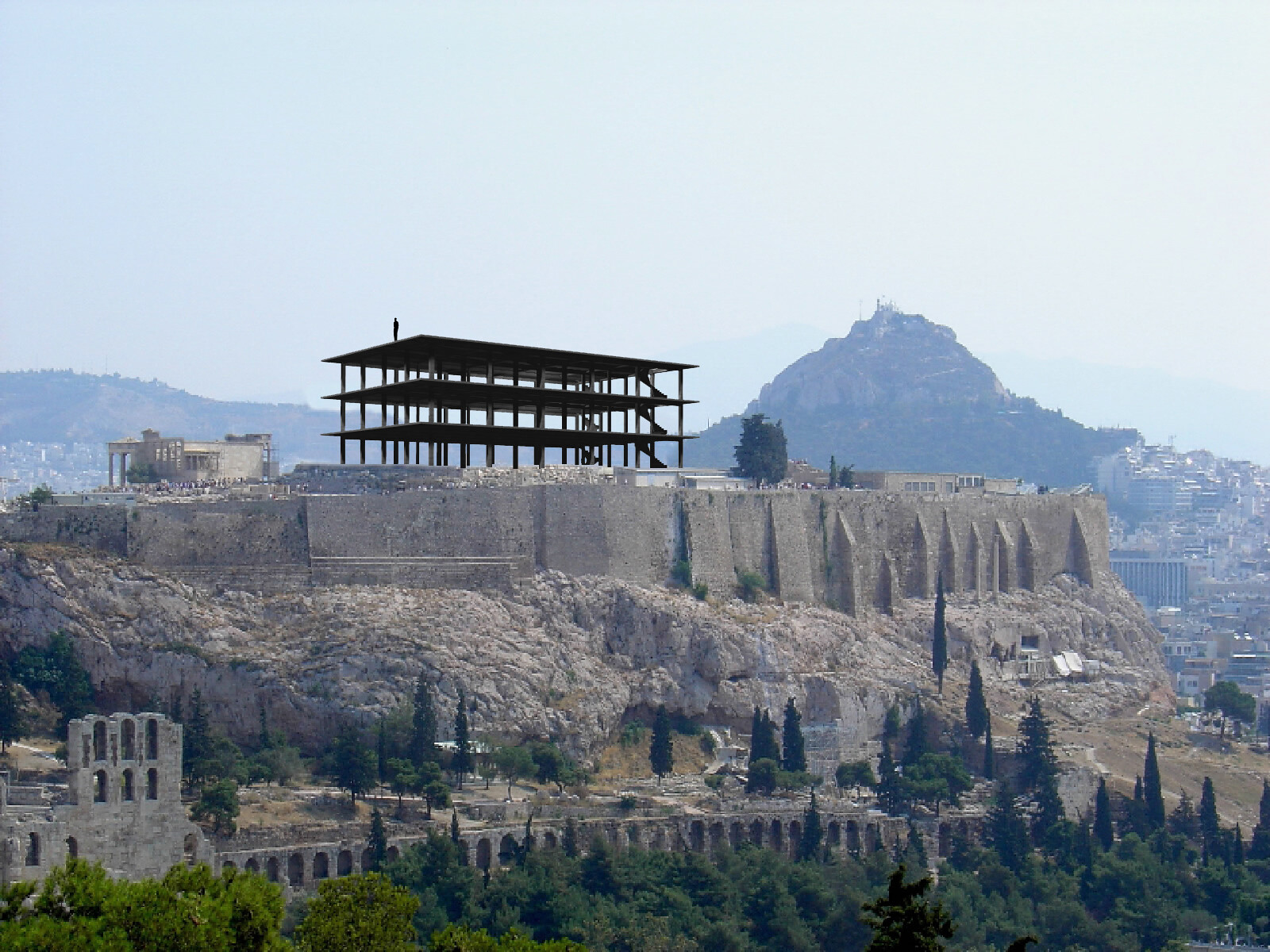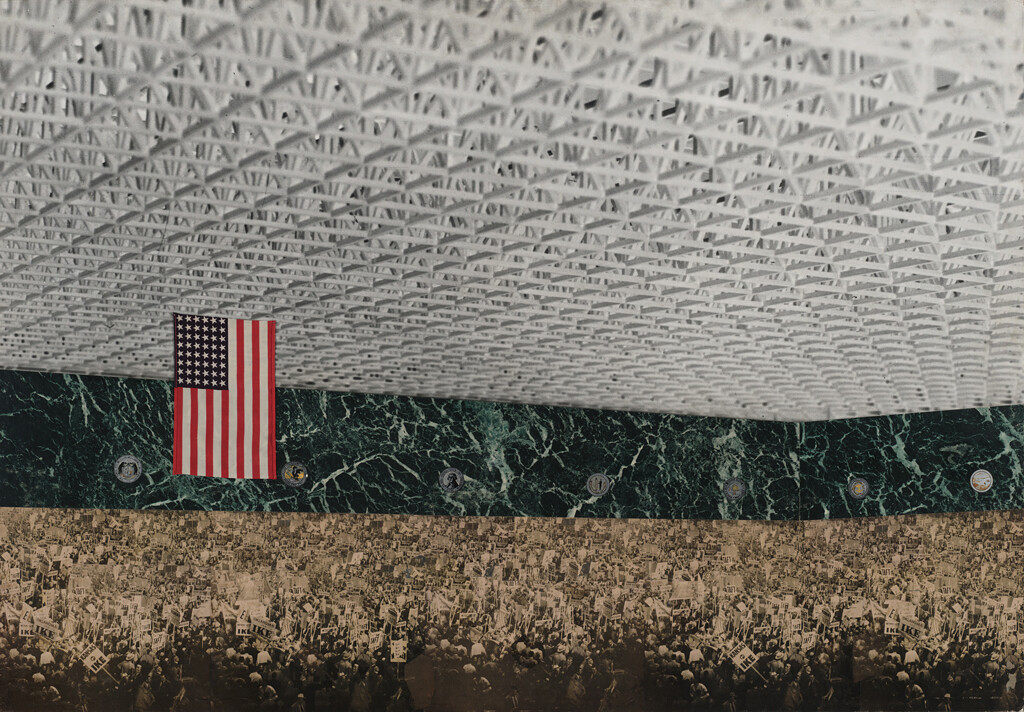One or two years ago, describing Junya Ishigami’s architecture would likely conjure imagery of delicate and immaculately conceived structures tending towards invisibility. Often veiled in and populated with plant life, it was as if he sought to demarcate space with the tiniest fraction, a whisper, of manmade matter.
Yet, his new work and writing suggests that the last decade of practice and research has culminated in a new project of a different weight entirely. Ishigami’s “freeness” contemplates the presence of ever more anachronistic forms of fabrication and construction of contemporary architecture, and the metaphysical relationships those objects create with human and non-human life. It is a thesis that responds to a planet and society in a state of perpetual and hyper-instability, simultaneously advancing and imploding. Ishigami proposes architecture for a world that doesn’t care much about buildings.
Perhaps suggesting that this direction could manifest with an earthly materiality, the studio is now completing a hybrid restaurant and home in the form of an exquisite subterranean cast concrete cave. The columns of these buried rooms seem to be ancient stalactites, ebbing softly in slow motion towards the ground from a similarly cavernous concrete ceiling. Fundamentally informed by the earth, the structures betray and share the textures and memories of the soil that formed them. The tiny rocks, minerals, insects, and wildlife that once occupied the space within, trace into the walls and ceiling, acting as a living memorial to the movement that exists under the earth and beneath our feet.
The building is formed in a sequence of deliberate excavations and casts. First, the grassy site was dug down and enough soil was removed to create a hole the depth and breadth of a single-story building. Then, using the removed soil, a landscape of tall undulating mounds was built, giving an impression of beachside dunes or exaggerated anthills. Concrete was continually poured into the voids around the topography until a single smooth flat roof formed on the surface of the ground, turning those piles into formwork. When the concrete was dry, the soil was manually removed, leaving a space and structure that had metamorphosed into a grotto of arches, rooms, and halls, emotive and expressive of its origins. The concrete columns have marks from the machinery and from the packing of the soil as if it were layers of sediment forming a rock.
Once the roof and column structure was completed, glass walls came to surround and seal the space. The labyrinthine courtyards around the cavernous piles of concrete operate as loose public areas for the restaurant, and meander into living spaces, bedrooms, and bathrooms of the house. For Ishigami’s project, the lack of programmatic definition between these unformed and ultimately indeterminate volumes—architecture and nature—is where “freeness” is offered: by way of an interchangeable script for living, or dining, or sleeping, depending on what is called for. The work contains both preciseness and roughness, planning and disorder. As if to say, who knows which matters more?
The creation of a void, only to remove it, follows the path of Ryue Nishizawa’s immaculate single-artwork museum in Teshima (2010), where a vast smooth teardrop-shape mound of earth was assembled, then covered in steel, and poured over with concrete over a 24-hour period to create a thin white concrete shell. Similarly, the interior space of Peter Zumthor’s Bruder Klaus Chapel in Germany (2007) is the memory of a cluster of tree-trunks which were tied together and surrounded by rammed earth. A floor of lead was then poured and the wigwam cluster trees were burned, leaving a blackened concave interior imprinted with the bark. Ensamble’s monumental earthworks, Structures of Landscape (2015), also give beauty to the plateaus, ridges, canyons, and hills of Tippet Rise, Montana. These beguiling spaces and their commitment to the terrain and territory in which they emerge connect with Ishigami’s search for architecture without constraints or the logic of a finite function.
An analysis of Ishigami’s work as operating under the auspices of such freeness would be to propose that he is building with ultimate opacity for the present and the future. For Ishigami, this means operating without programmatic constraints, to be free from conventional forms of commissioning and building architecture. According to the architect, in order to offer any meaningful discourse, architecture should seek to be cut loose from requirements of format, scales, function, or style. As such, the subterranean cave restaurant functions on its own terms, not specifically responding to what is most likely a temporary role, but instead to its immanent conditions. What spatial and social boundaries need to be honored to the extent that they should be made permanent in steel and concrete? For Ishigami, the expectation of program directing the structure of a space fails to account for and accommodate its occupants’ inevitably mutating needs and impermanent desires.

Junya Ishigami and Hideaki Ohba, Extreme Nature: Landscape of Ambiguous Spaces, Venice, Italy, 2008. Photo: Iwan Baan.
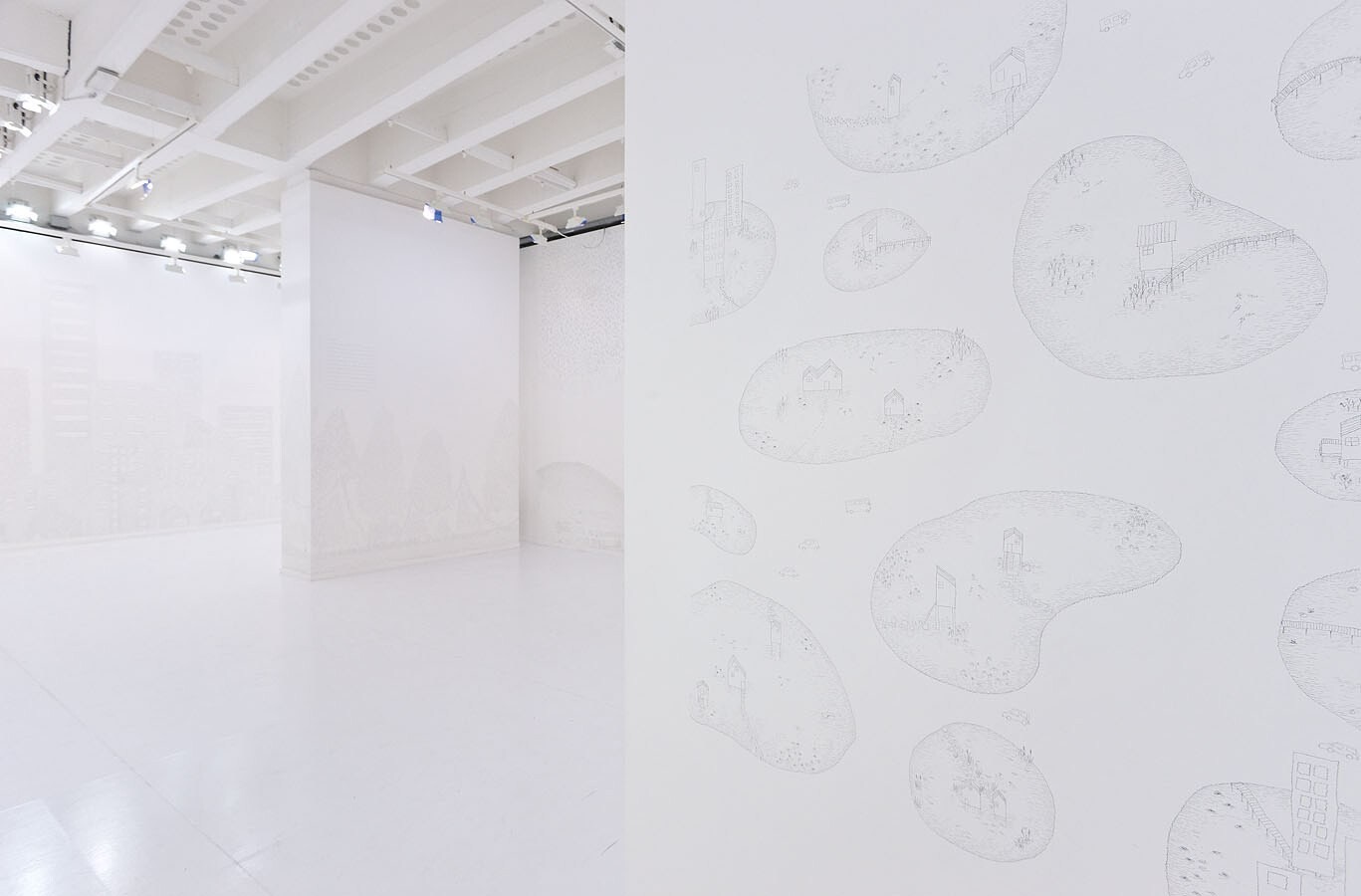
Junya Ishigami and Hideaki Ohba, Extreme Nature: Landscape of Ambiguous Spaces, Venice, Italy, 2008. Photo: Iwan Baan.
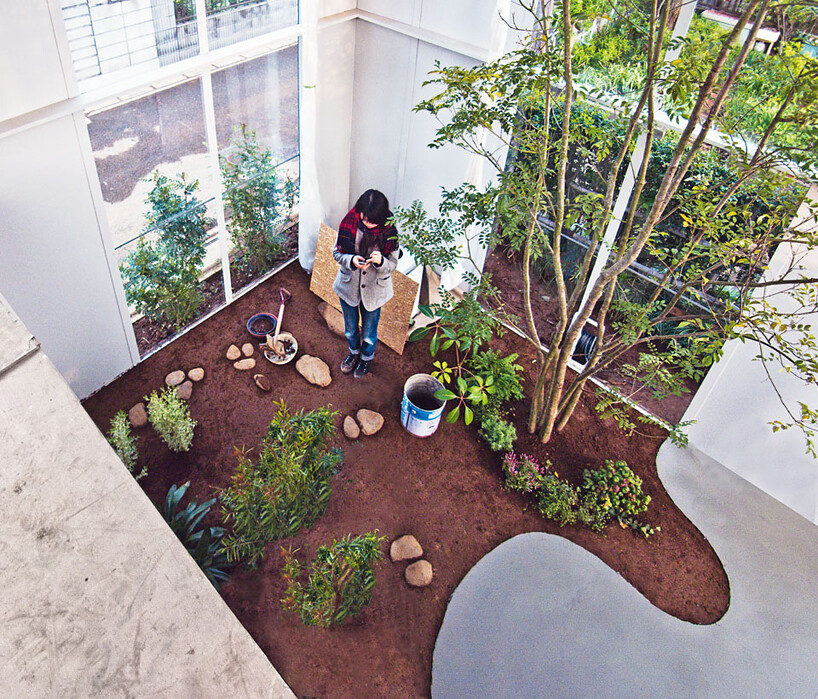
Junya Ishigami + Associates, House for a Young Couple, Tokyo, Japan, 2013. Photo: Junya Ishigami + Associates.
Junya Ishigami and Hideaki Ohba, Extreme Nature: Landscape of Ambiguous Spaces, Venice, Italy, 2008. Photo: Iwan Baan.
While in House & Restaurant, this ultimately manifests with the project’s startling material form and the lack of division between elements of column, roof, and floor, in previous projects, living organisms have operated as active elements and been made equivalent to artificial materials. The frequent breaking and merging of habitation environments for plants and people is a point of ethics for Ishigami. In his installation for the Japan Pavilion at the 2008 Venice Architecture Biennale, for instance, he installed a carpet of soil outside the pavilion and placed four varying sized ethereal glass greenhouses with exceedingly slender vertical support systems that seemed visually interchangeable with the tendrils and vines of the painstakingly selected plant life peppered around the space. The interior of the pavilion was a mural of fragile pencil drawings of botanical details, traced directly onto the bare white walls.
This equation between an invisible architecture and a present nature also appears strongly in his house for a young couple (2013), which itself becomes a domesticated greenhouse for living. Half of the living space on the ground floor is covered by a deep layer of soil, in which a small indoor forest of trees is planted and grow freely, presenting a beautifully simple diagram of the codependence, fragility, and kinship of nature, the animal world, and architecture. This response to urban living by creating a living landscape seems so nonchalant: if one wants to be surrounded by plants, why have a heavy floor covered in pots, when the soil was there first?
In his 2009 book Architecture as Air, Ishigami reflects on his buildings by observing people’s movements through them, as if studying migratory bird patterns, and ultimately, he does compare the two. Being able to examine the non-human living world with the eye of a physicist has lead Ishigami to a practice where his works have always embodied a certain technical or logistical extremity of form. His publications explore his studies into patterns and repetitions in the biosphere. How does snow fall? Where do clouds meet mountains? How does bamboo disperse itself in a forest? Why is a crown of water formed in the milliseconds after a raindrop hits a puddle?
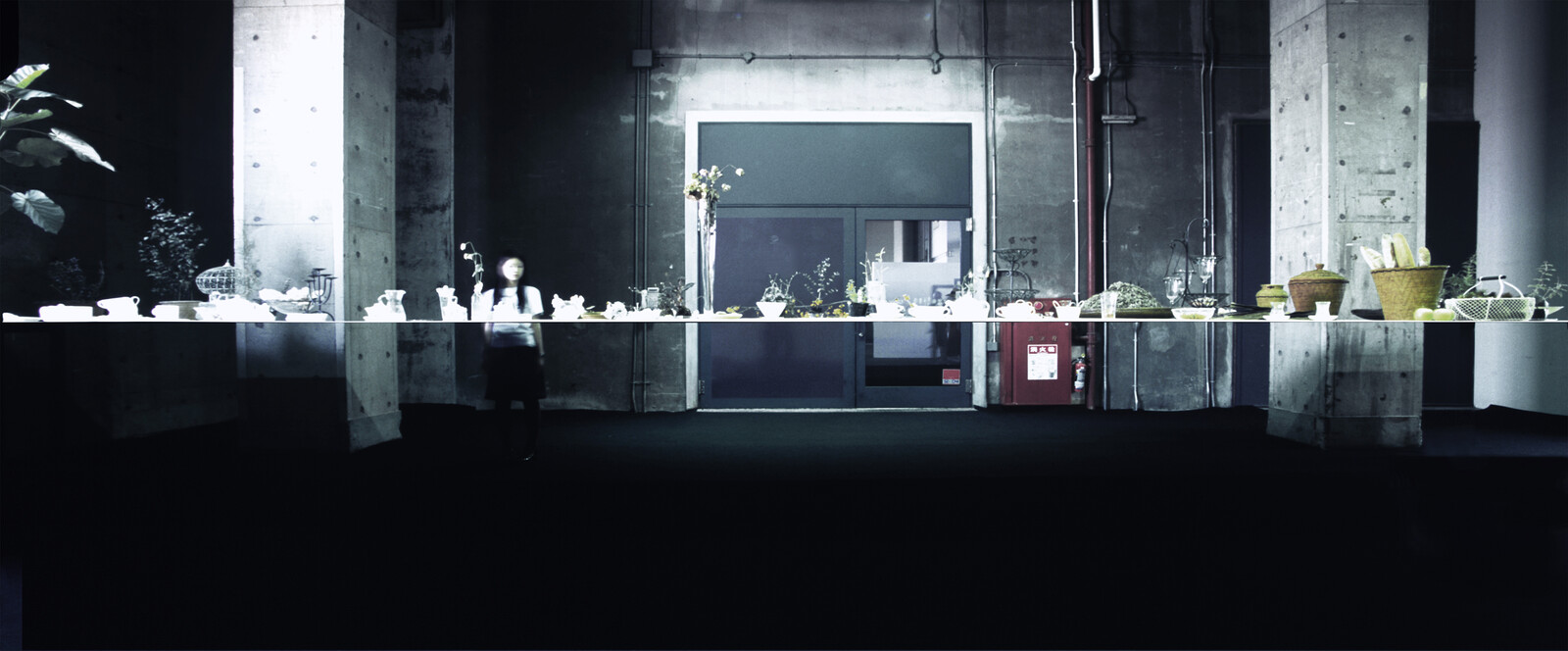
Junya Ishigami + Associates, Magic Table, Tokyo, Japan, 2006. Photo: Junya Ishigami + Associates.
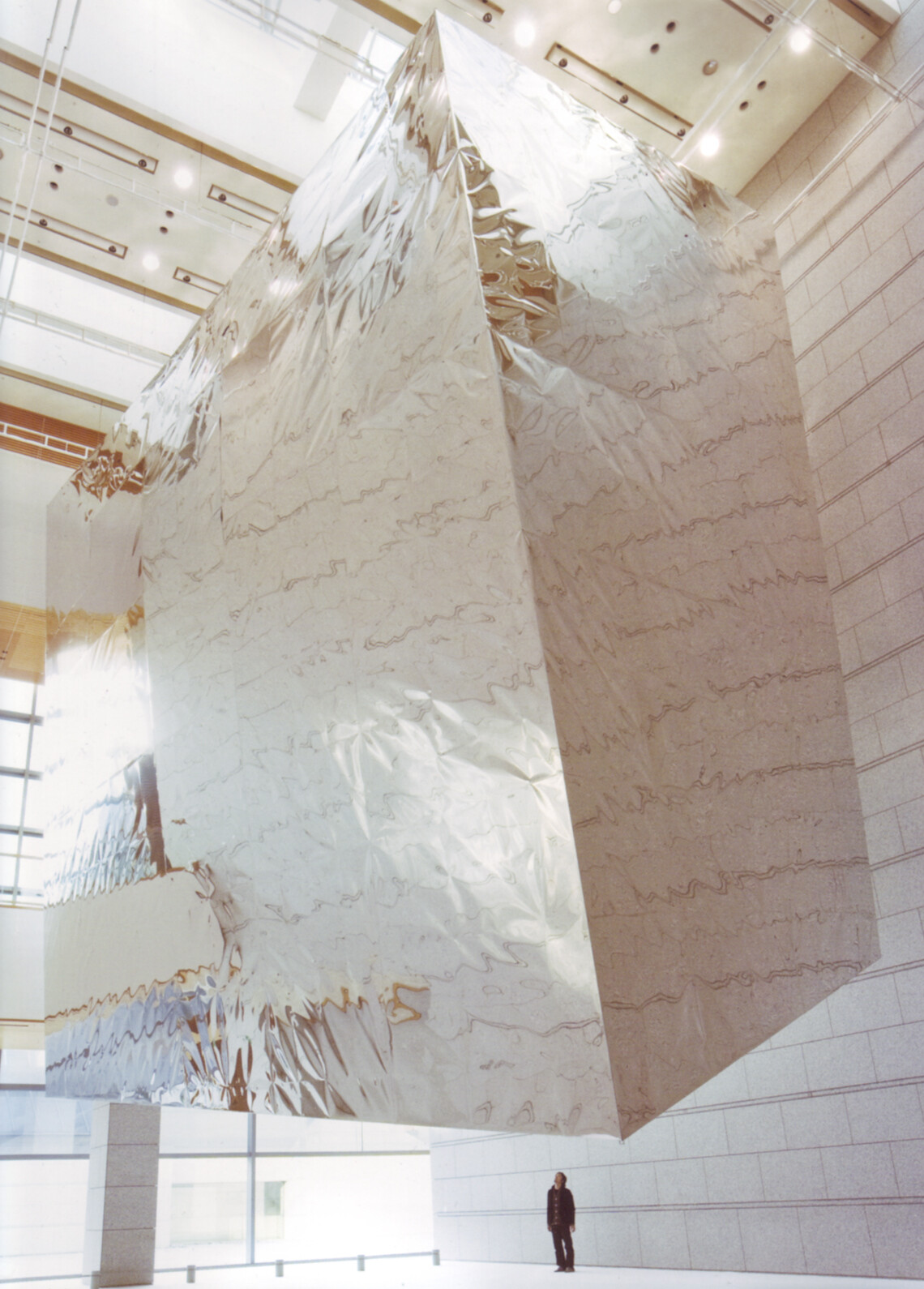
Junya Ishigami + Associates, Cuboid Balloon, Tokyo, Japan, 2007. Photo: Junya Ishigami + Associates.
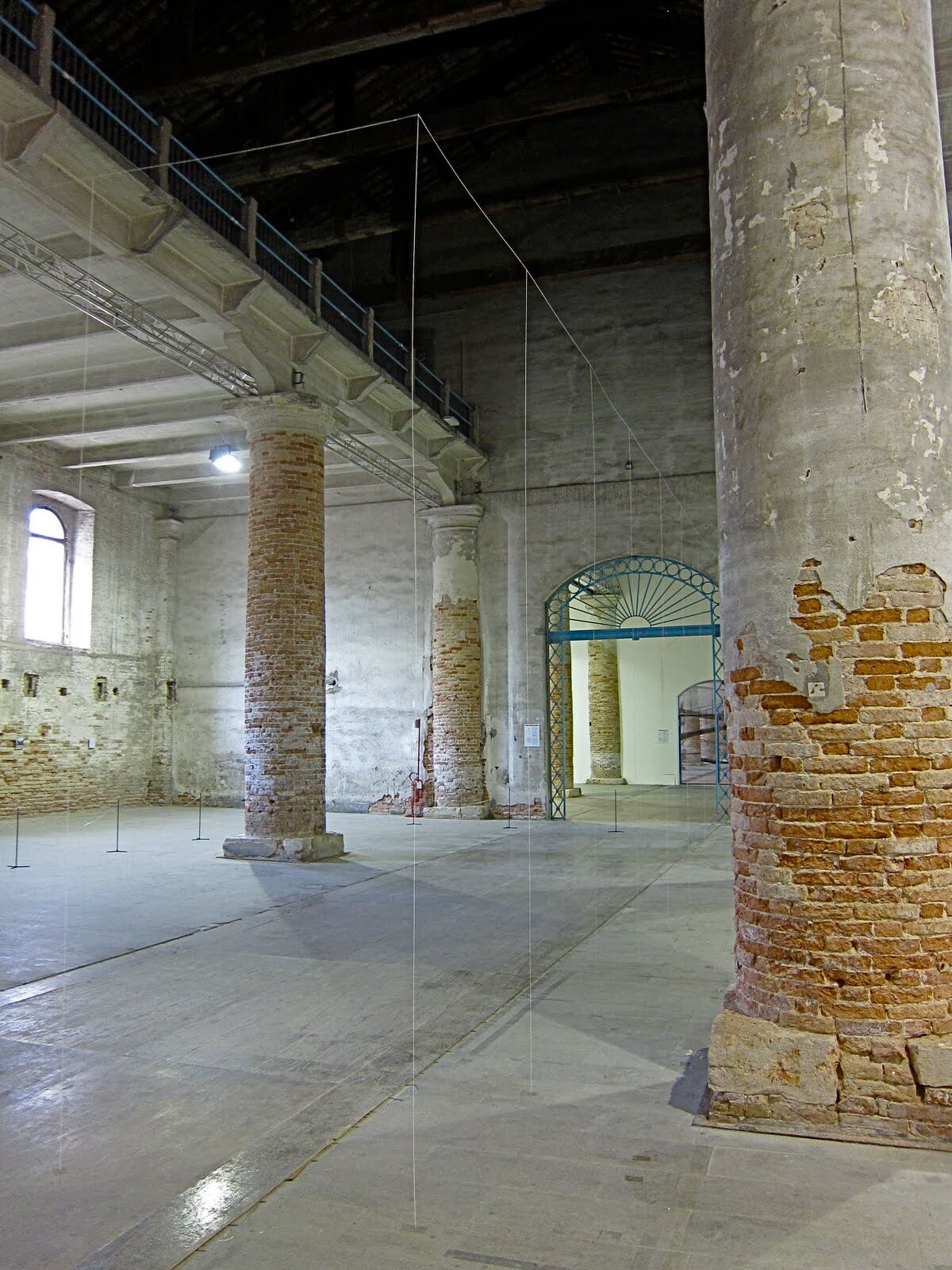
Junya Ishigami + Associates, Architecture as Air: Study for Château la Coste, Venice, Italy, 2010. Photo: contessanally.
Junya Ishigami + Associates, Magic Table, Tokyo, Japan, 2006. Photo: Junya Ishigami + Associates.
His temporary installations often explore these inquisitions and follow them to extremes. His ultra-thin, 700-kilogram-heavy, 9-meter-long and 3-milimeter-deep Magic Table (2006), was a collaboration with gravity. He fabricated the steel table by curling it with pre-stressed tension, then uncurling it in-situ as he weighed the metal down with dozens of perfectly placed and counterbalanced objects—plates, bowls, breadbaskets, flower pots—before welding to its four table legs. The surface of the table was so thin and delicate it reportedly wobbled, slightly, as people passed by. At the Museum of Contemporary Art in Tokyo, Cuboid Balloon (2007) was a floating aluminum cube the dimensions of a house that weighed close to a ton, but filled with helium, seemed to hover ethereally as if it was made of air. Collaborating with engineers for his installations at the Venice Biennale (2010) and the Barbican in London (2011), he sought to create spaces using material the width of a raindrop. Barely perceptible strands of carbon fiber were suspended and constructed space as a sequence of pillars and beams, like walking inside a finely tuned drawing or passing through a light shower.
Each Ishigami project to date examines and isolates basic assumptions of architectural practice and queries the longevity and necessity of each item, as if shedding a skin of the call-and-response approach to announcing an architectural tradition or lineage. In his largest completed building to date, the Kanagawa Institute of Technology (KAIT) Workshop (2010), the studio designed a man-made forest complete with clearings and clusters; 2,000-square-meters of ambiguous spaces cluttered with plants, tables, and chairs, and over 300 impossibly narrow white steel columns, each one bespoke stressed and oriented in a specific direction based on engineering calculations, giving the deliberate impression that the entire space contains no visual or structural hierarchy. The project challenged the conventions of supporting structures: the depth of a roof, the dimensions, frequency, logic of a column grid, the direction of the columns, the function of each space, scale, architecture’s relationship to botany, and even the horizon.
In a similar effort to be undaunted by scale, or style, Ishigami’s 2014 winning competition entry for ferry terminal in the Port of Kinmen, Taiwan, shows the 500-meter-wide, three-story building as a profile of multiple soft rolling mountain-like forms covered by vegetation. Each roofscape contains its own ambling territory and reinforces the ecosystem of the portside city. It is not truly shelter, but an entire environment in discourse. It operates as a visual horizon. The images released underline Ishigami’s insistence to free architecture from form and function.
As Ishigami observes his own approach to creating spaces for all forms of life, he critiques the failure of the modern project to assume responsibility for all of humanity, for its coldness, its lack of comfort and compassion for young, ageing, or differently abled bodies, not to mention plants and wildlife who could well inherit these structures. Ambiguity is a gift when order and purpose has failed so many and left so many others behind.

Junya Ishigami + Associates, Kanagawa Institute of Technology (KAIT) Workshop, Atsugi, Japan, 2010. Photo: Iwan Baan.
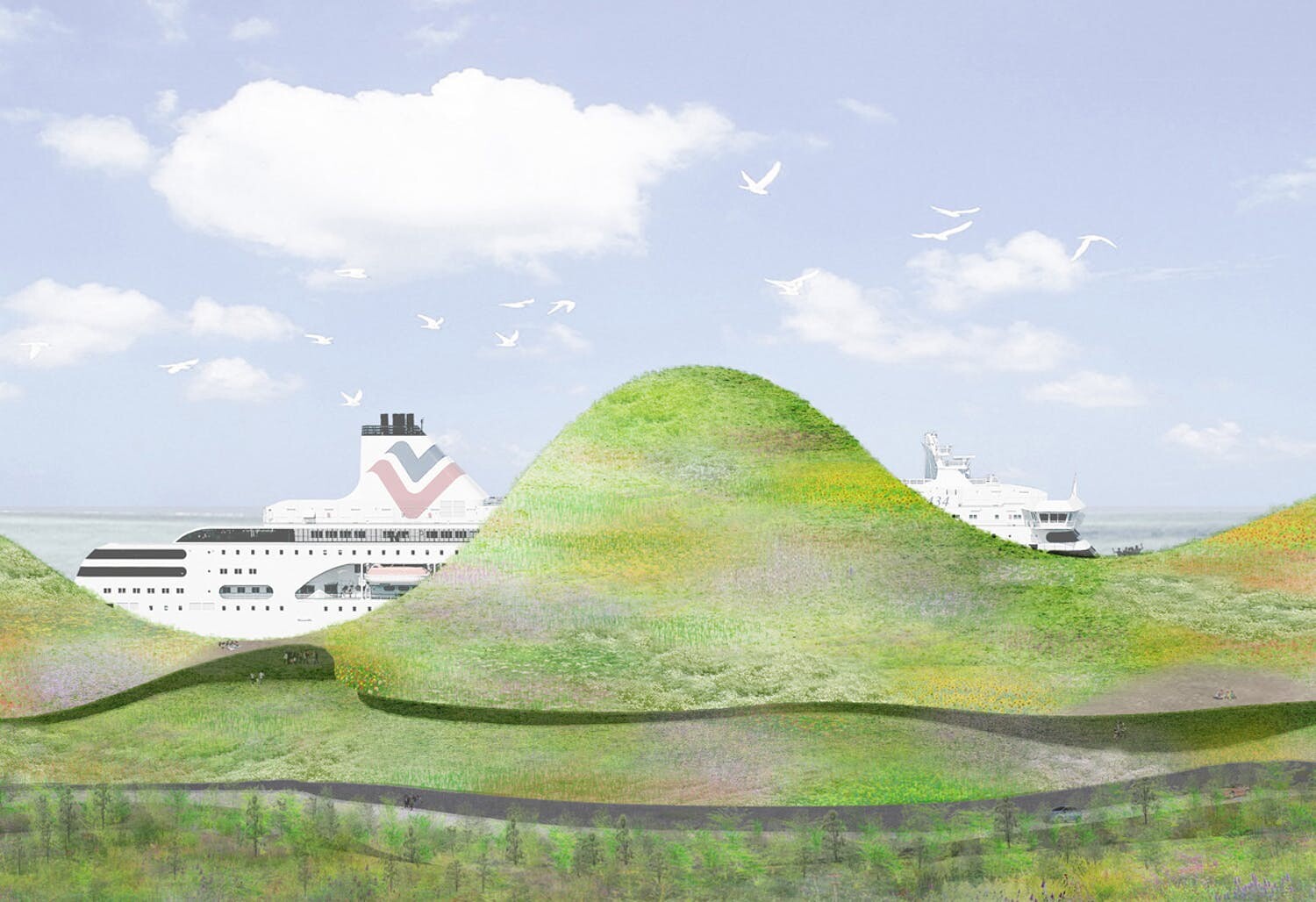
Junya Ishigami + Associates, Ferry Terminal, Kinmen, Taiwan, 2014. Image: Junya Ishigami + Associates.
Junya Ishigami + Associates, Kanagawa Institute of Technology (KAIT) Workshop, Atsugi, Japan, 2010. Photo: Iwan Baan.
The helplessness and emasculation of contemporary architects, their loss of standing in society and the draining of all meaning behind the concept of architecture has been well and better articulated by many, including Reiner De Graaf in Four Walls and a Roof (2017). Ishigami is neither the first, nor will he be the last to identify architecture in the twenty-first century as a field on the back foot, lacking in relevance, ideas, and influence.
If a client changes hands halfway through a project, at best the program changes. Yet over the lifespan of the fabrication of a building, governments can fall, global economics can change, environmental catastrophes can come and go. In a society where everything from borders, territories, and software are updated, reloaded, and reconsidered, in all but a perpetual state of vacillation, what can be expected to remain unchanged? Why would architecture conceive of itself as containing the only definitive version of the present? Ishigami suggests that to overcome this glaring deficit of technology and influence, indeterminacy is the only option.
Perhaps Ishigami’s unique position is his ability to communicate the opacity and redundancy of the modern project while also having the space and opportunity to be a visionary young architect. In fiercely experimenting, pushing both engineering and materials, pursuing new spatial experiences, and advocating for a new type of environmentalism, he seeks to move beyond the redundancy of the modern. What he offers in his designs is an ambiguity and obscurity of the origin of purpose. If architecture is to allow spaces to expand and contract in both scale and scope, and to be appropriated as our society flexes murmurs and whirls around us, this indeterminacy is critical.
Ishigami’s search, or quest for an unshackled architecture, one that is less wasteful, more respectful, more appropriate, comfortable, inquisitive, and gentle to nature, should not be misunderstood as an aesthetic pursuit. For all its beauty, one could argue that aesthetics has no particular place in Ishigami’s practice or narrative. If the sublime is present, it appears as a humble service to the living flora and fauna that inspired or occupies it. To imagine that Ishigami operates with an effort to reduce, or minimize anything, certainly does him a radical disservice. His call for freeness carries the intriguing combination of innocence and bravery.
Positions is an independent initiative of e-flux Architecture.
Freeing Architecture, the first major solo exhibition devoted to the work of Junya Ishigami, is presented at the Fondation Cartier pour l’art contemporain from March 30 to June 10, 2018.
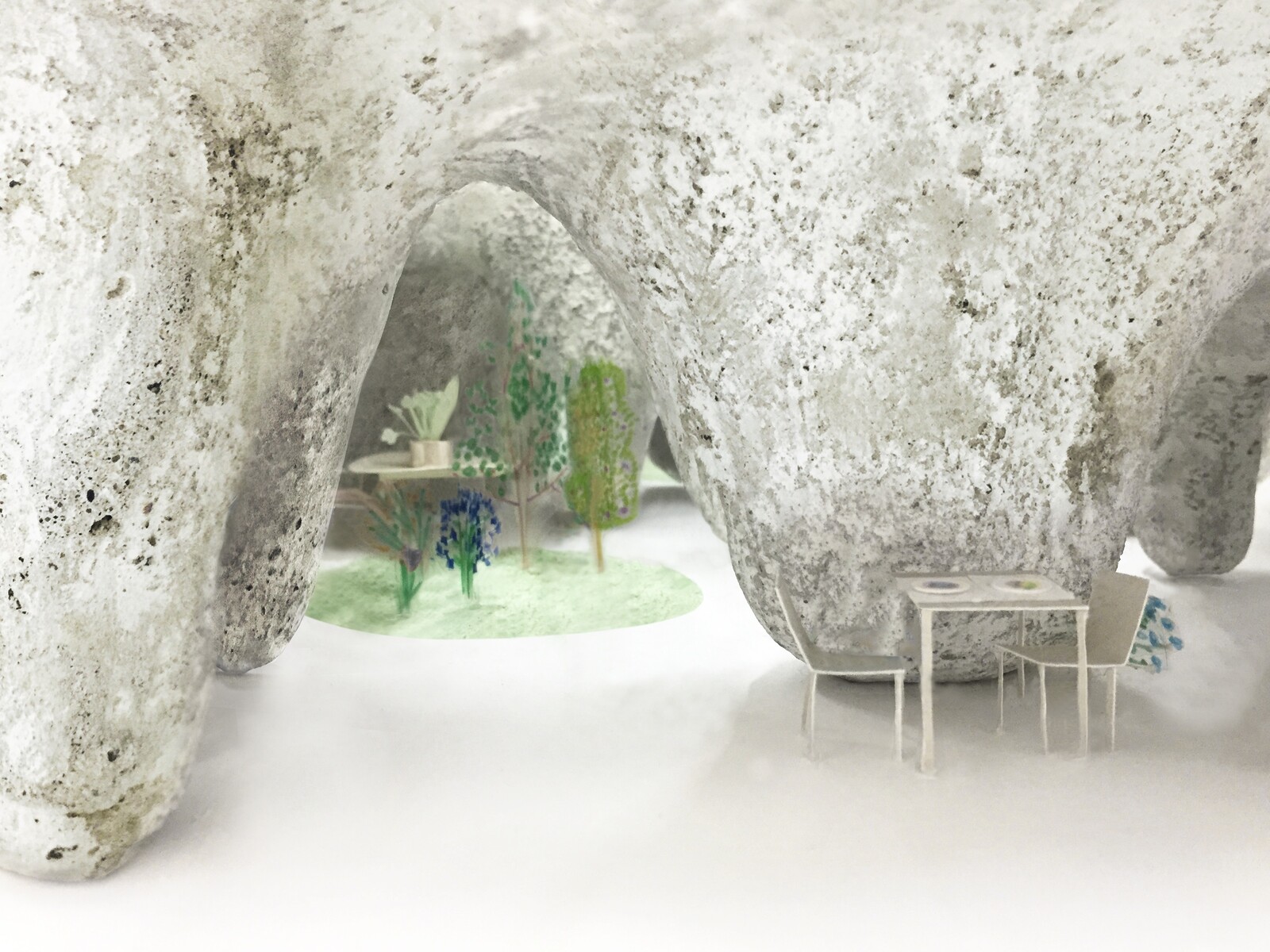
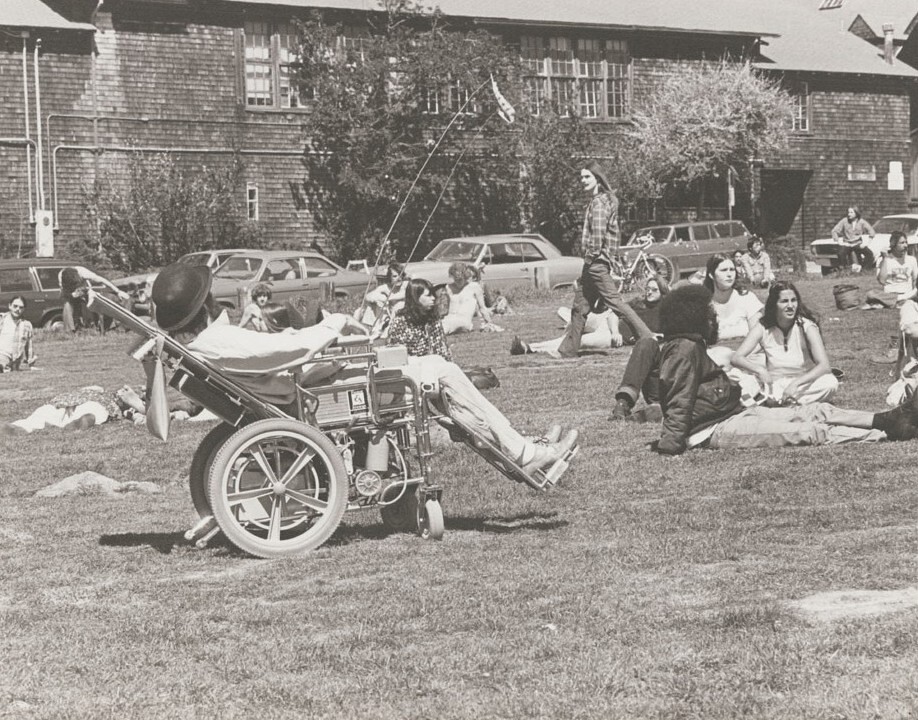
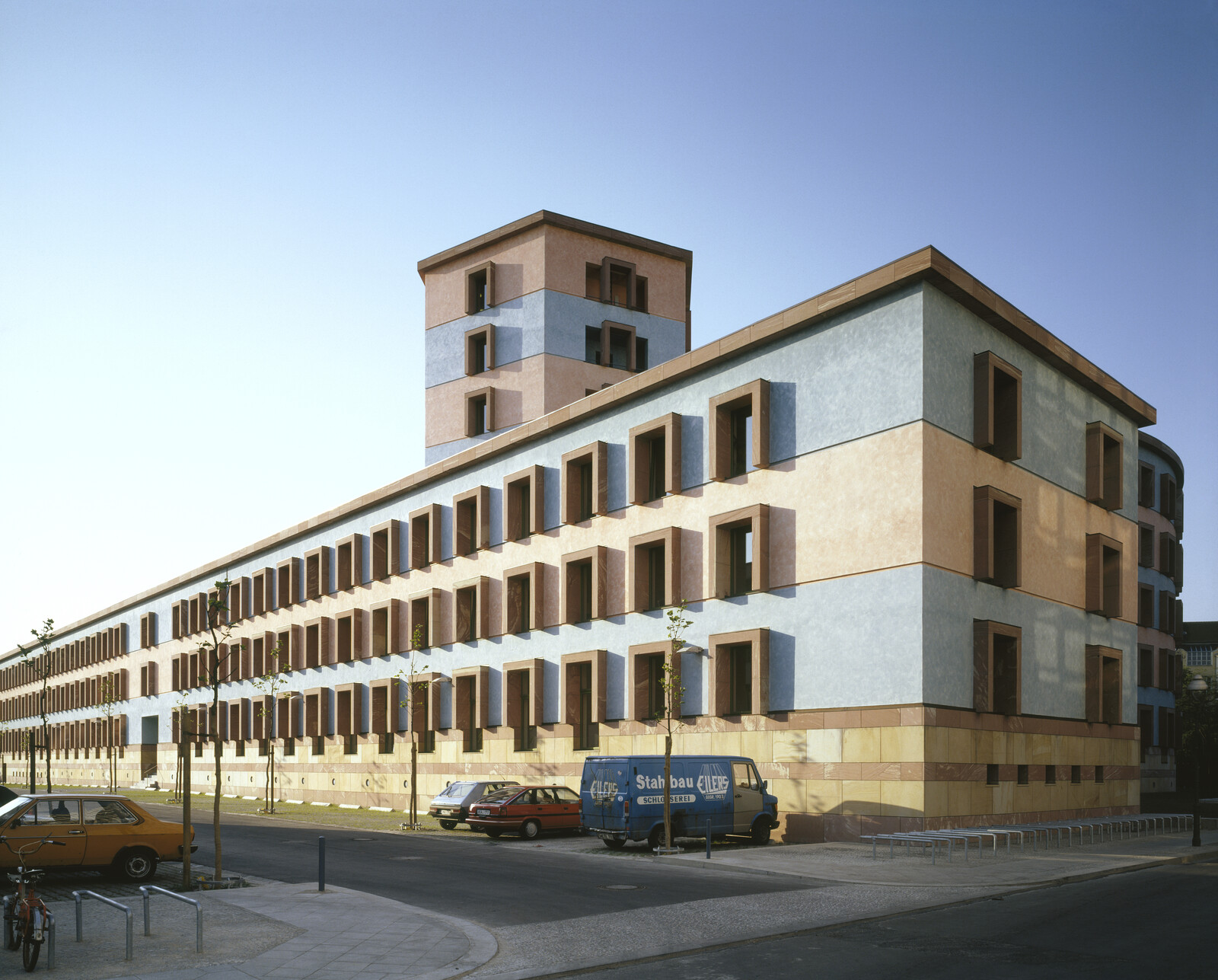
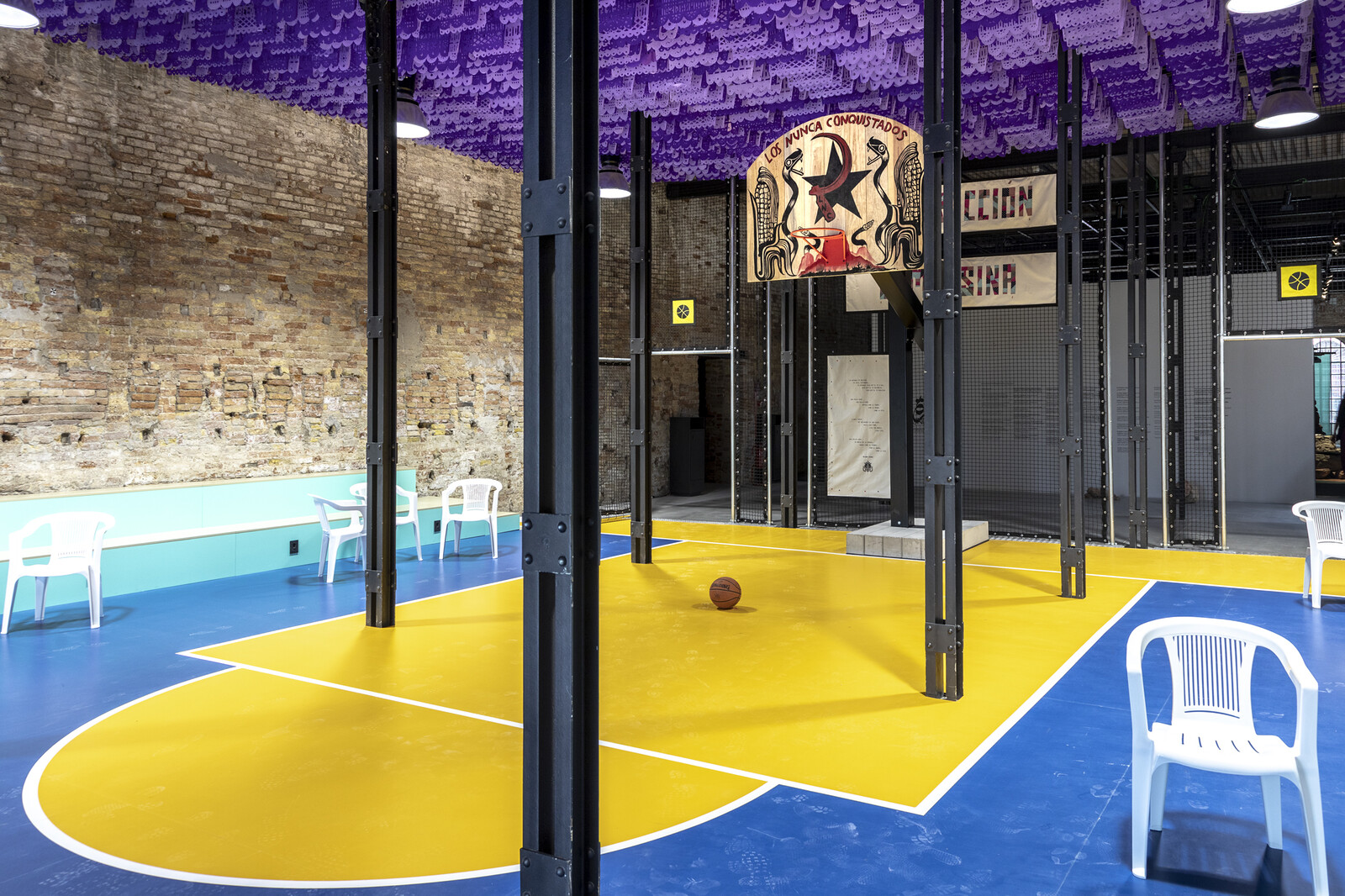
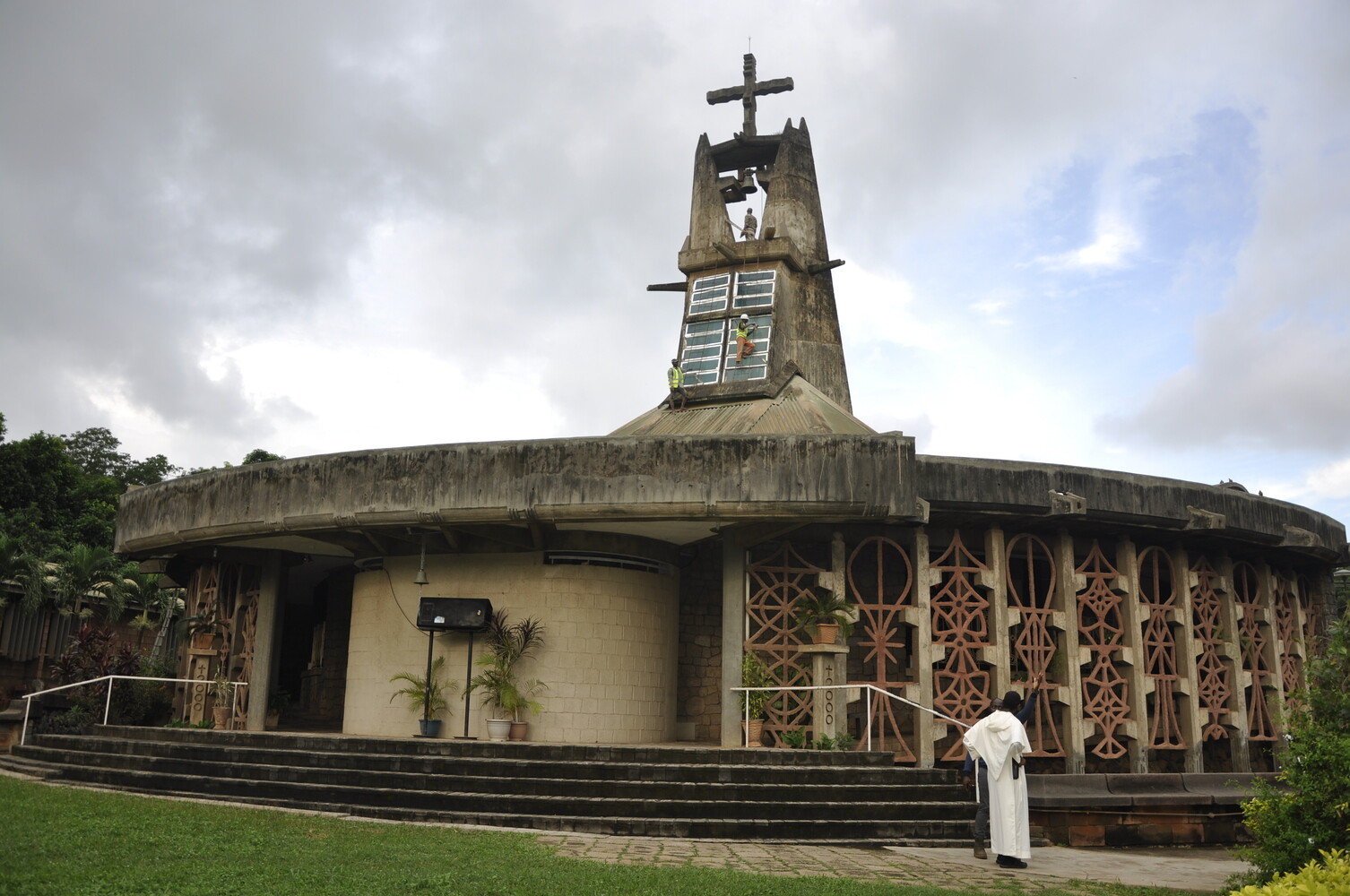
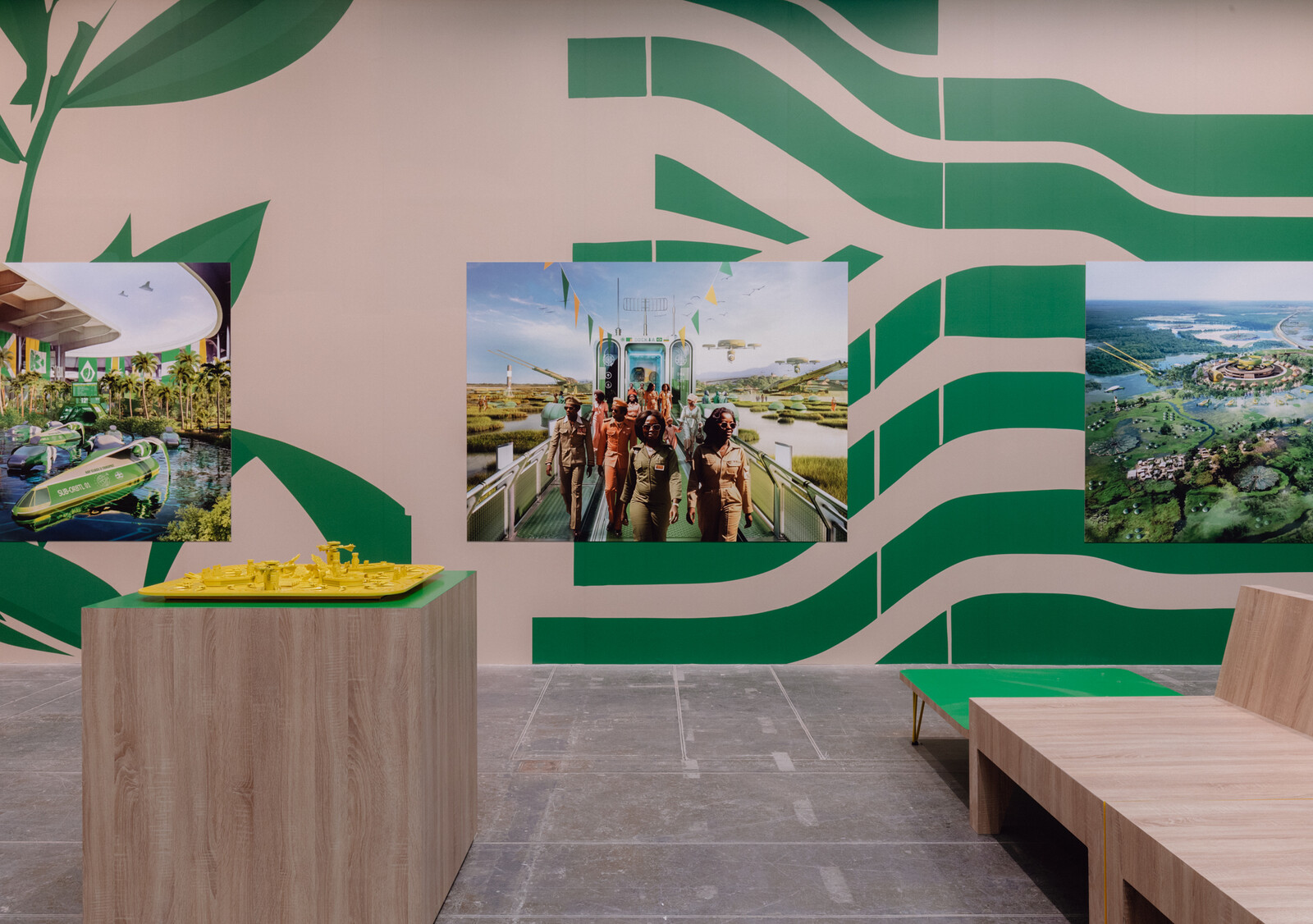
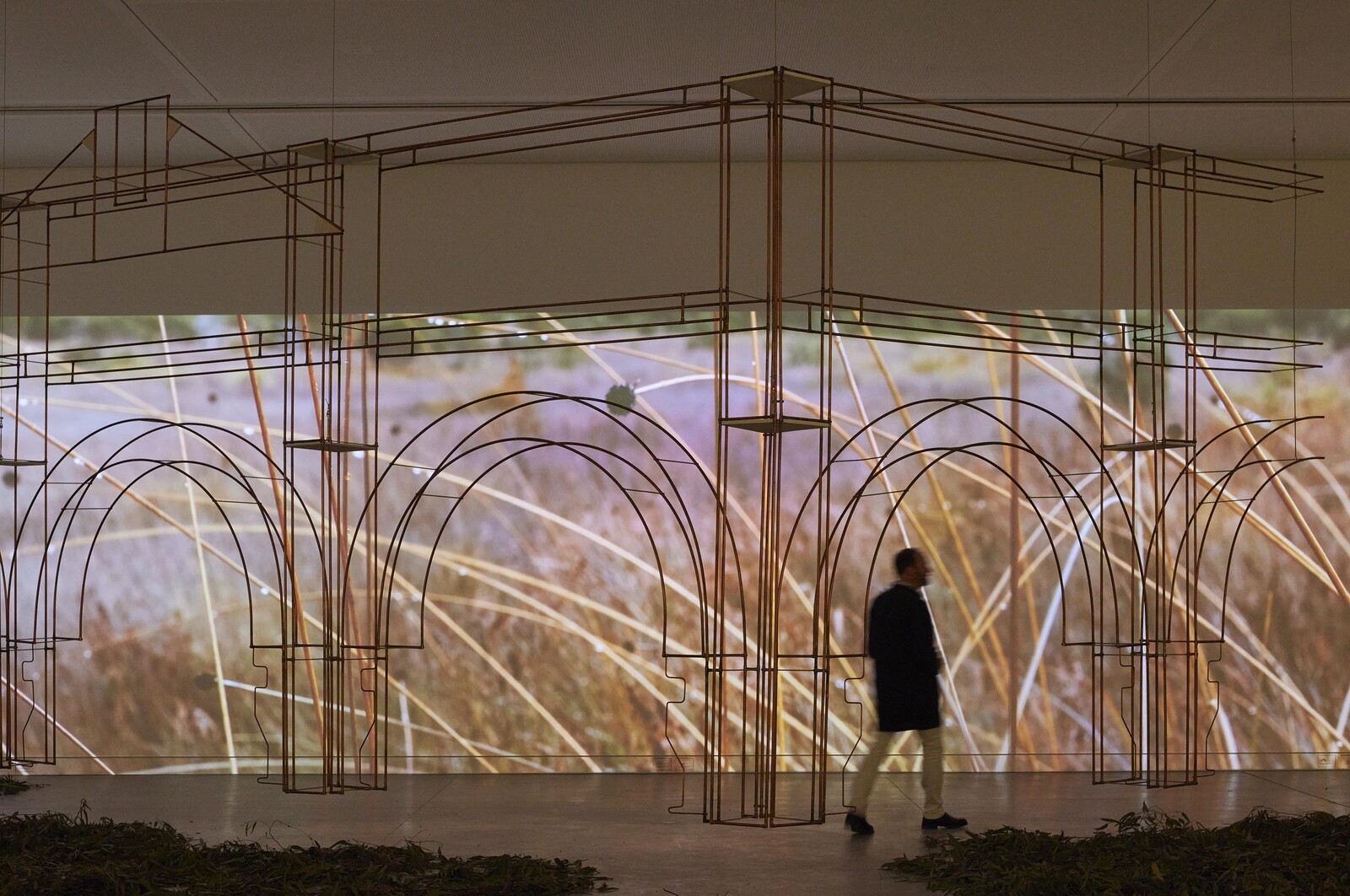

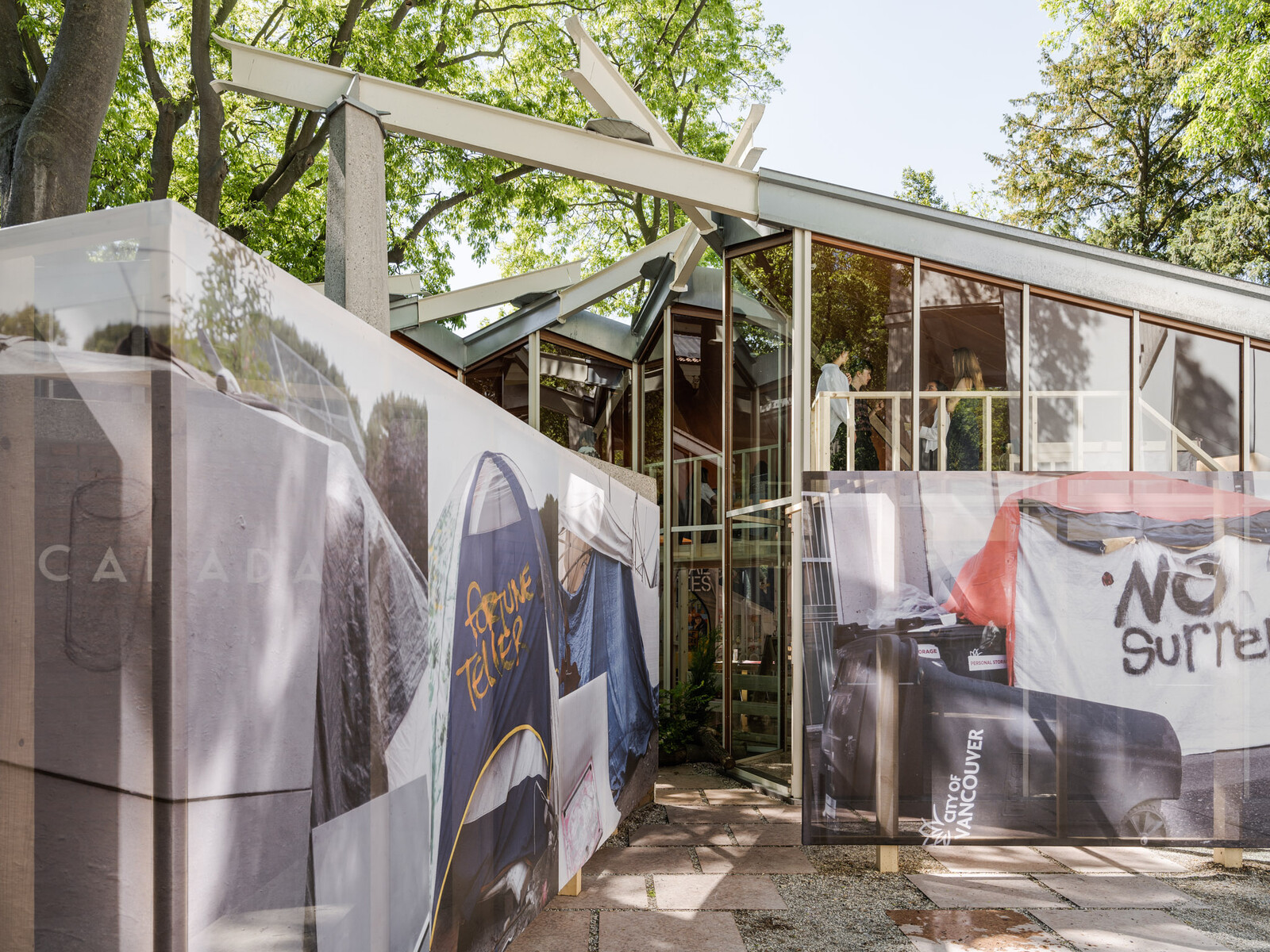
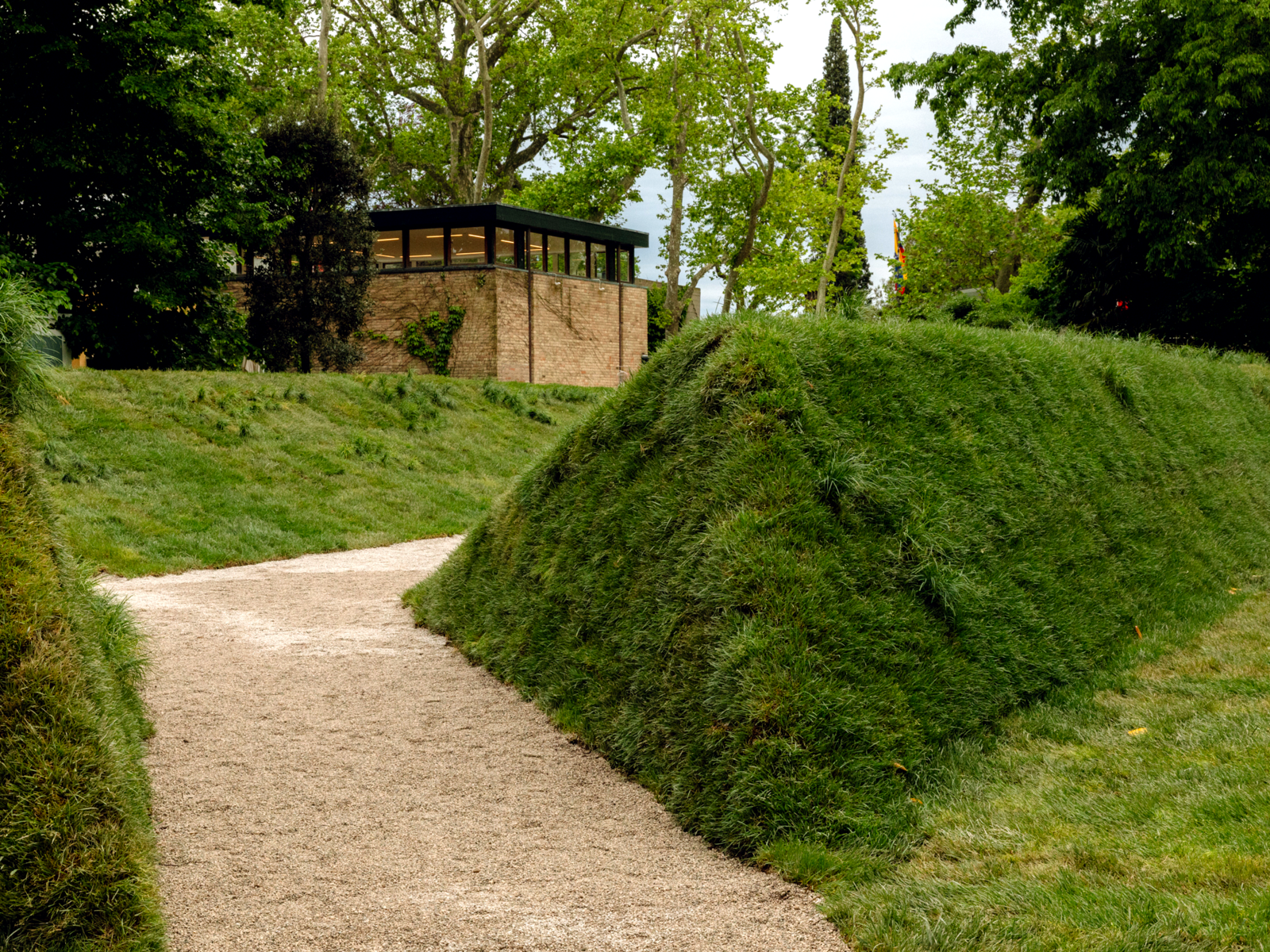
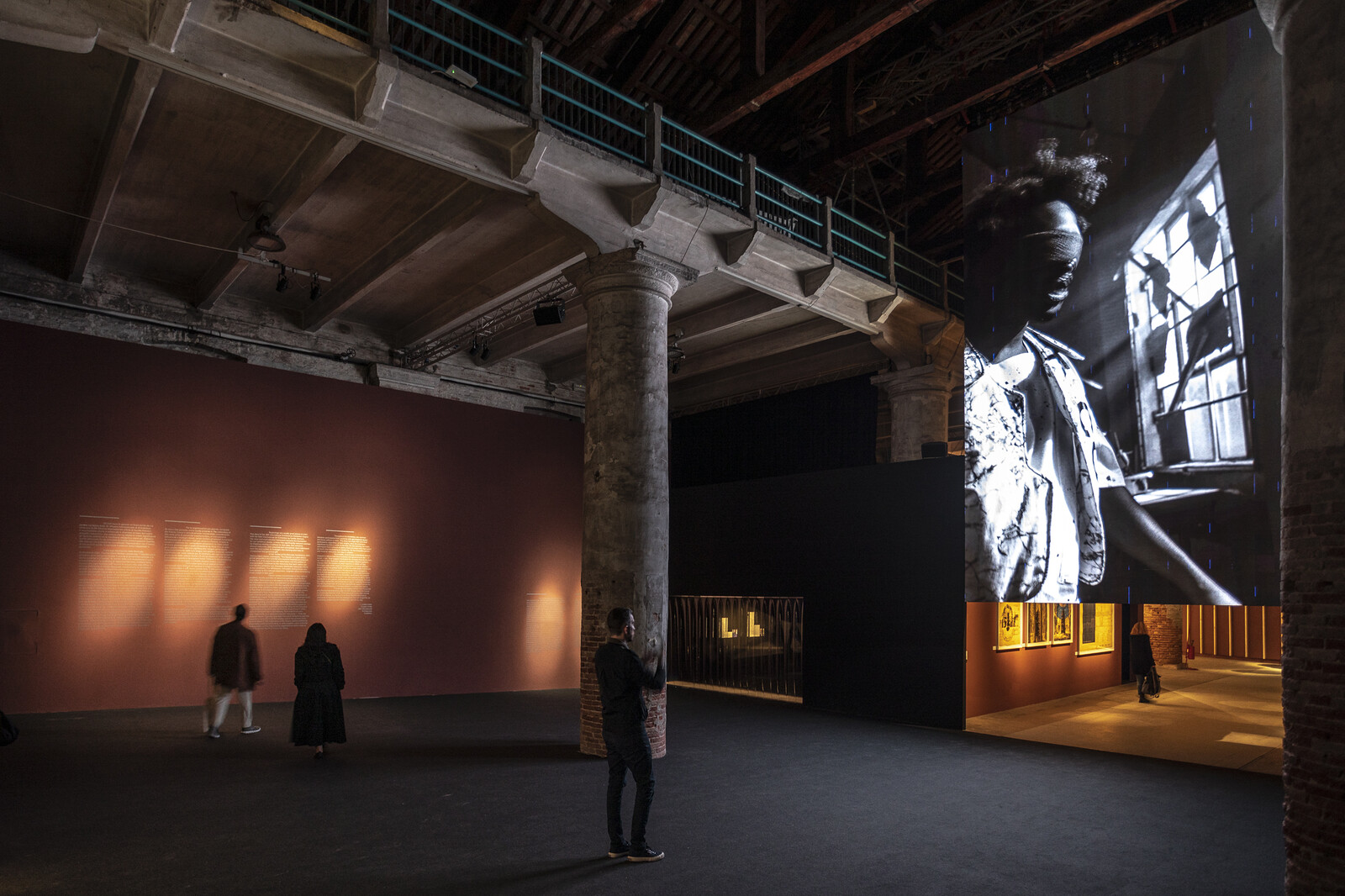
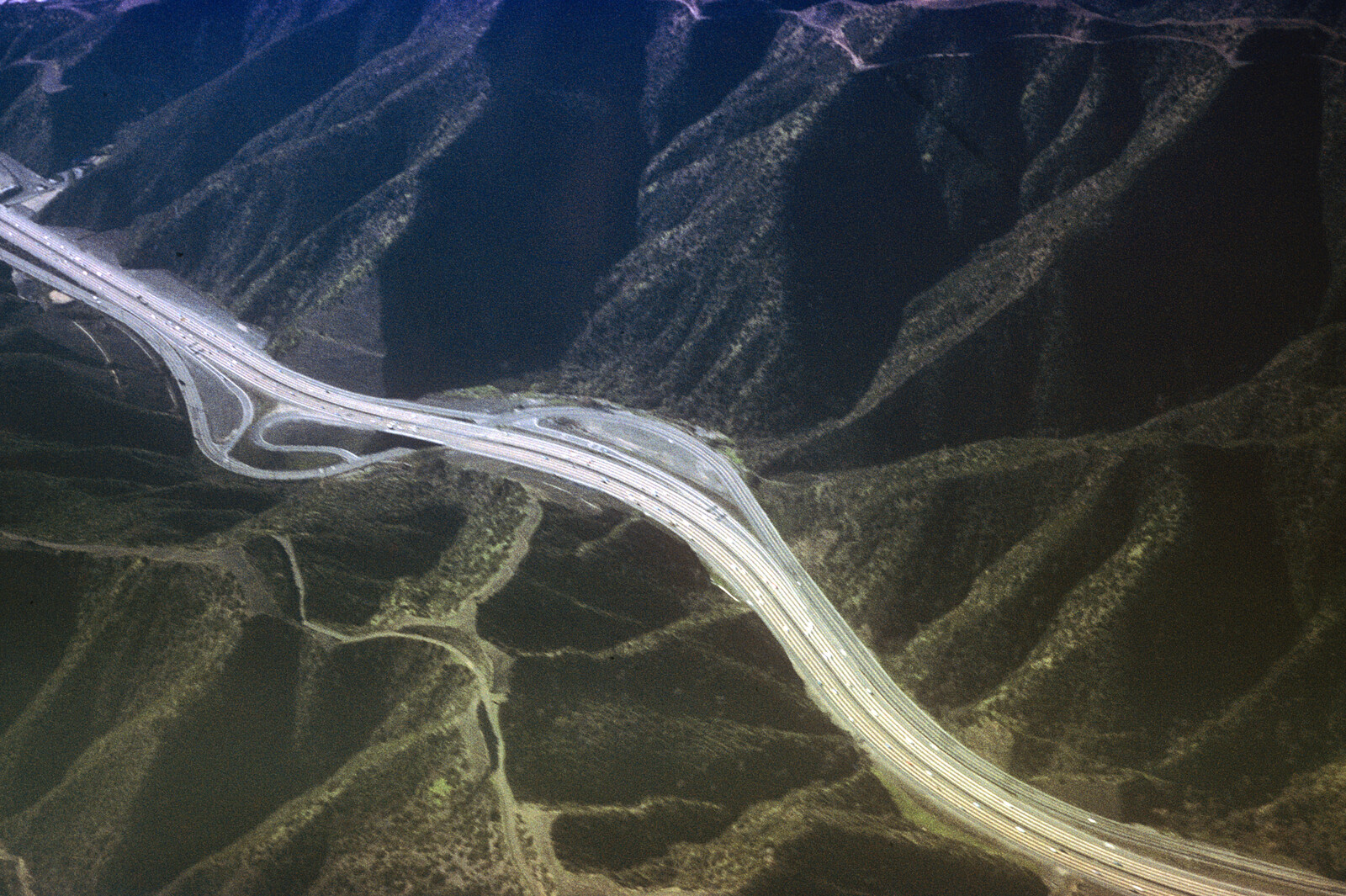
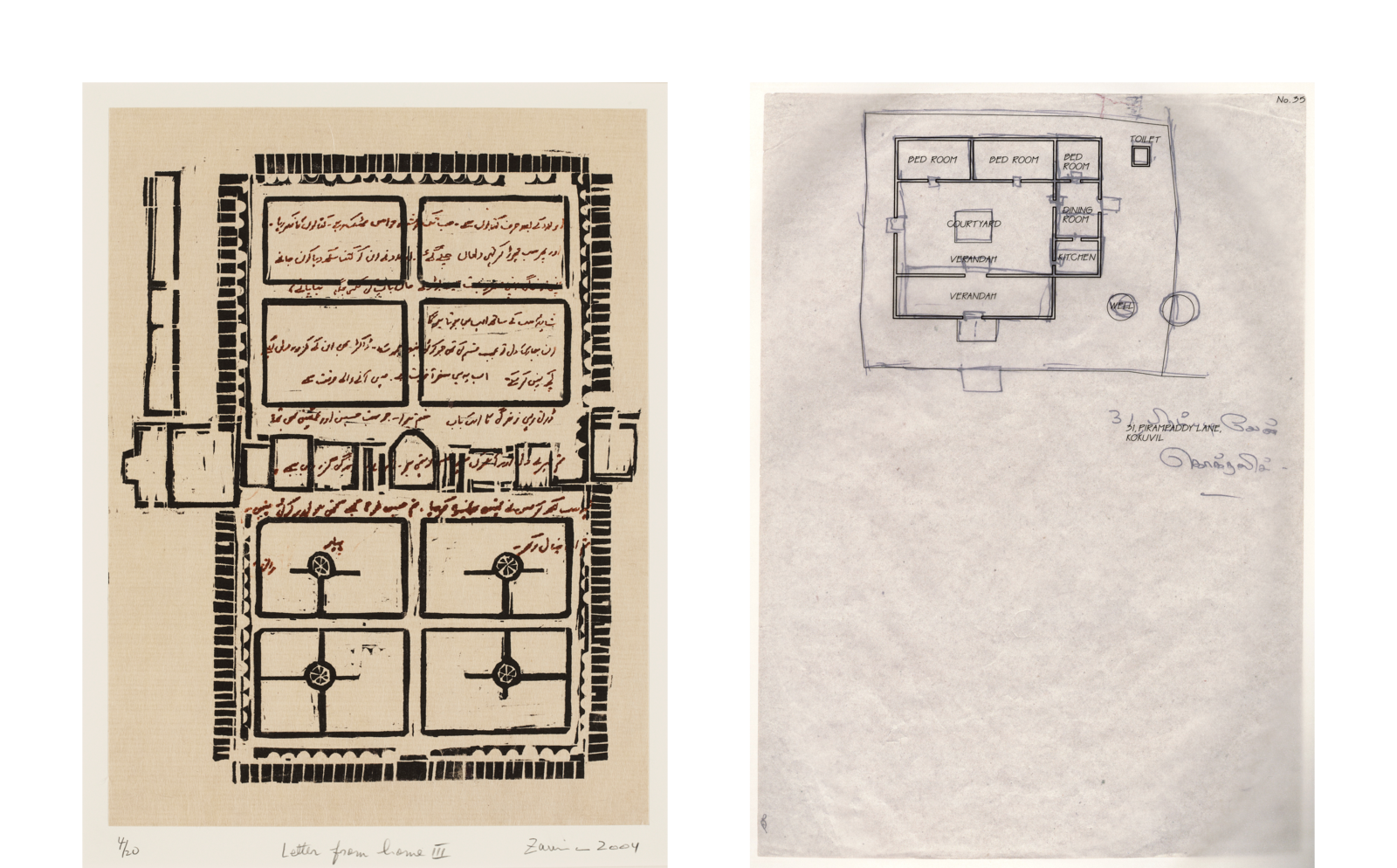
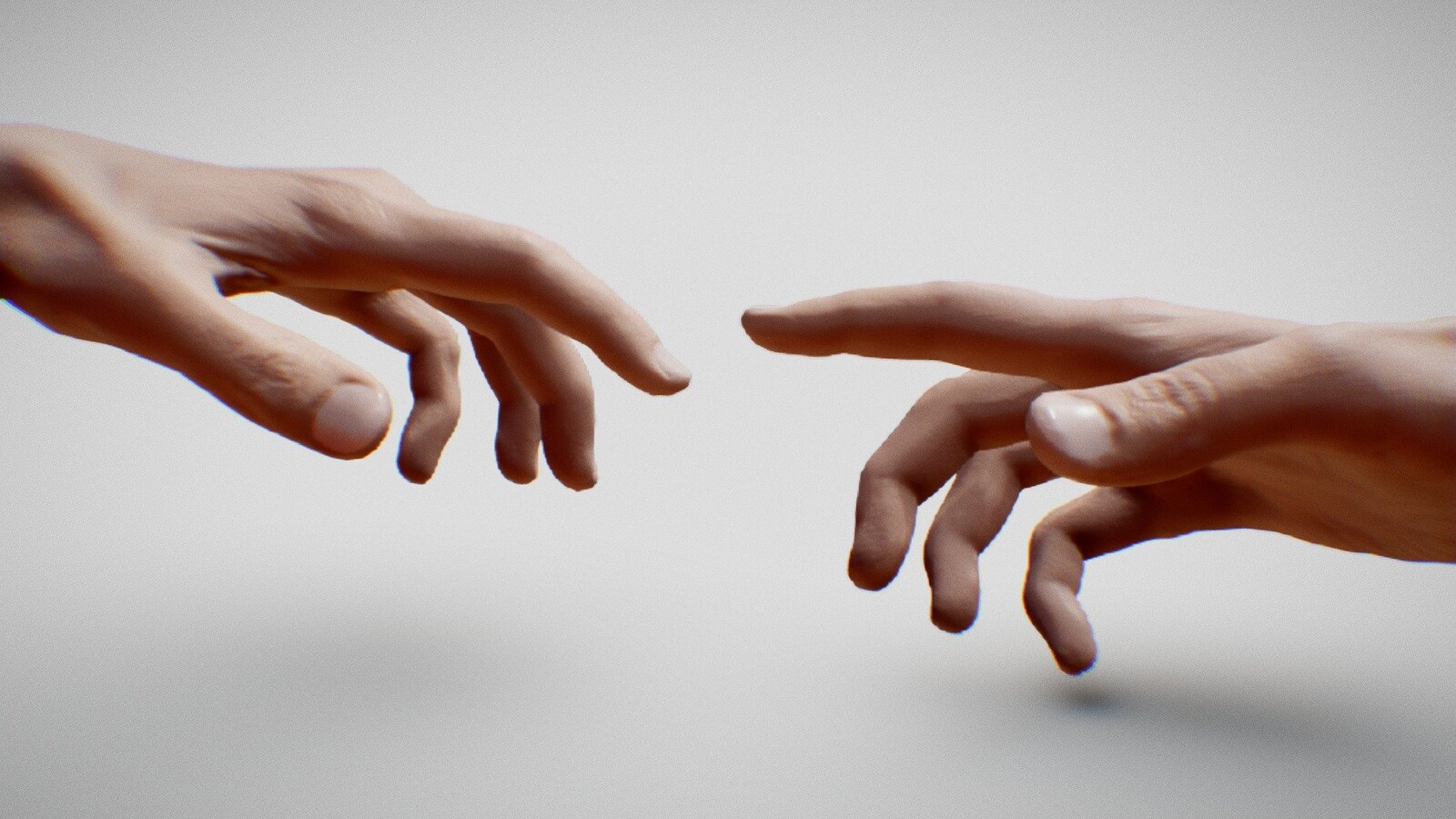
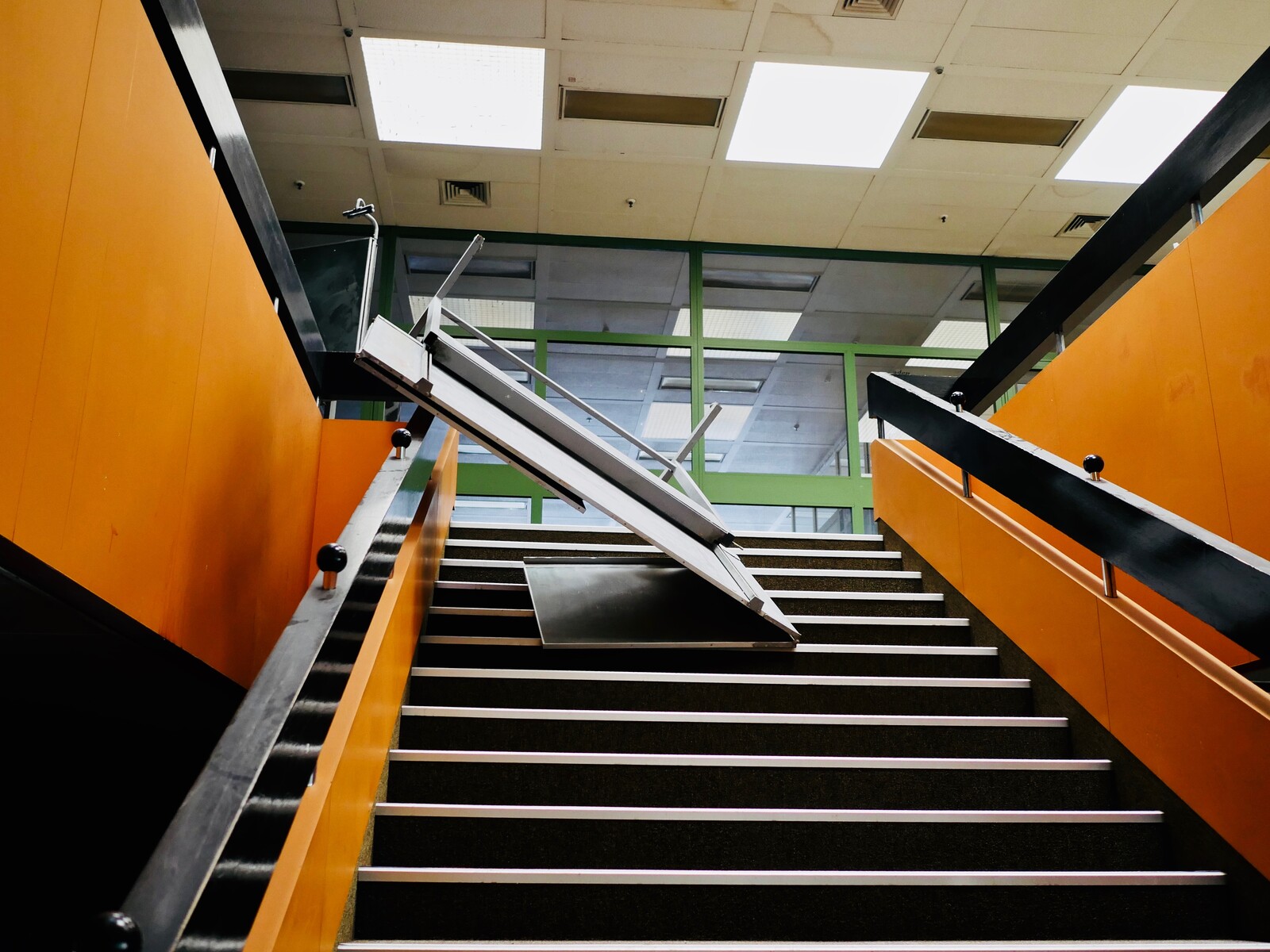
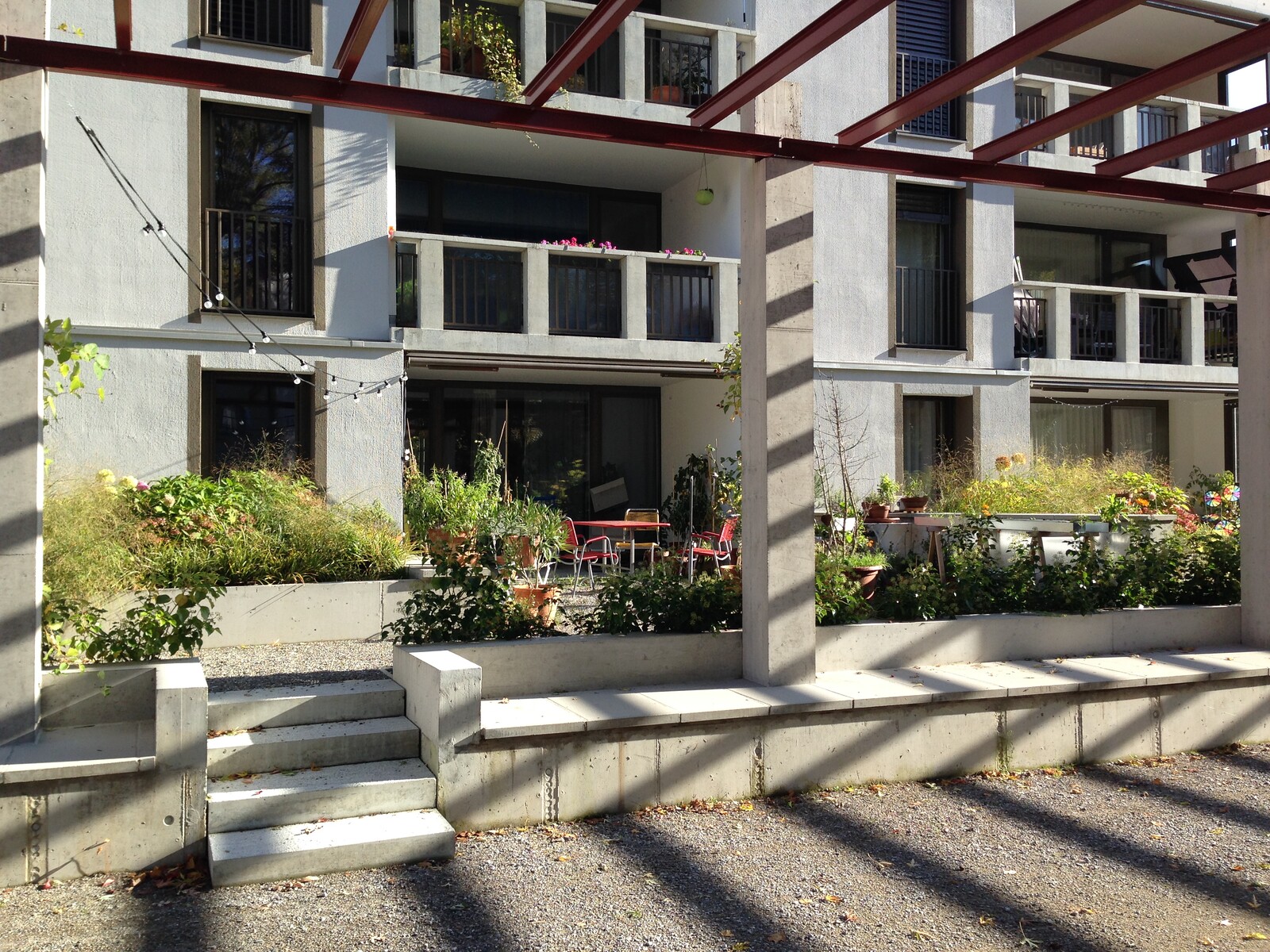
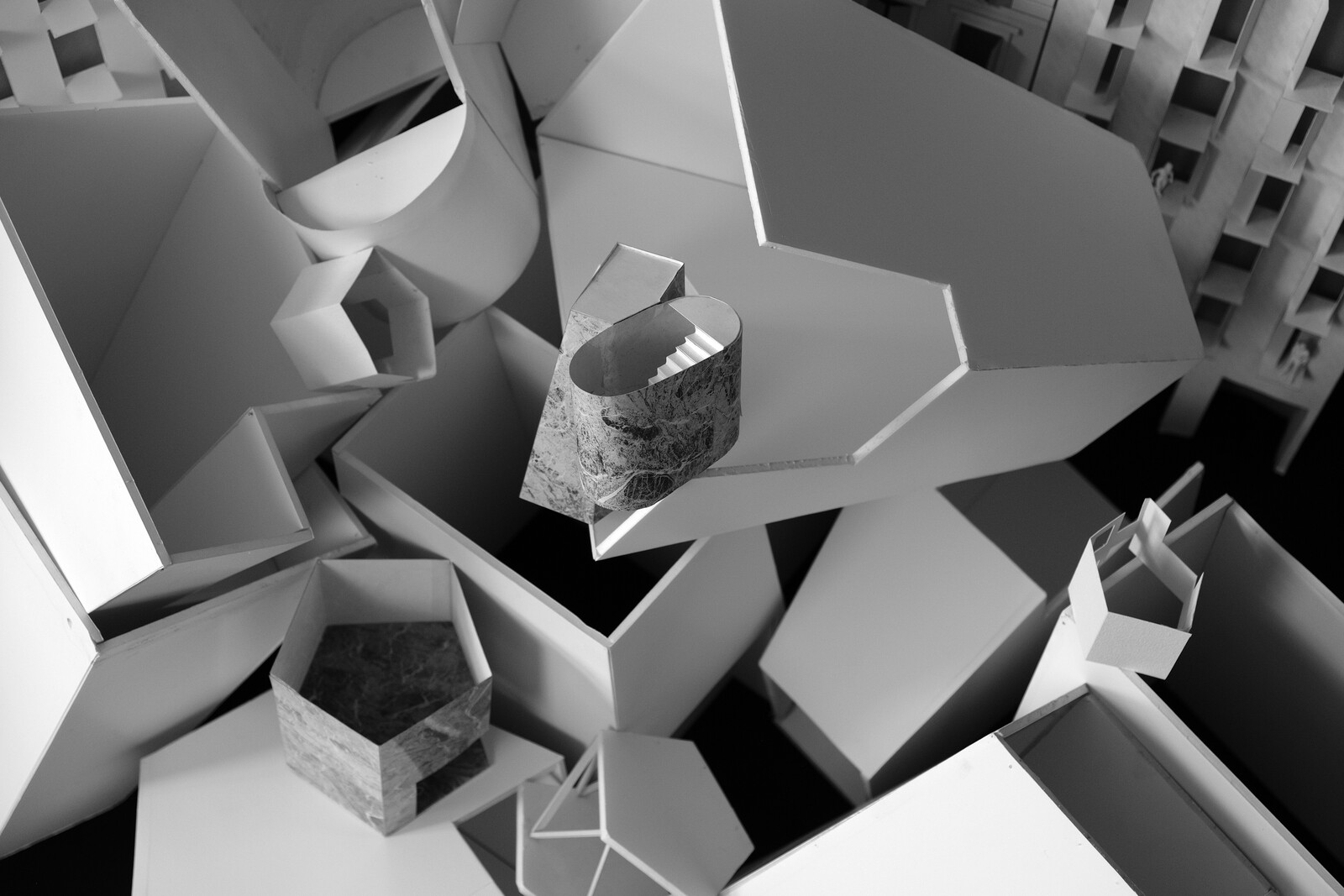
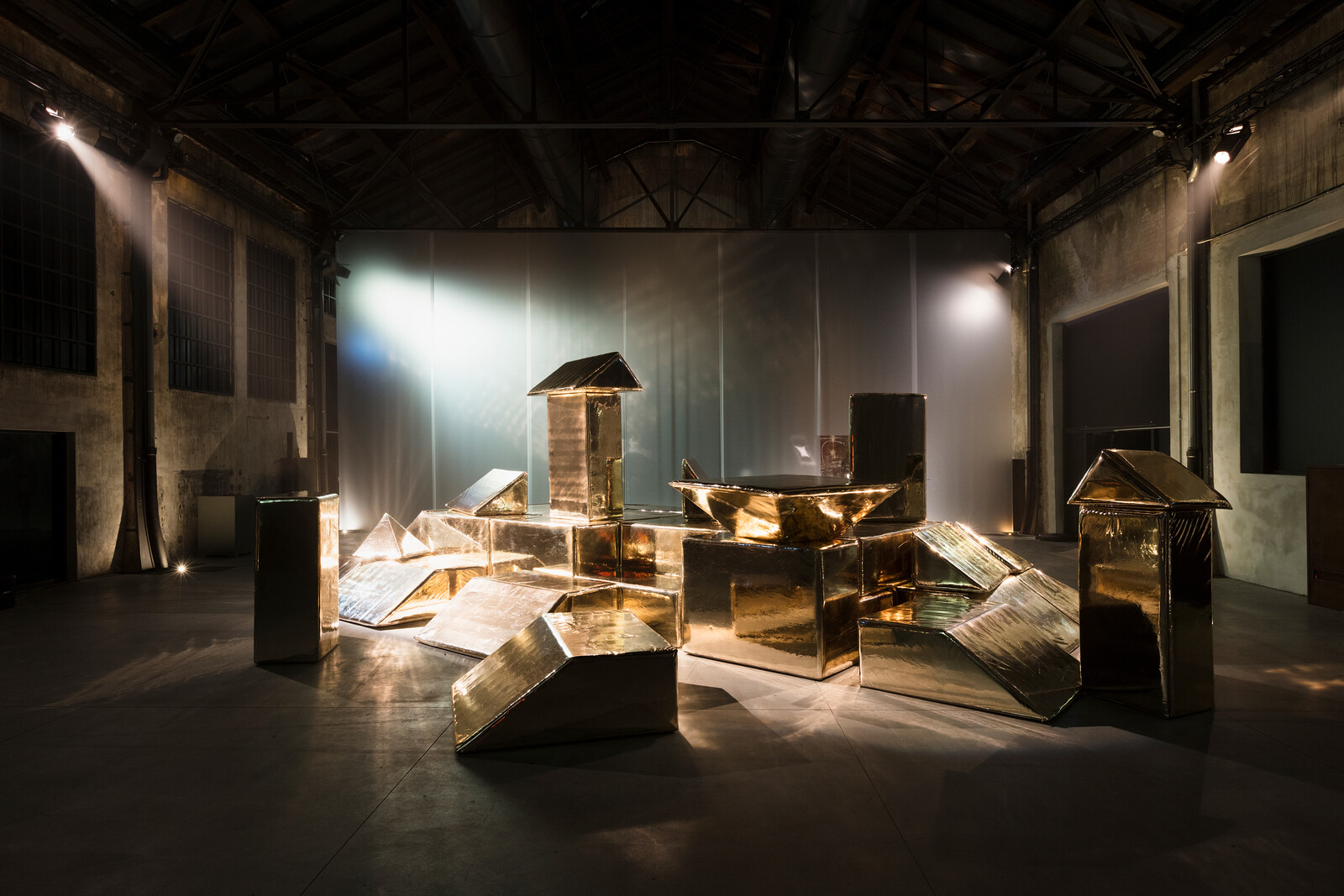
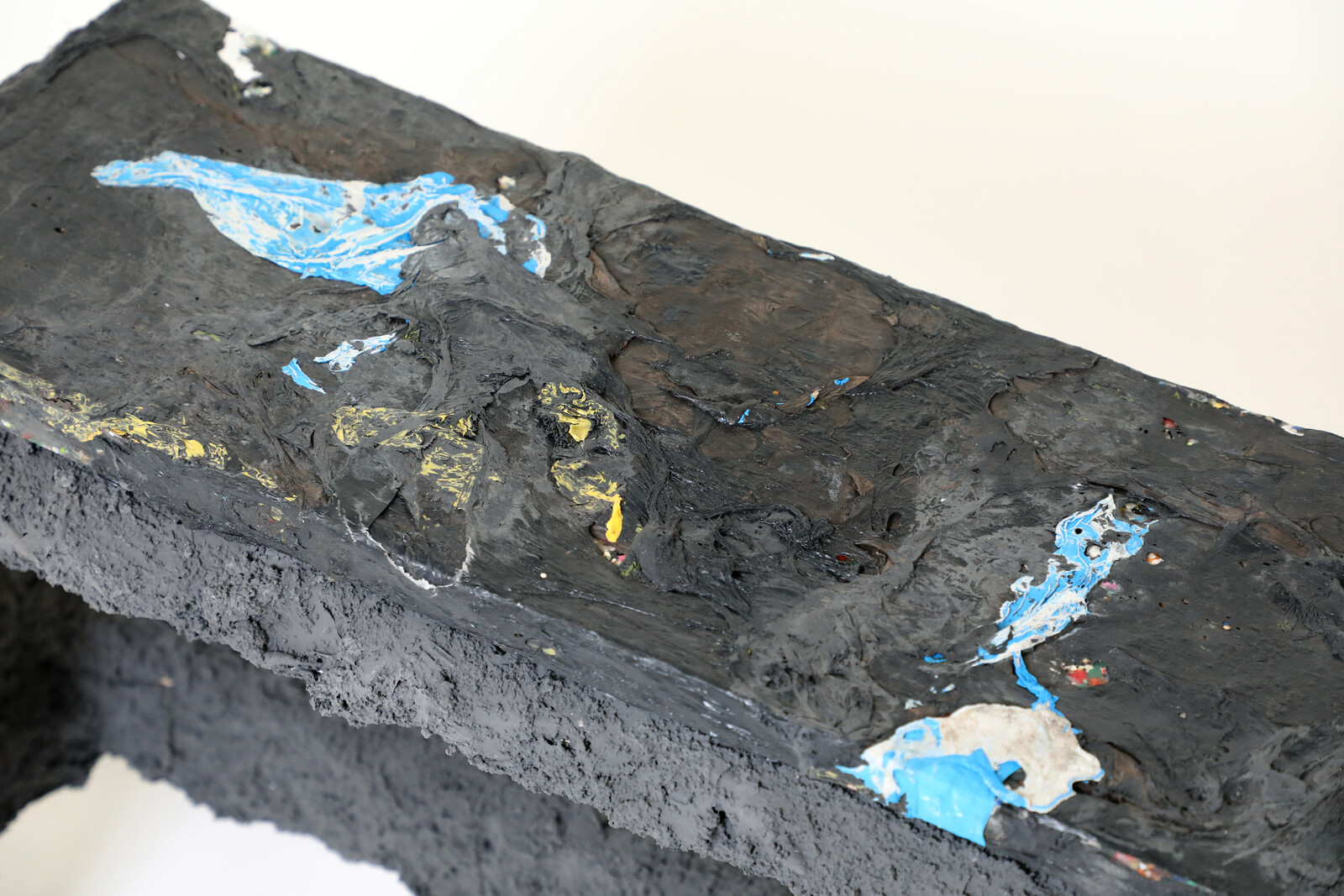
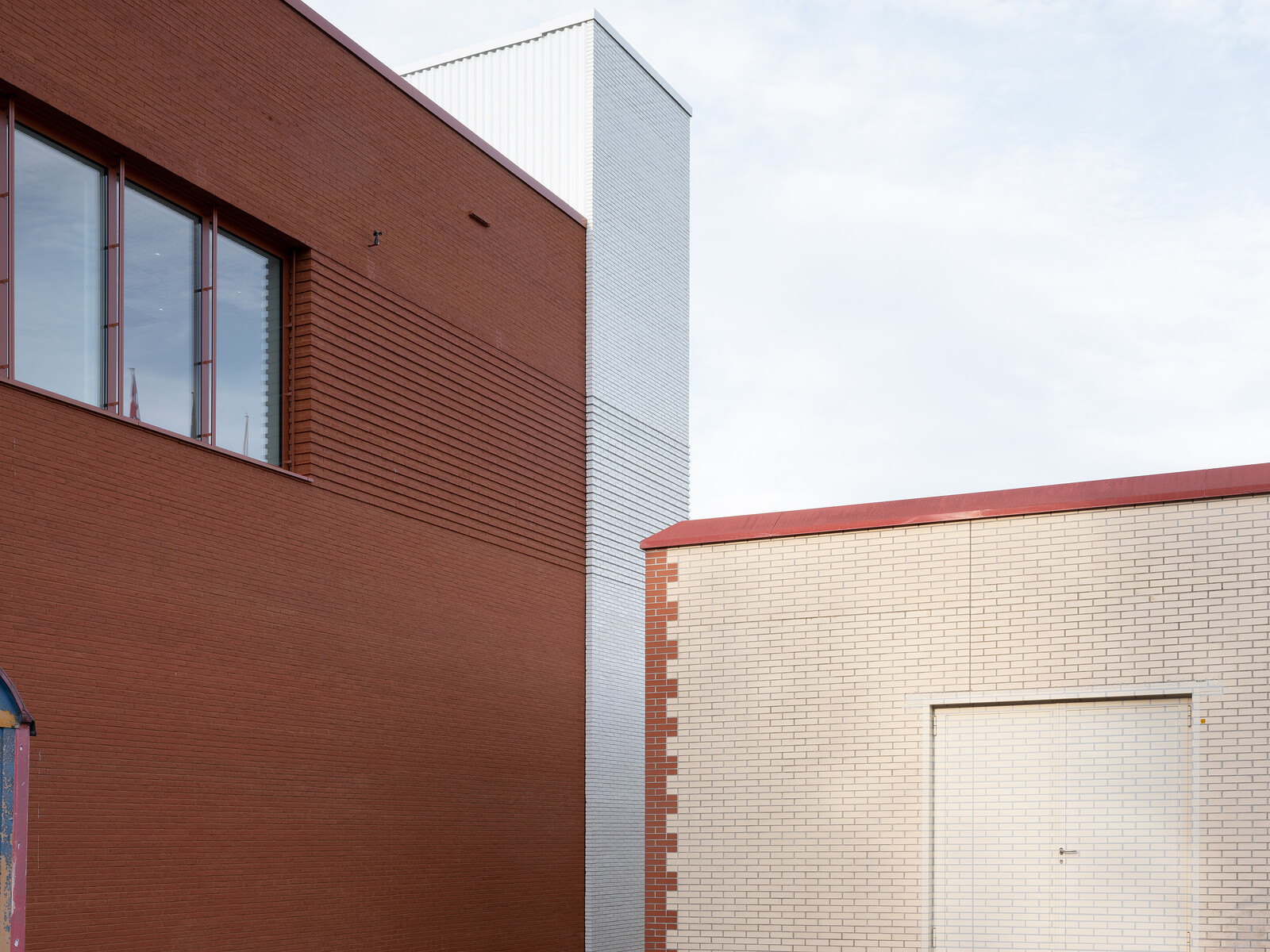
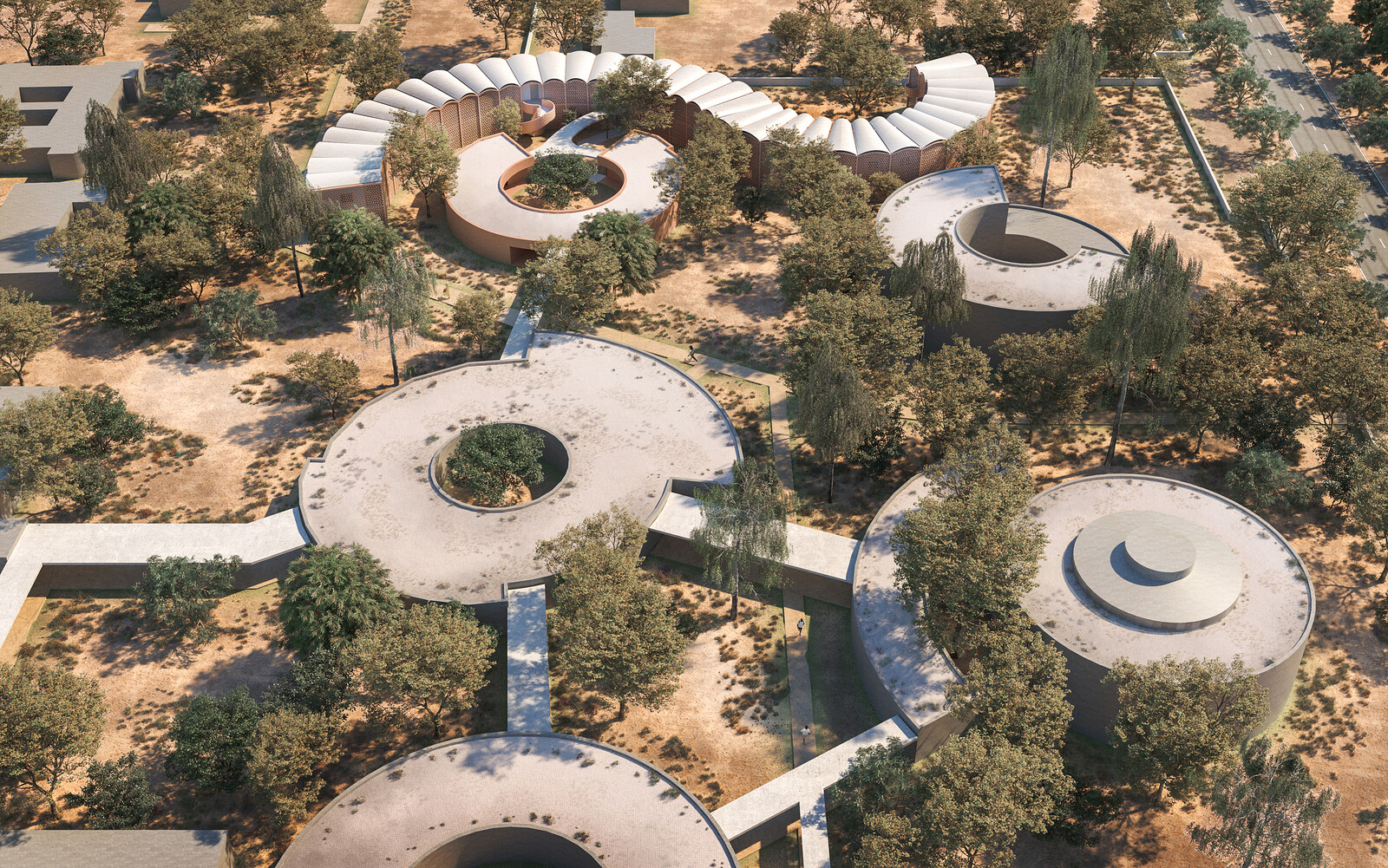


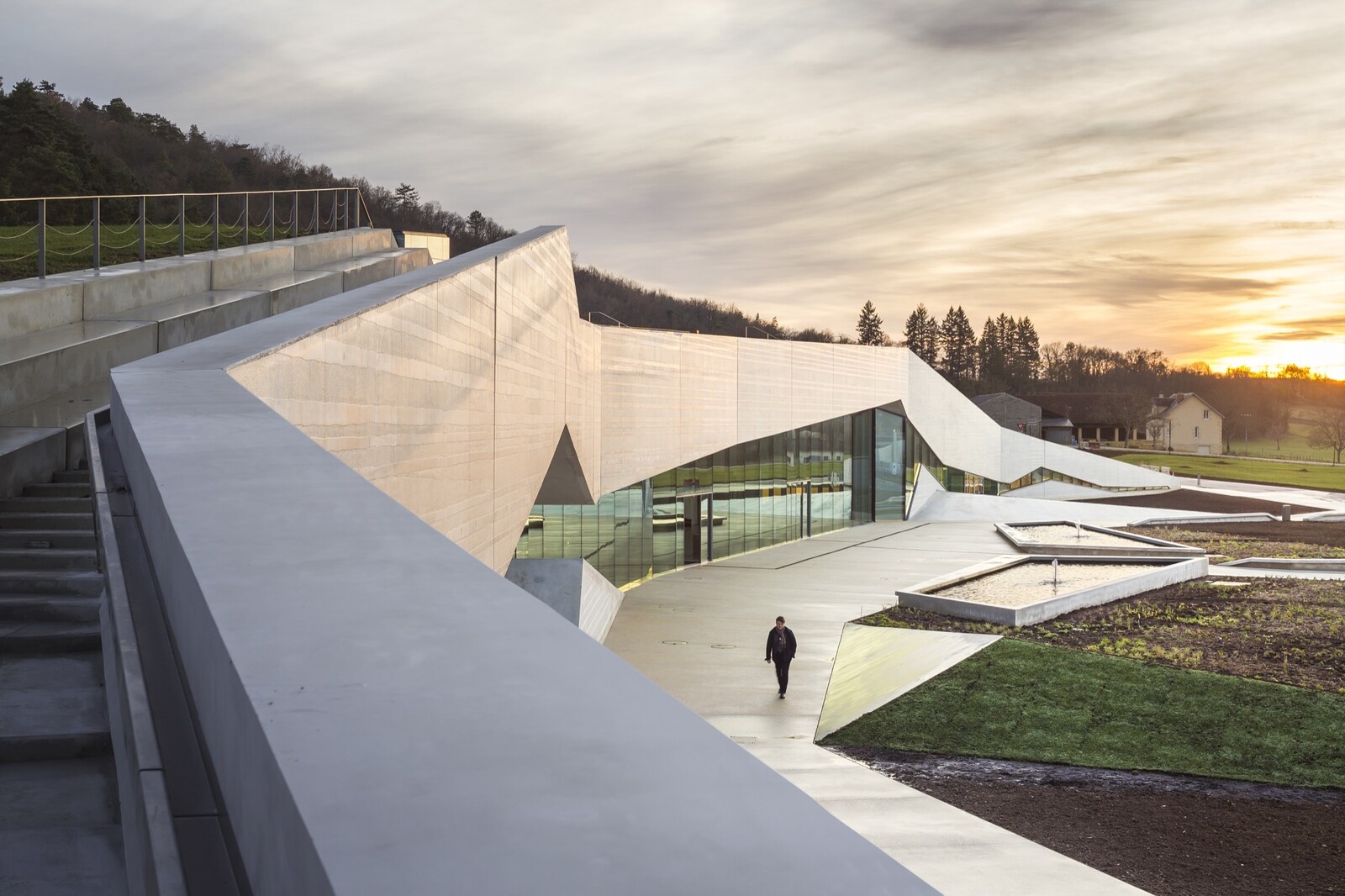
(2014).jpg,1600)

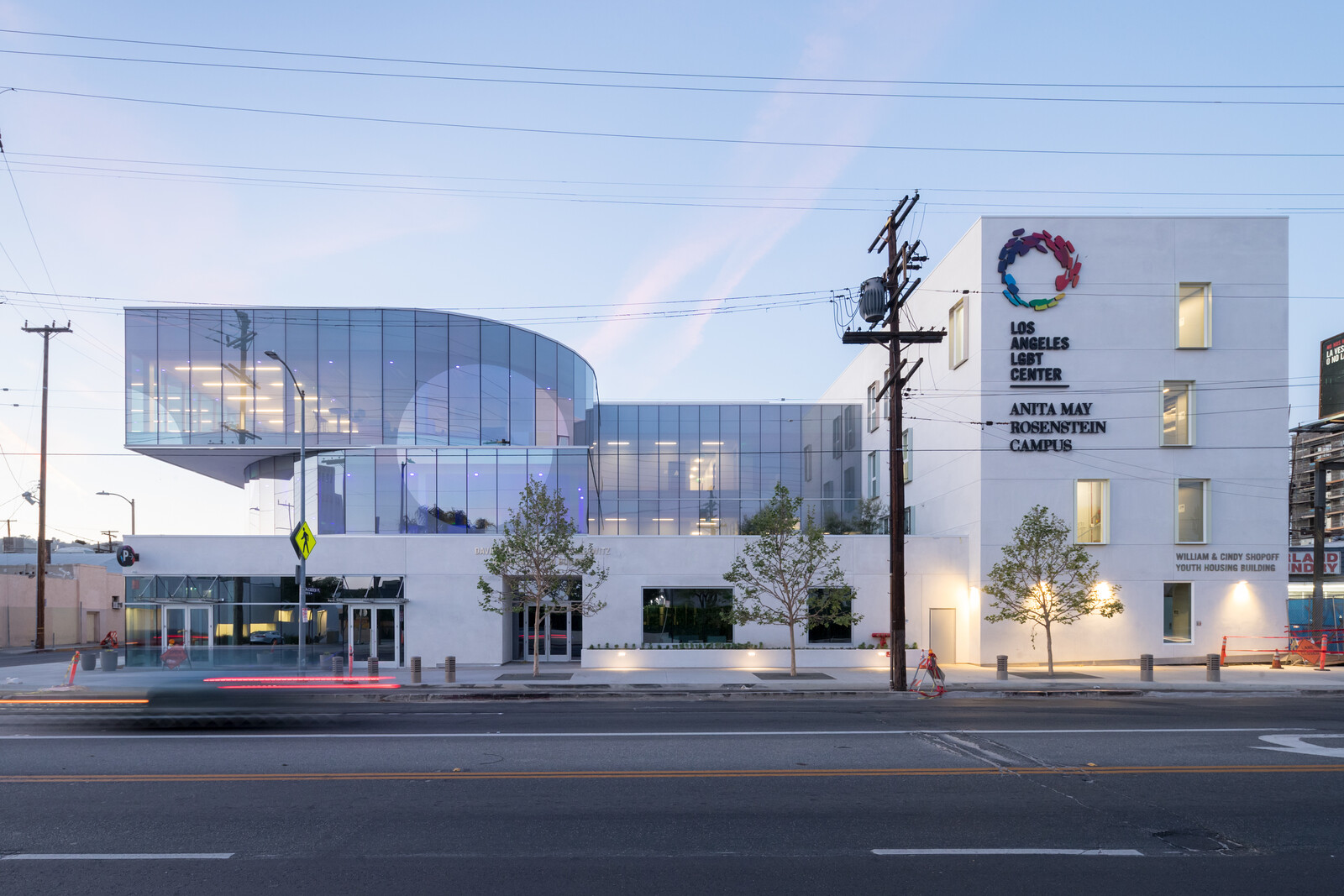
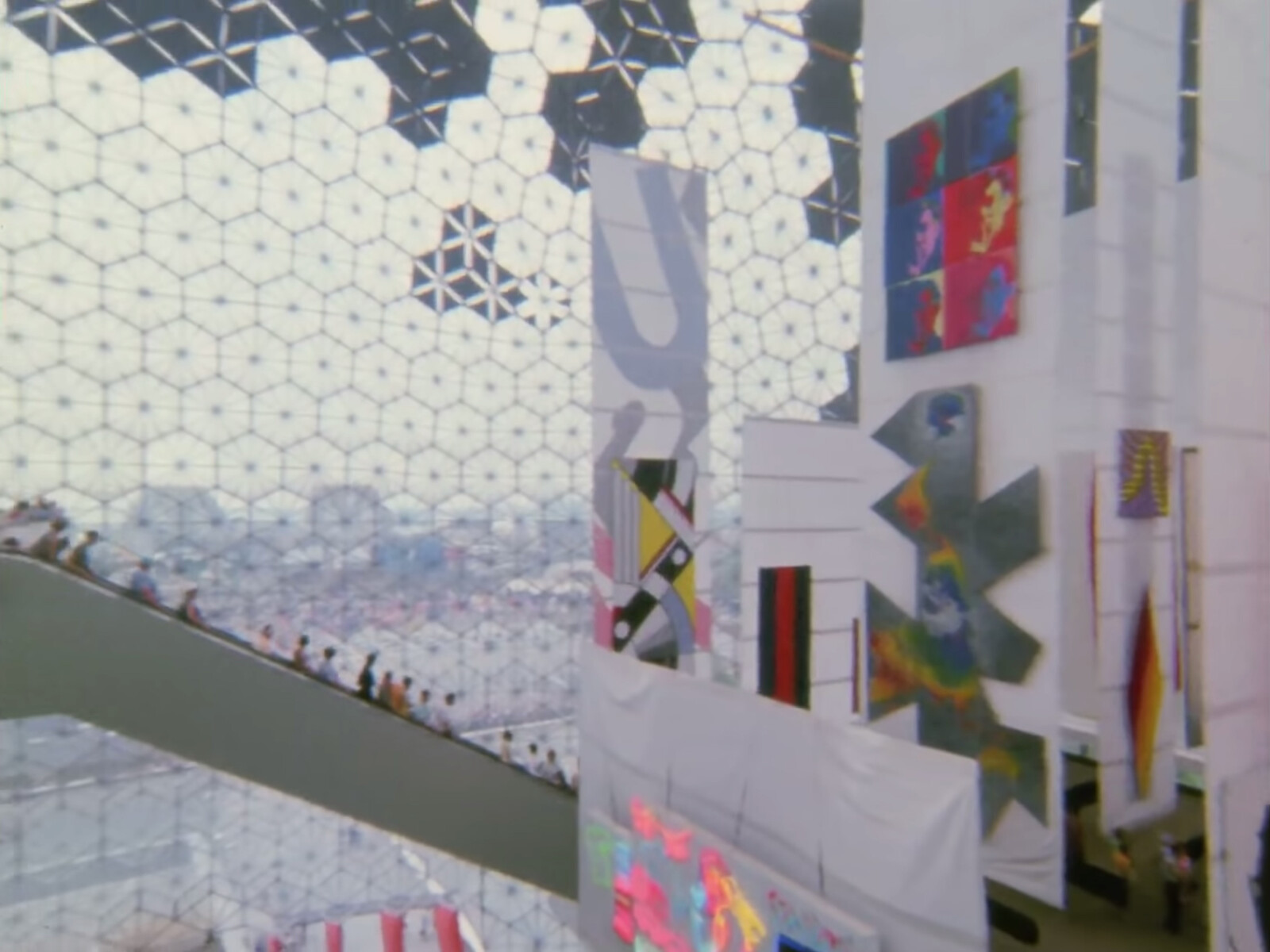
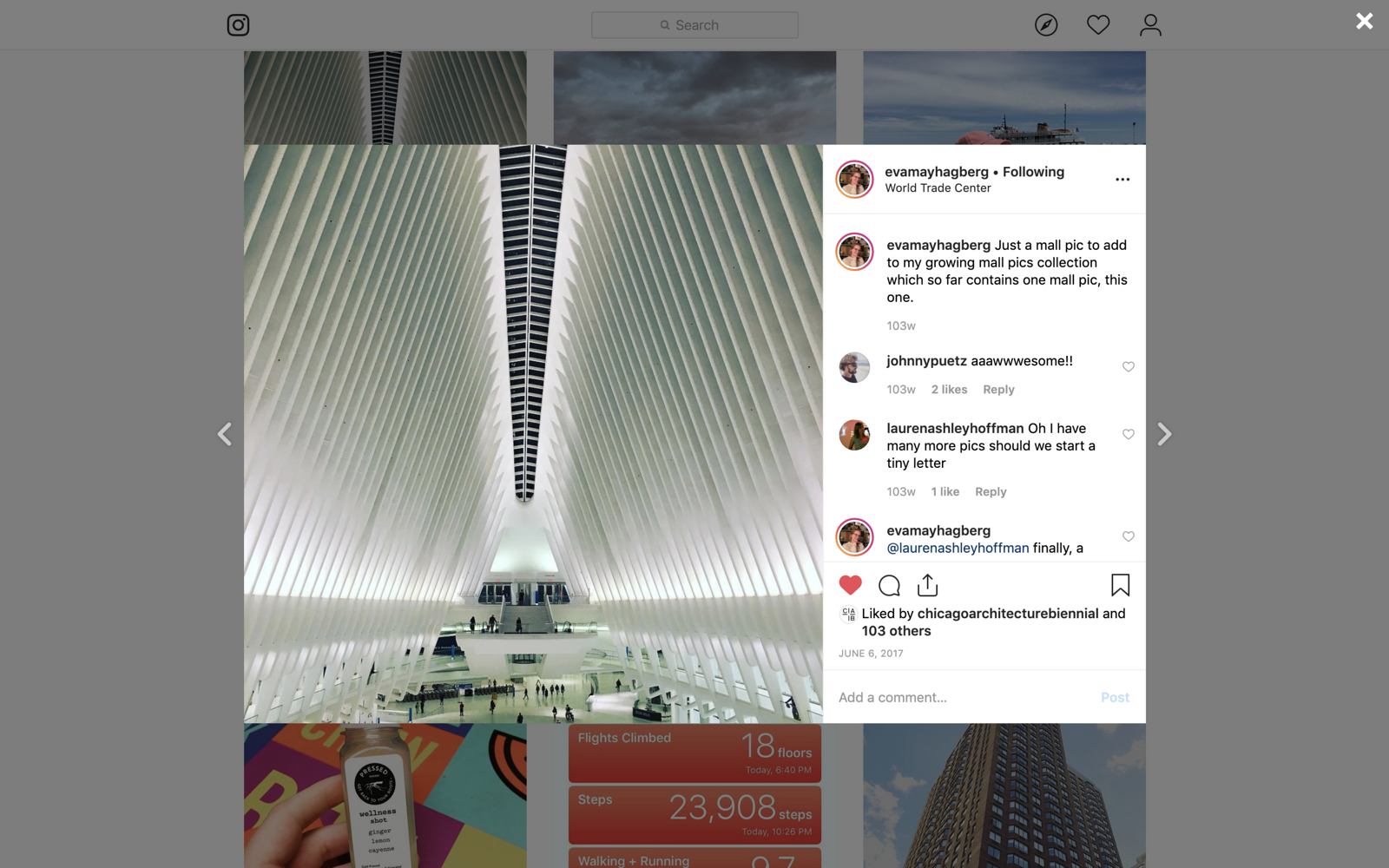
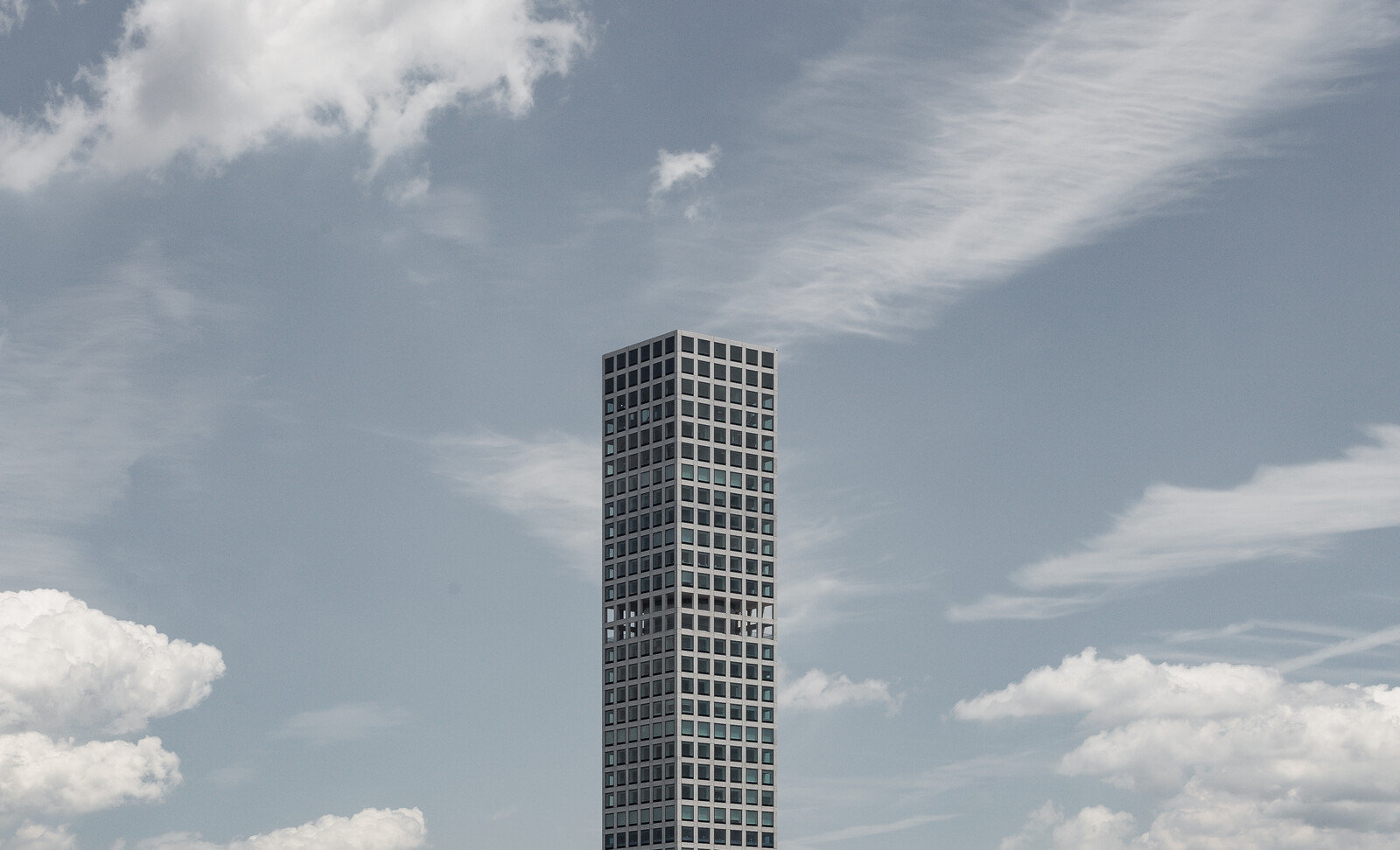
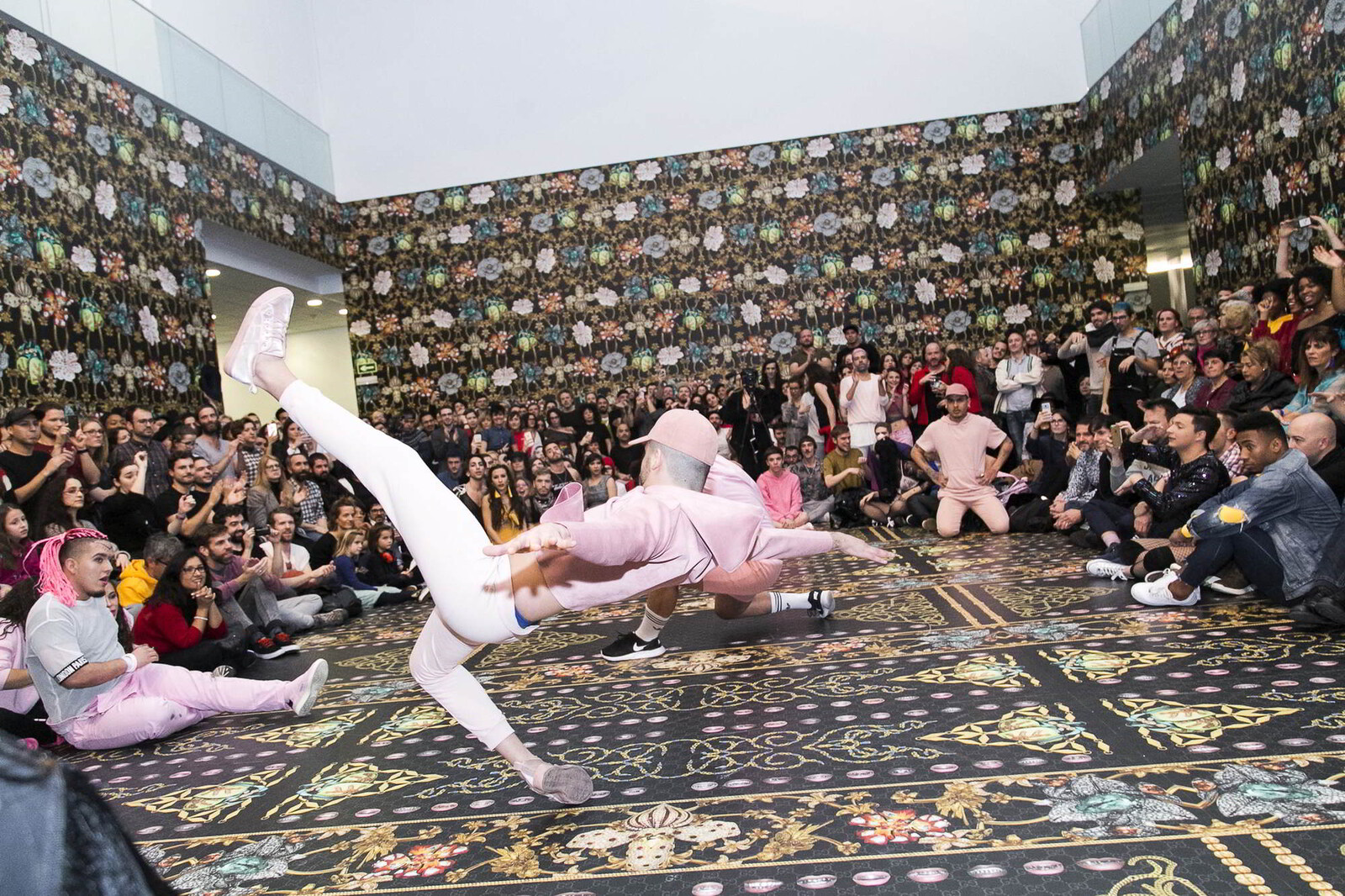
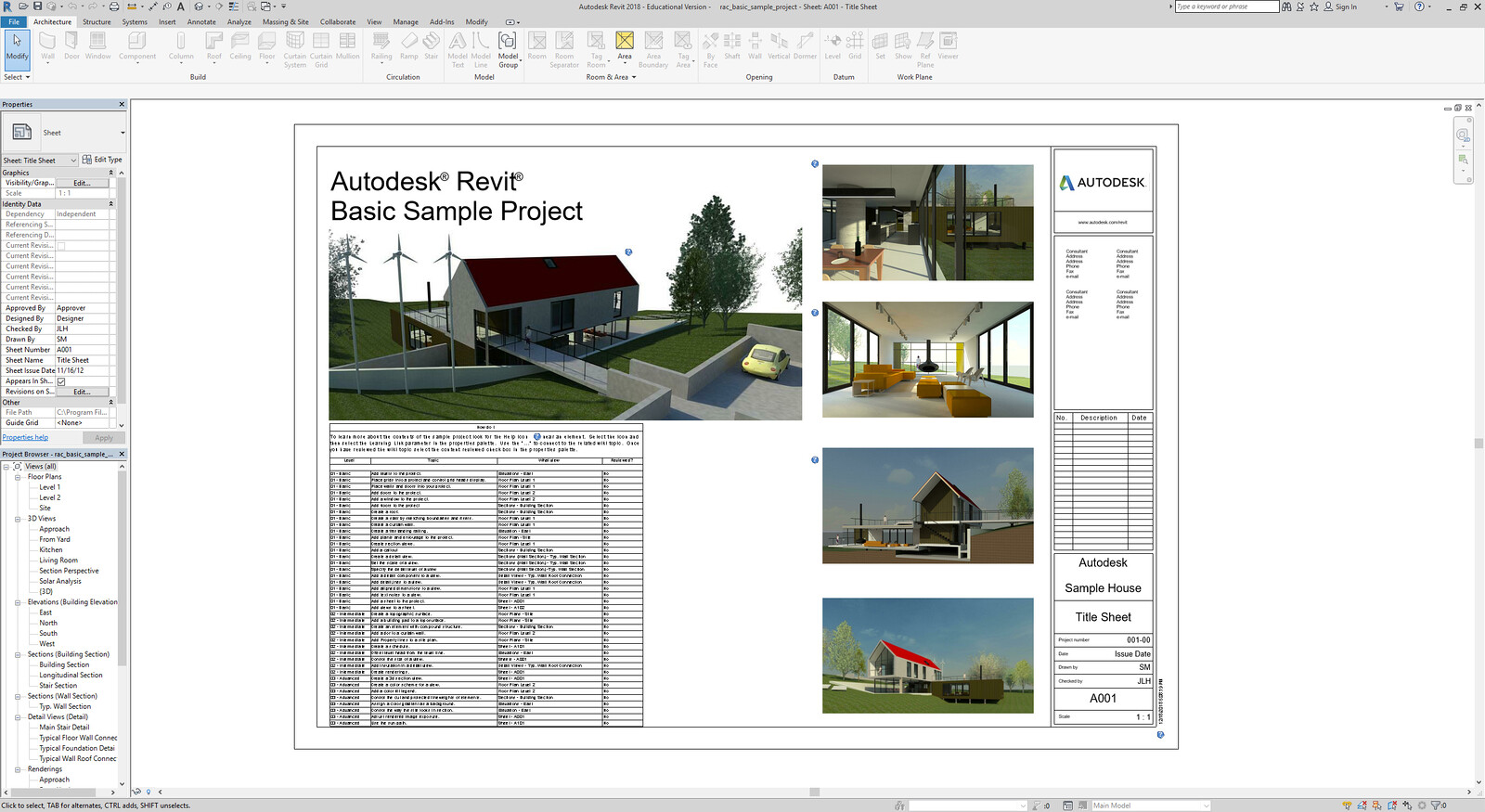

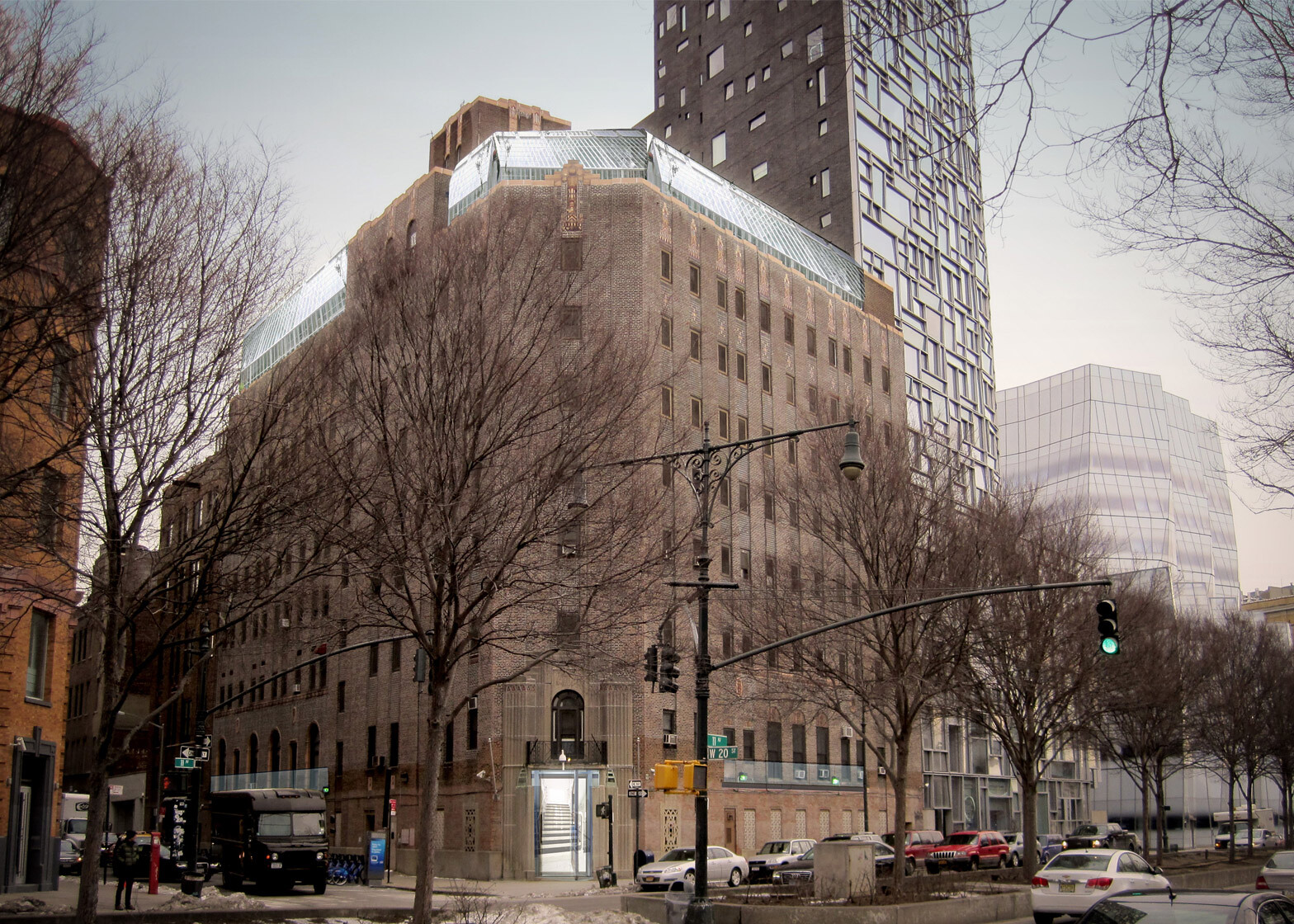

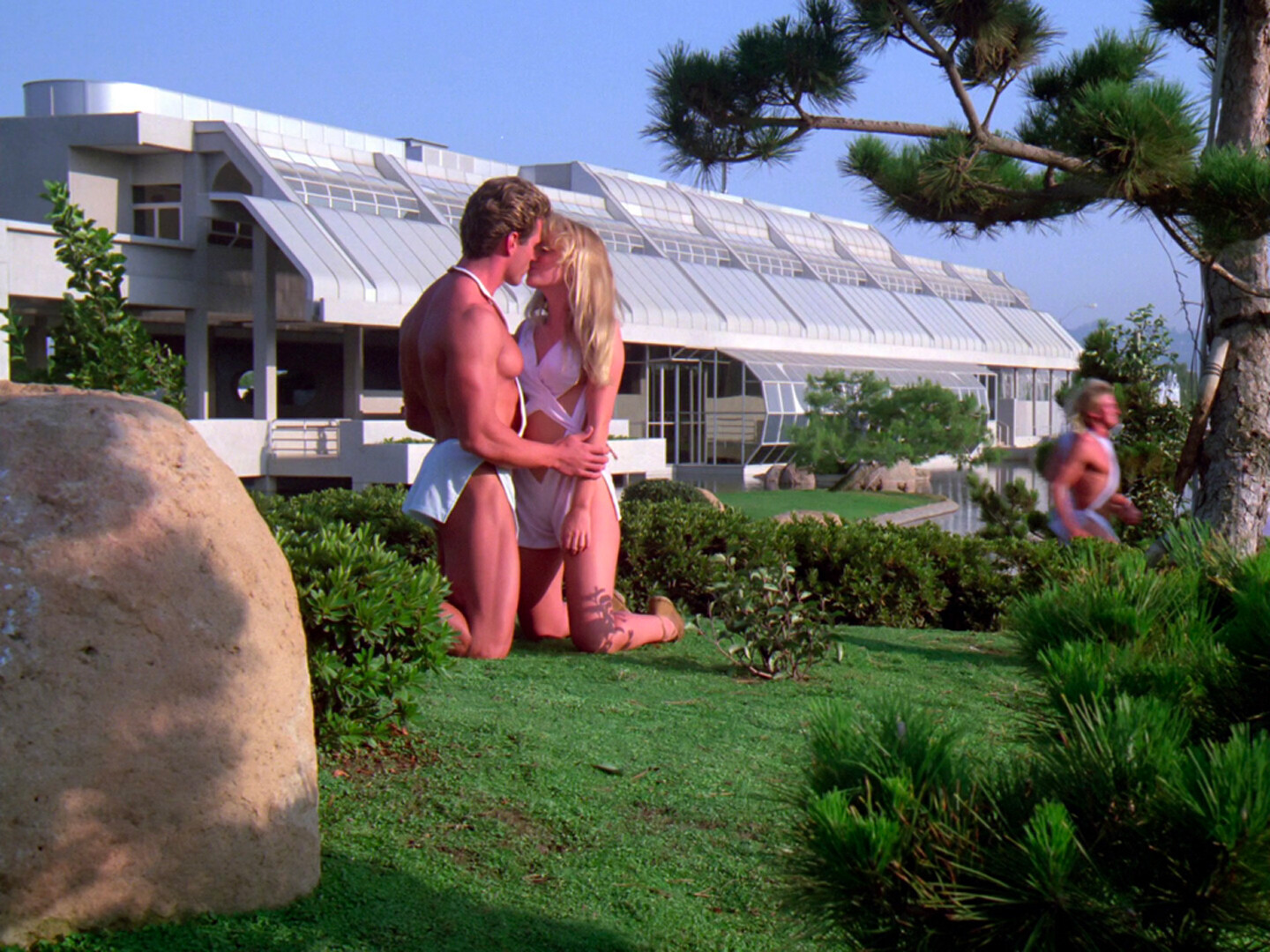
,-2003,-srgb.jpg,1600)
